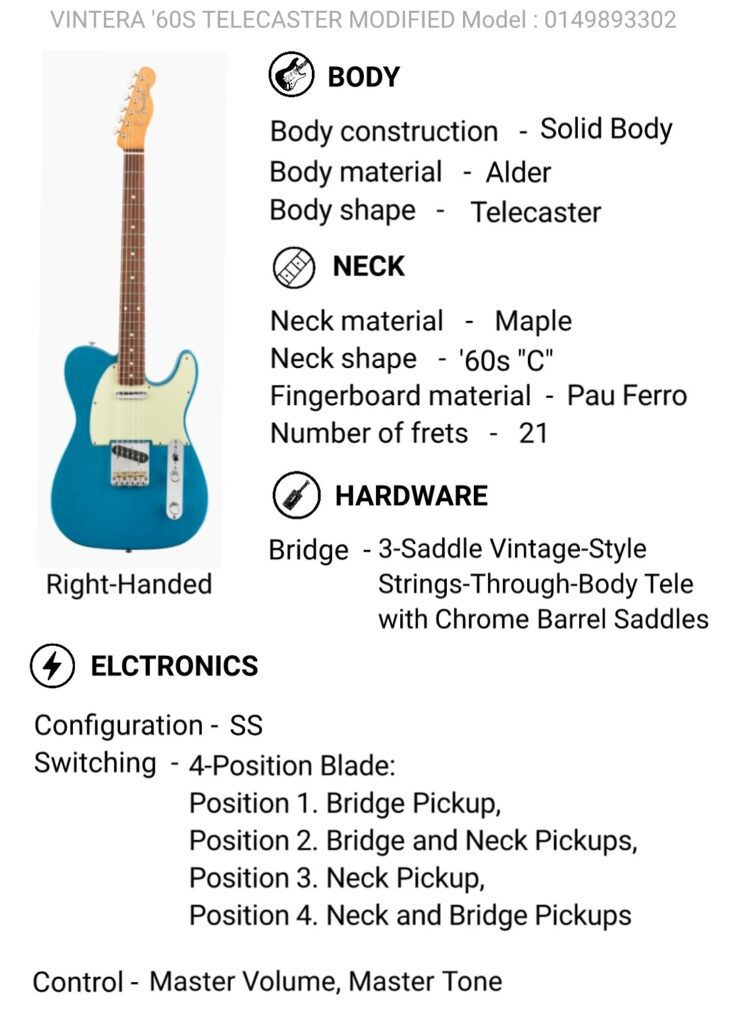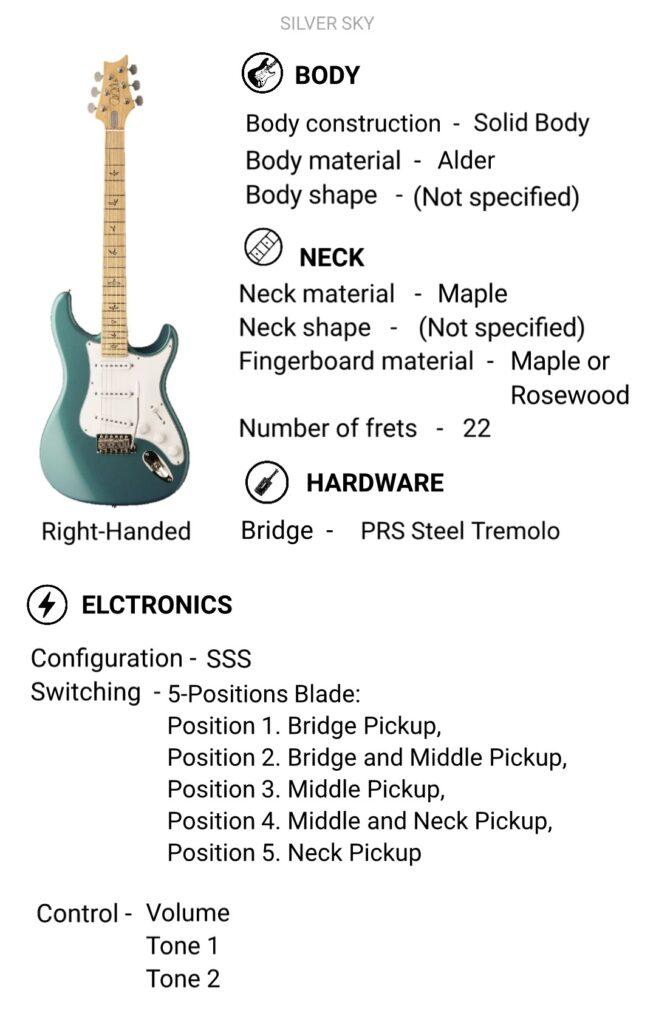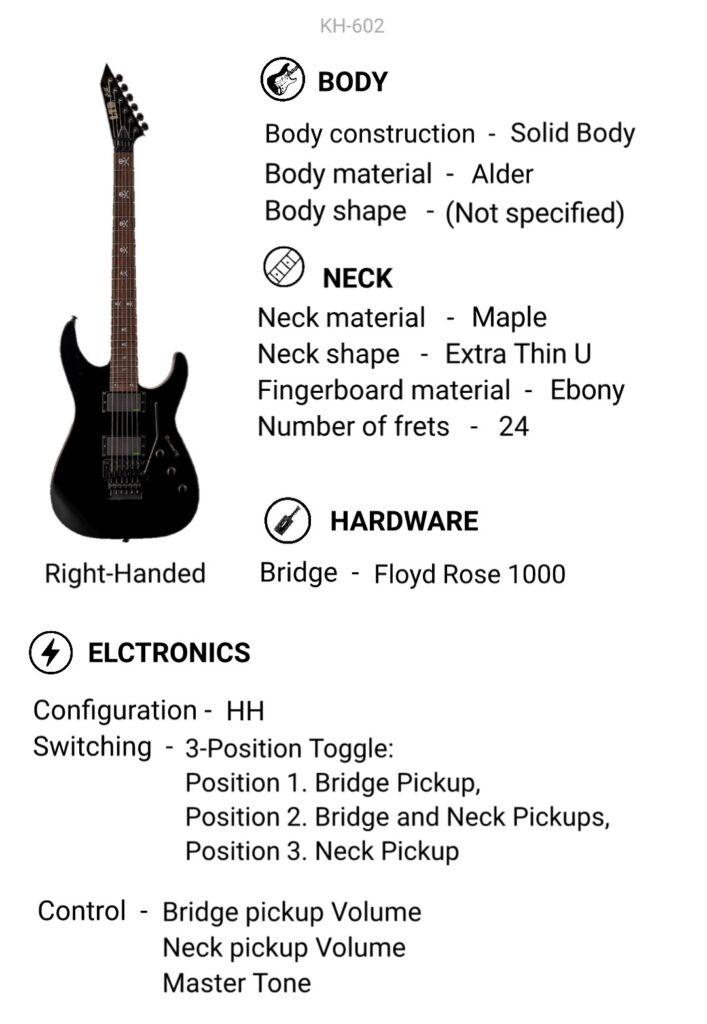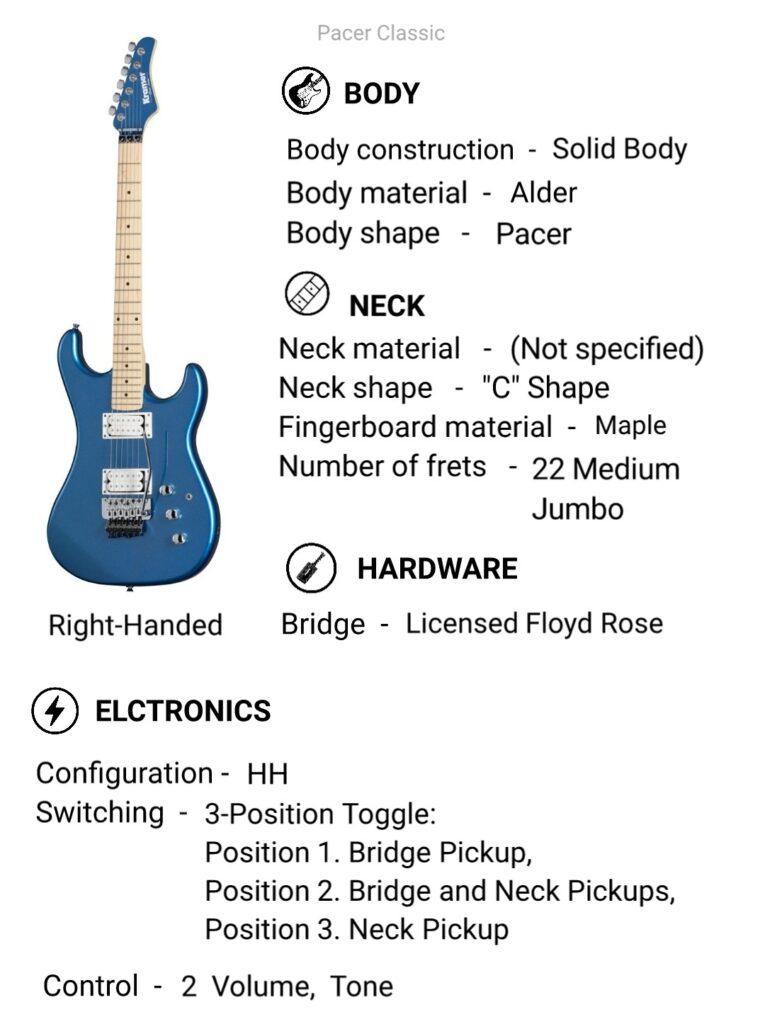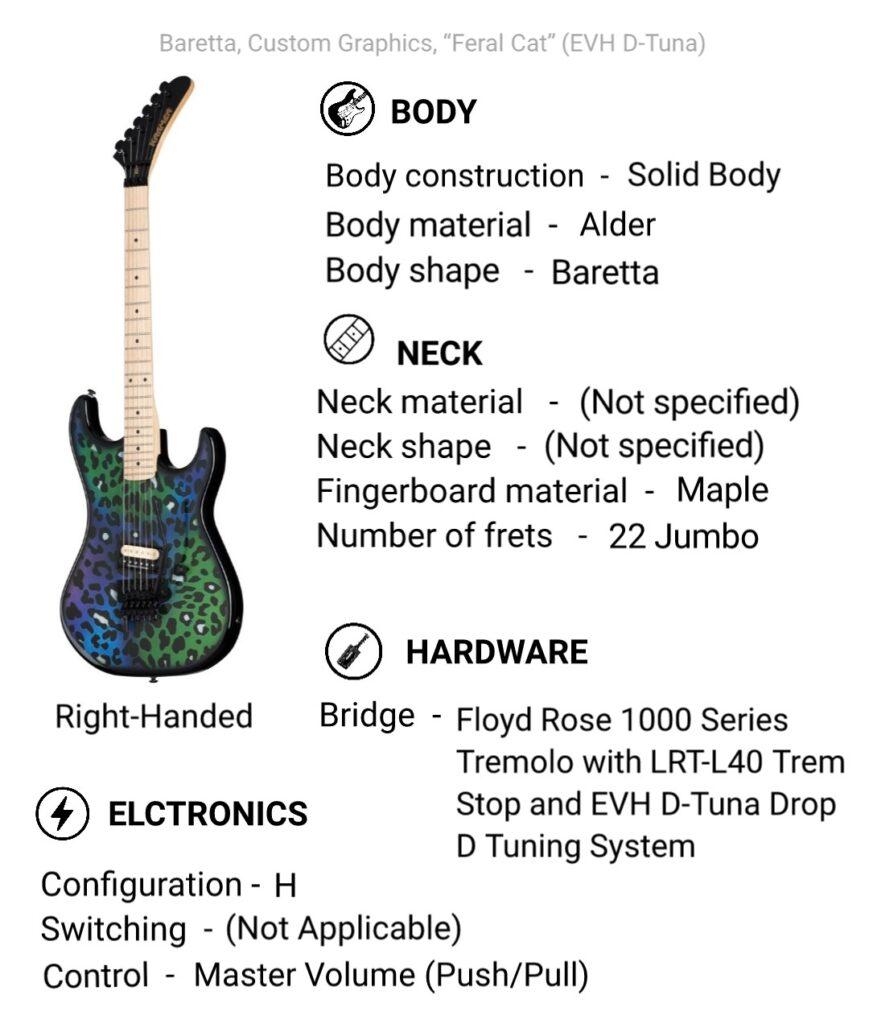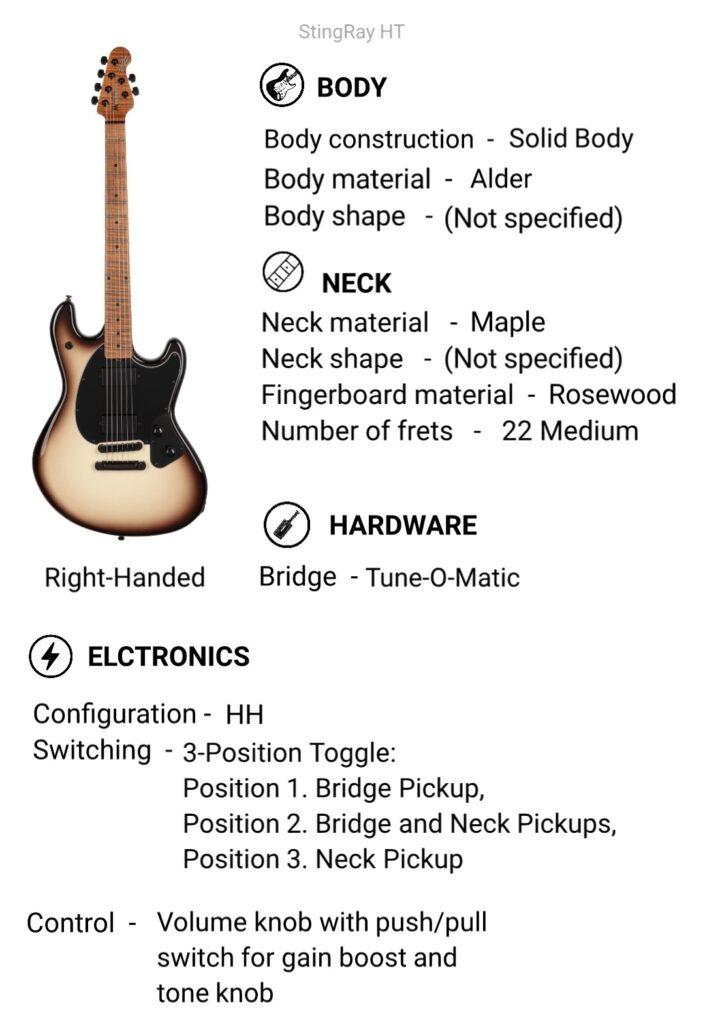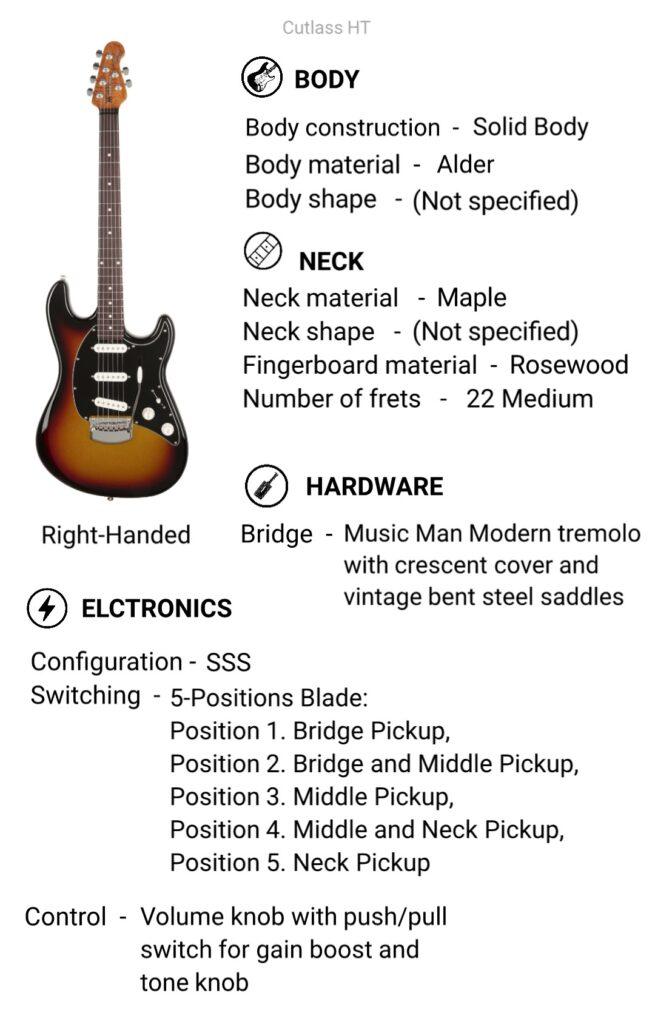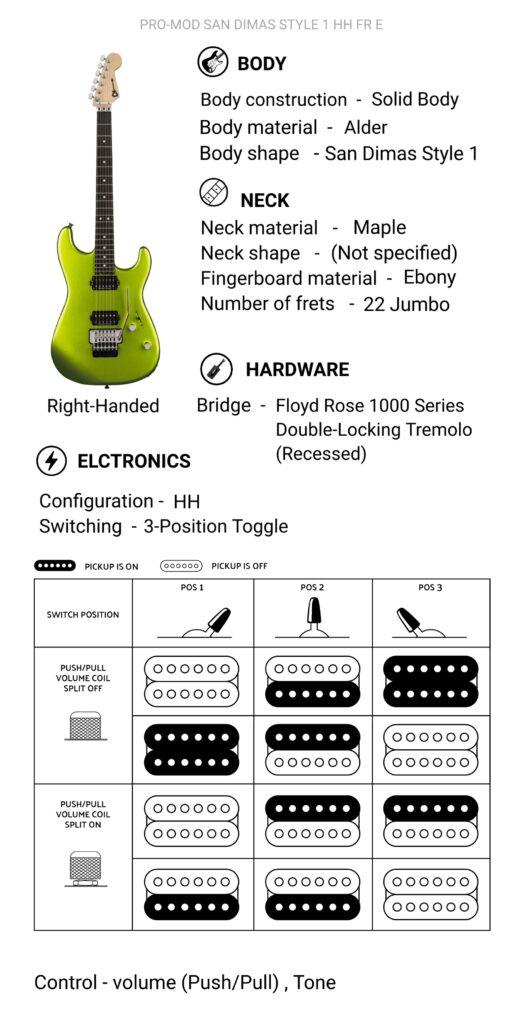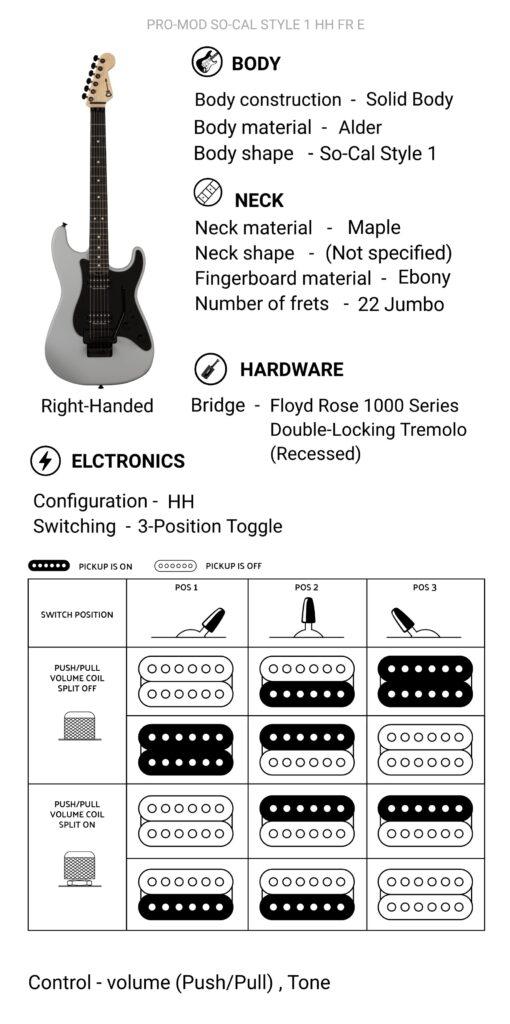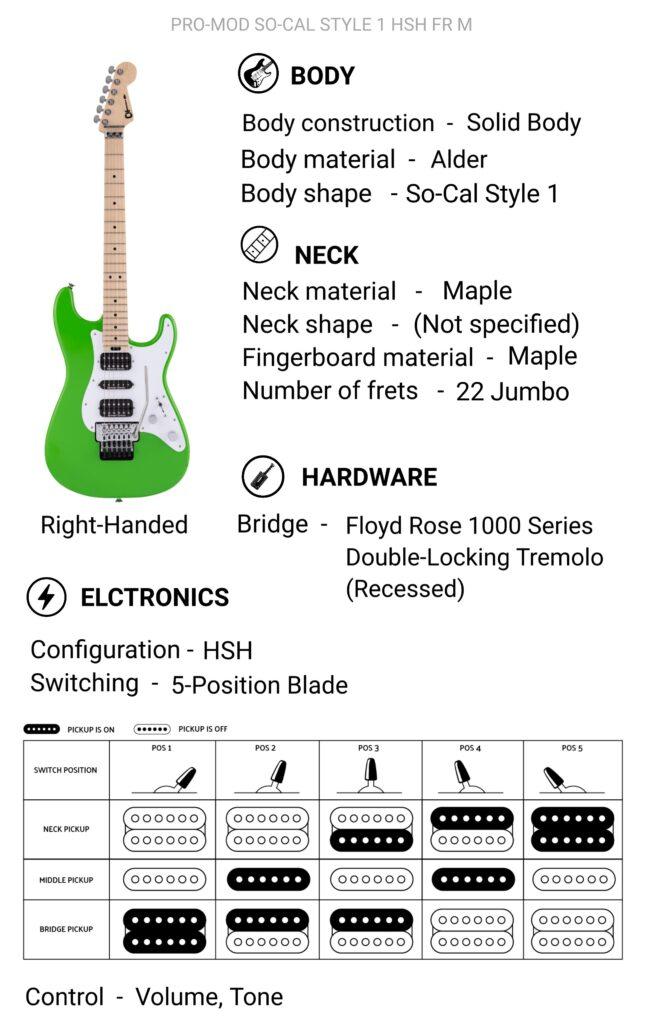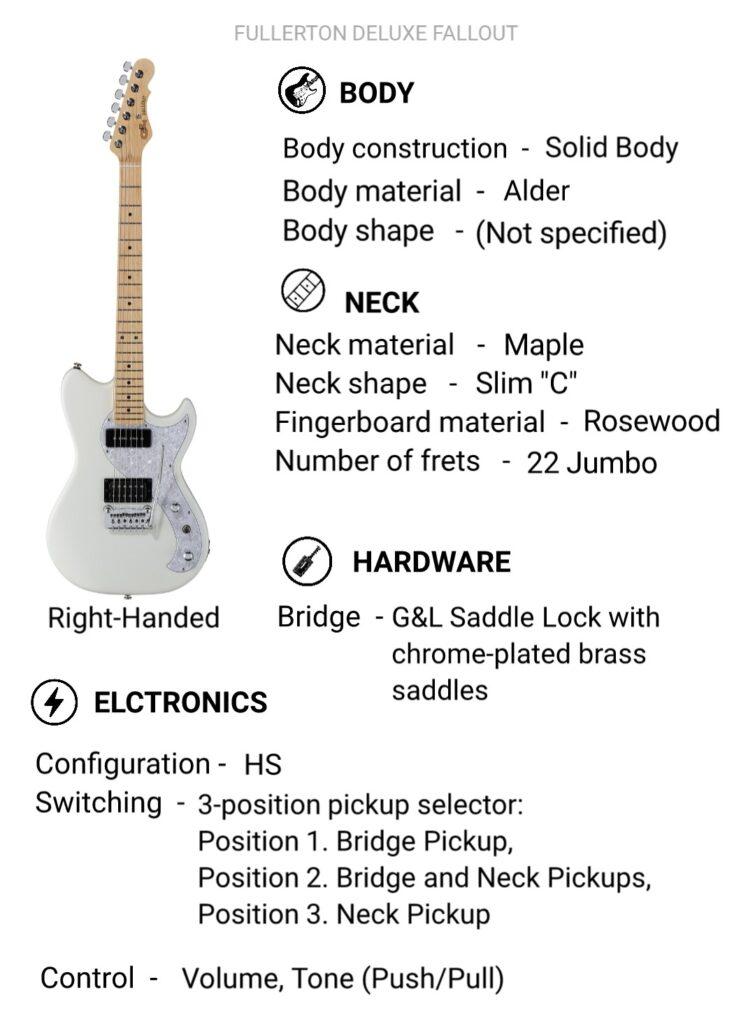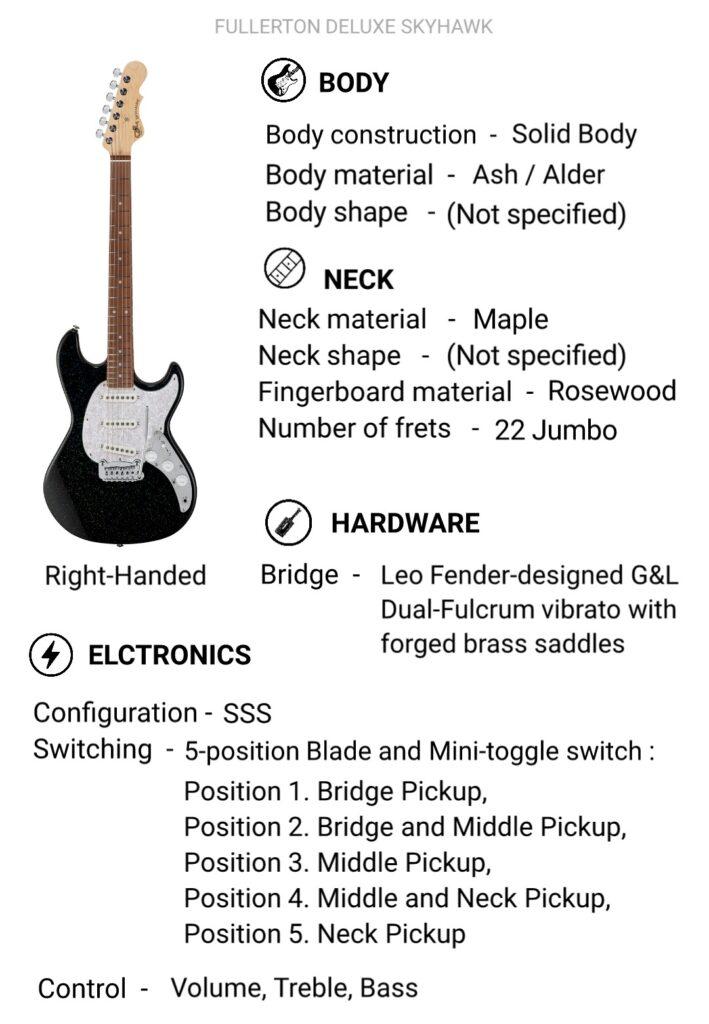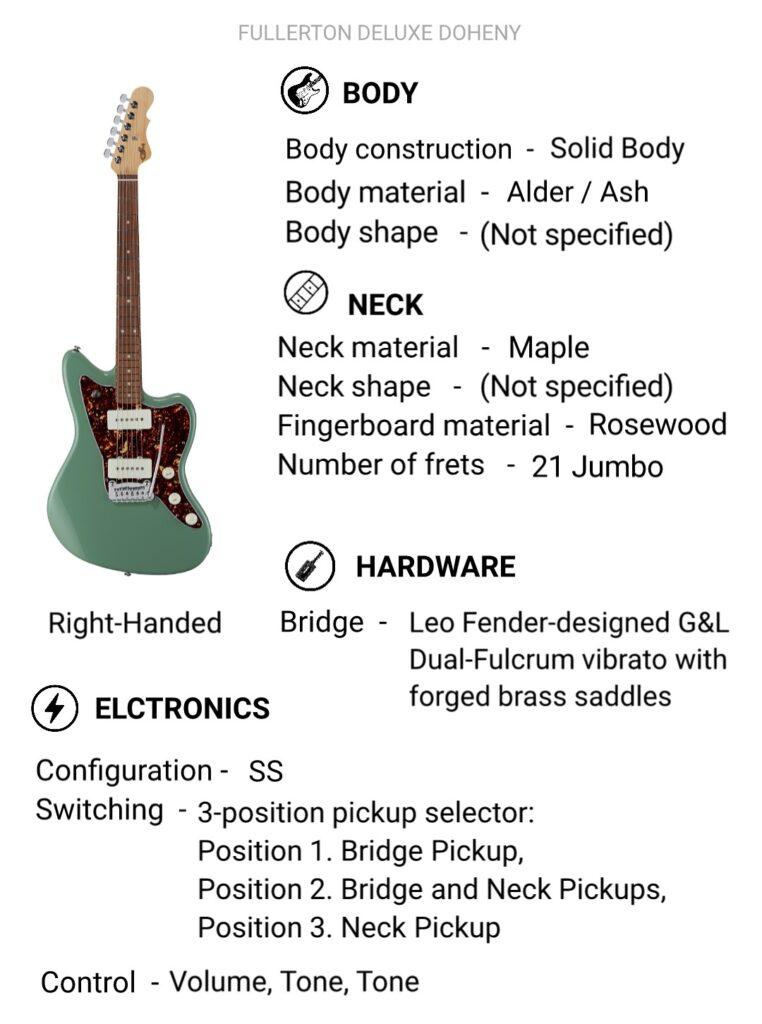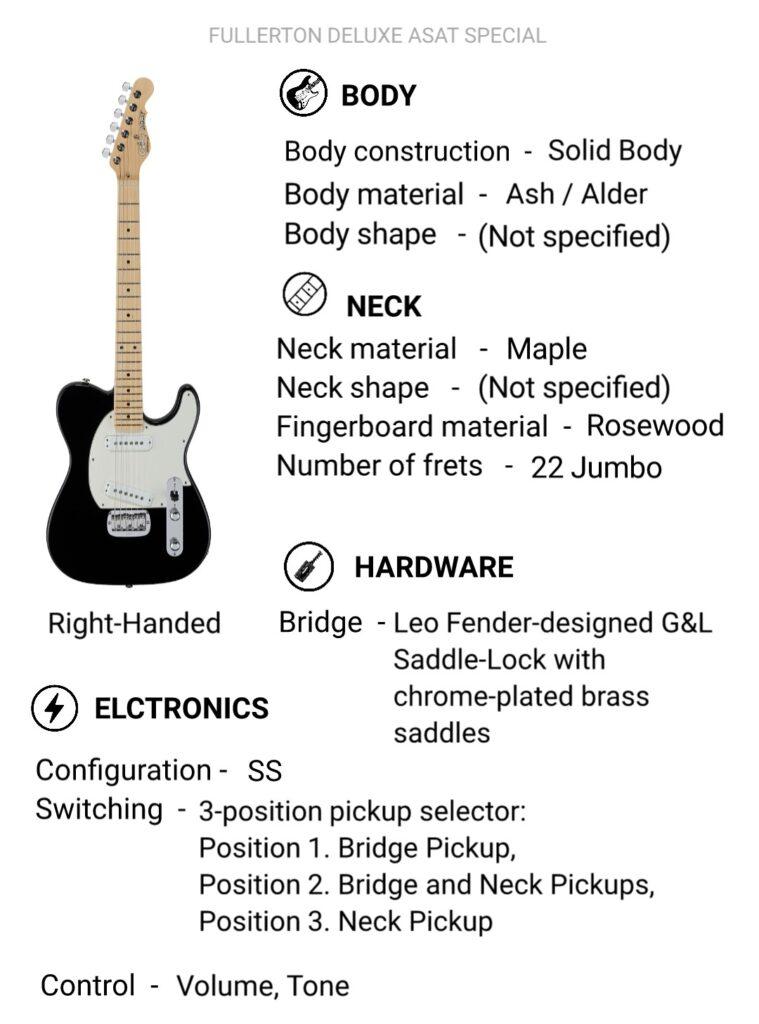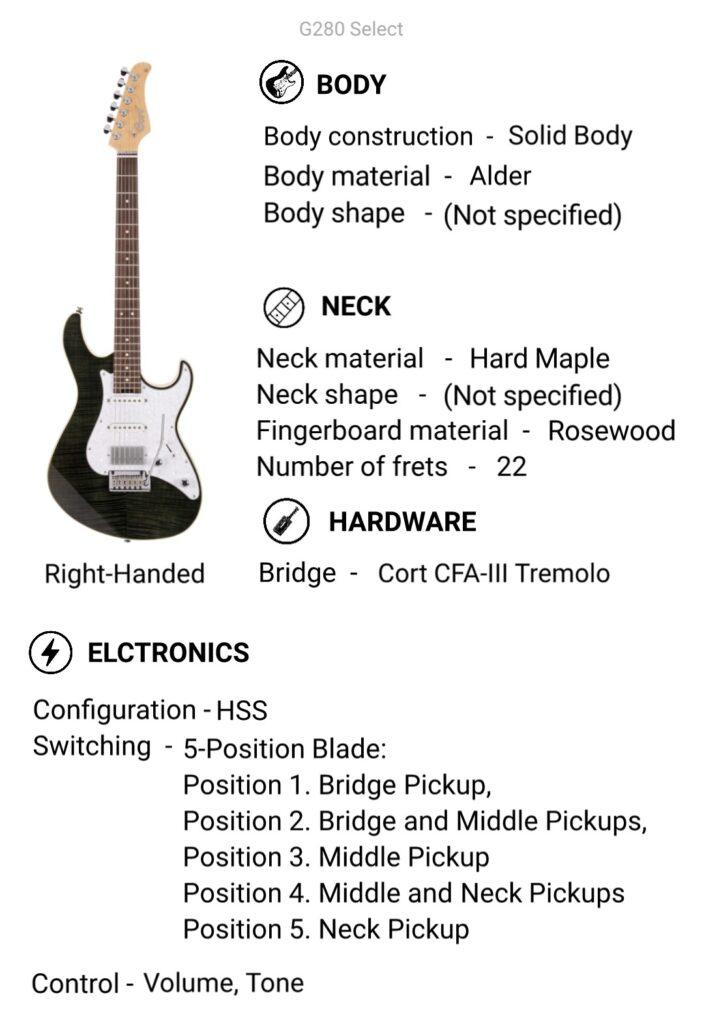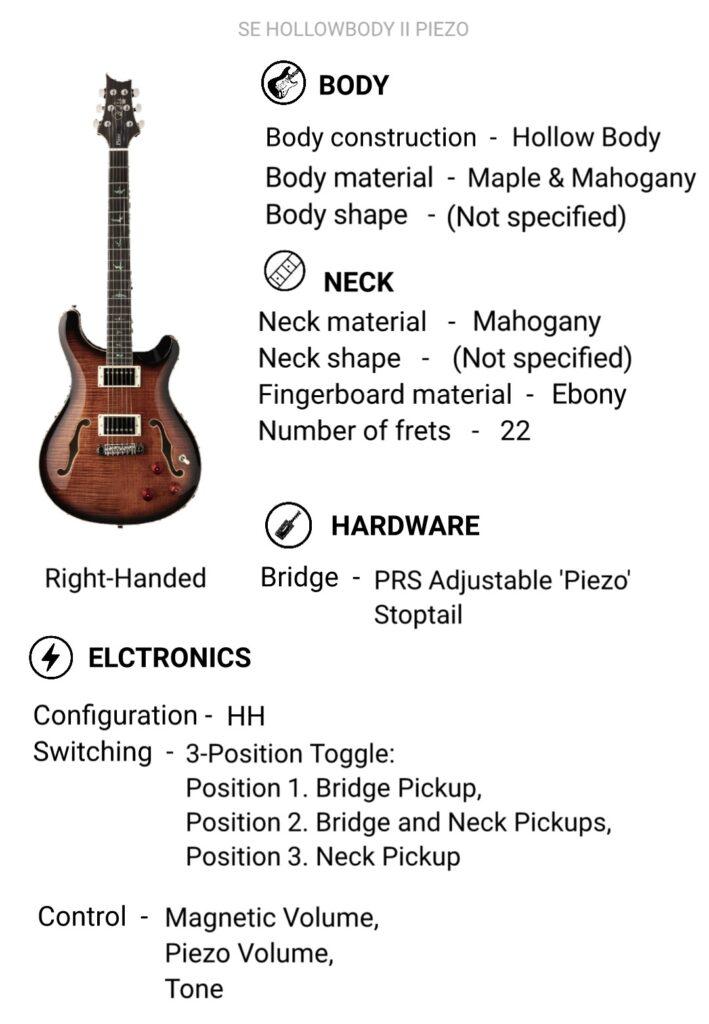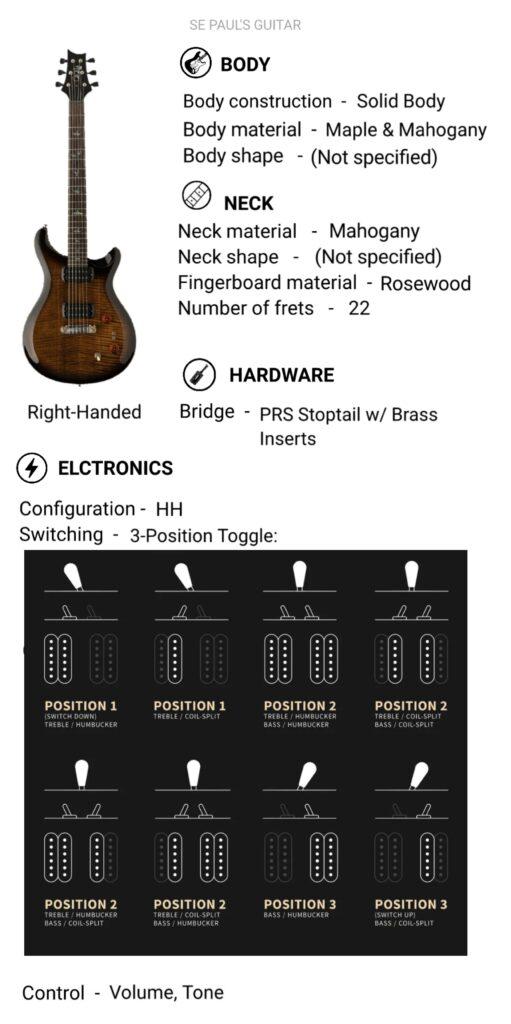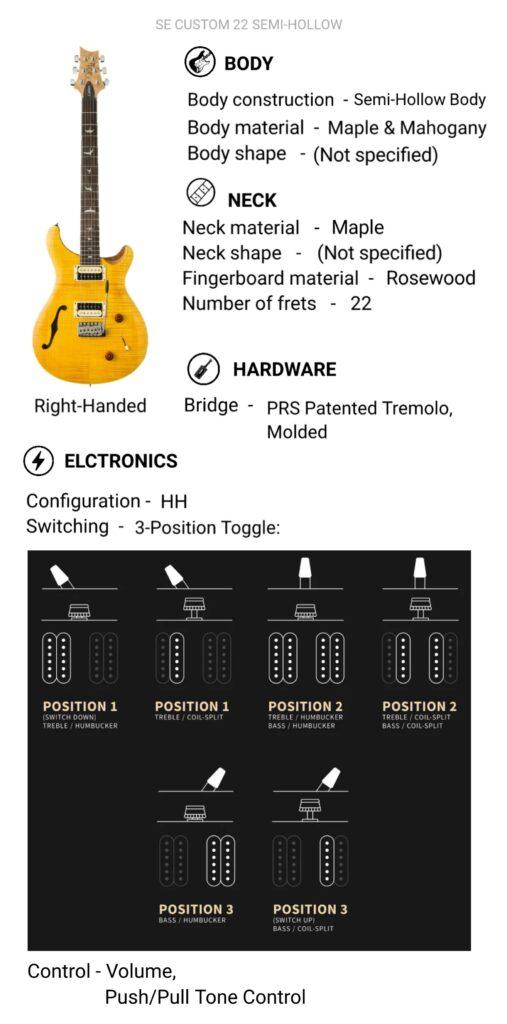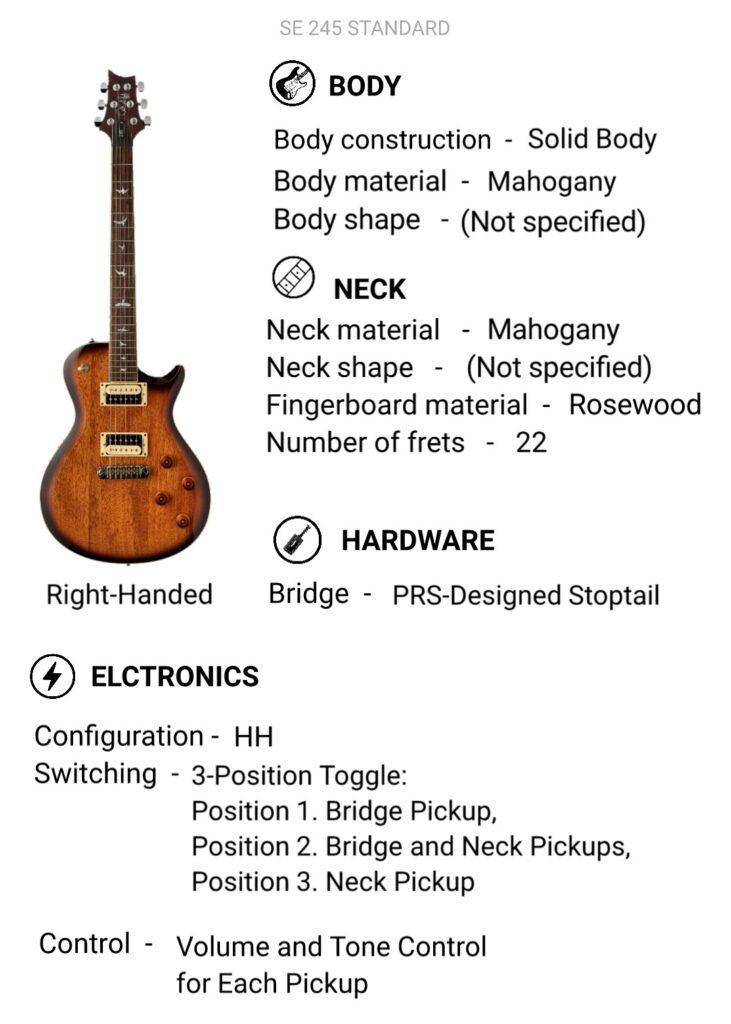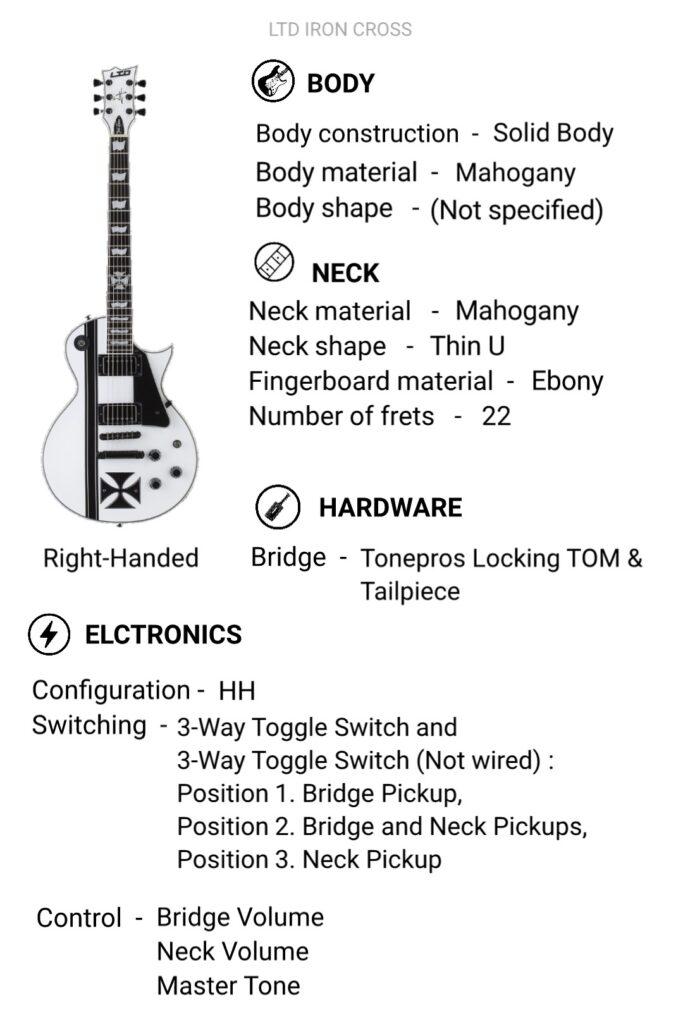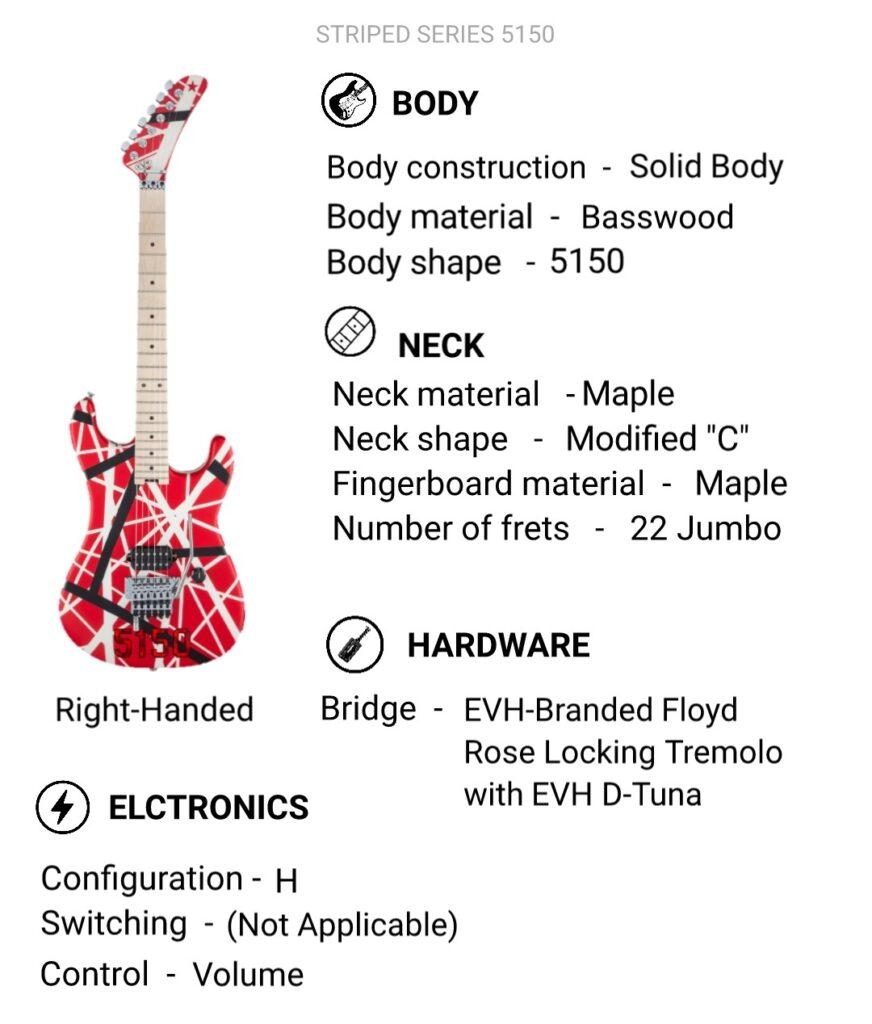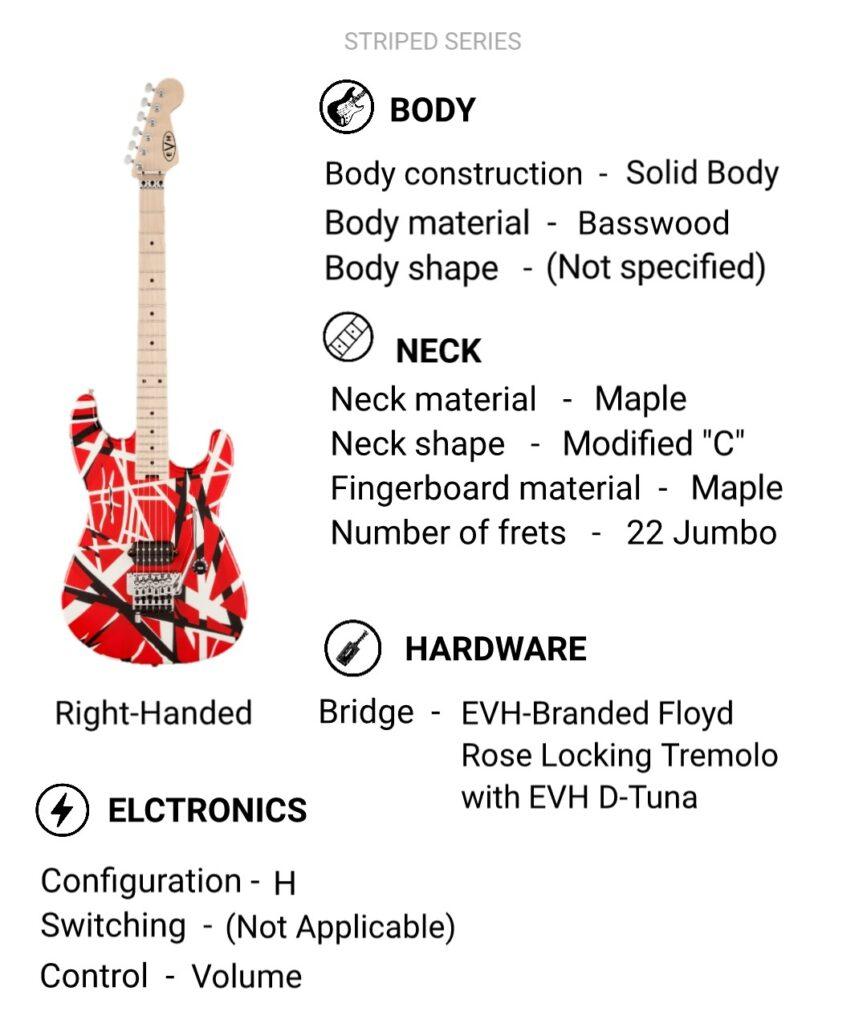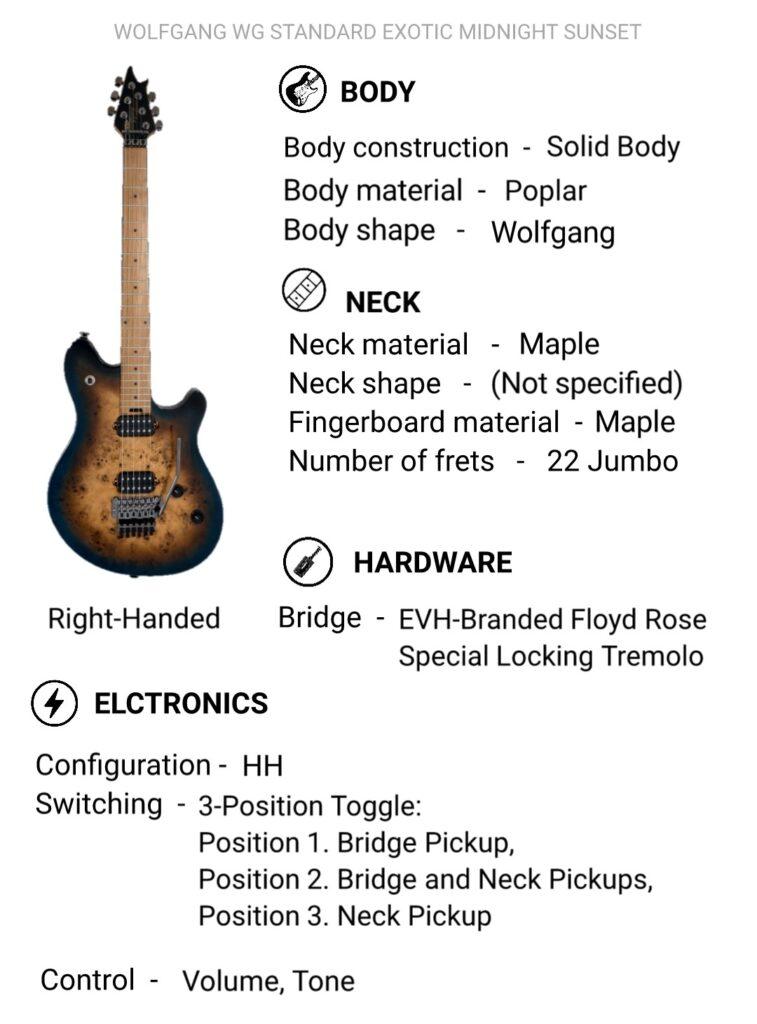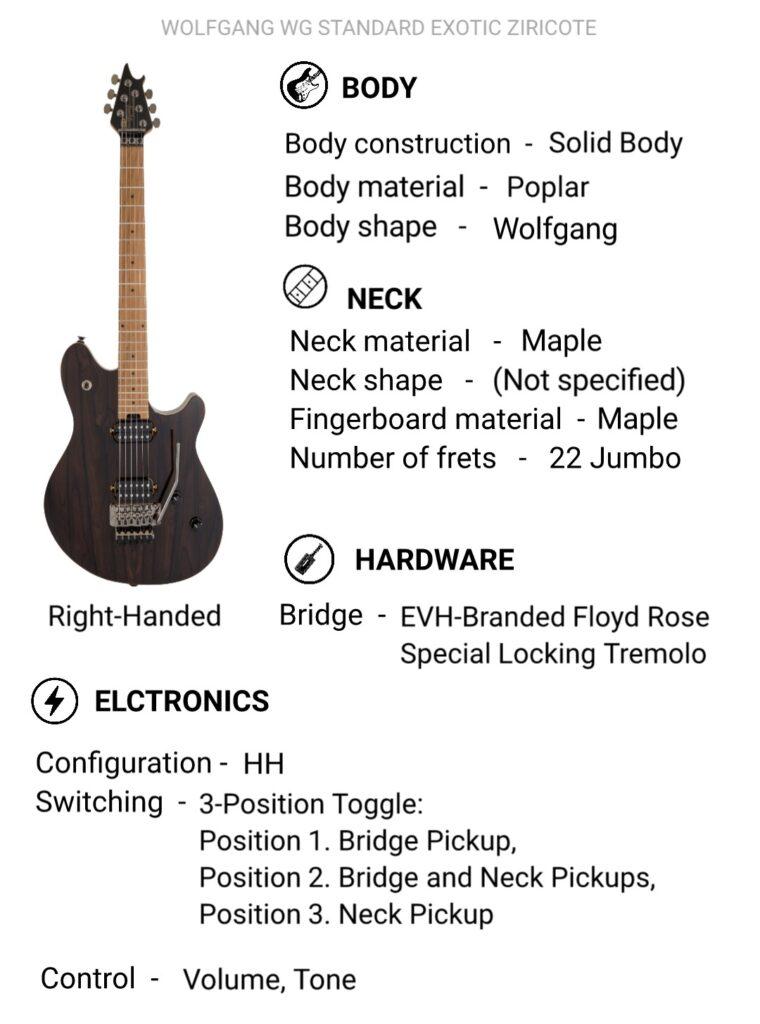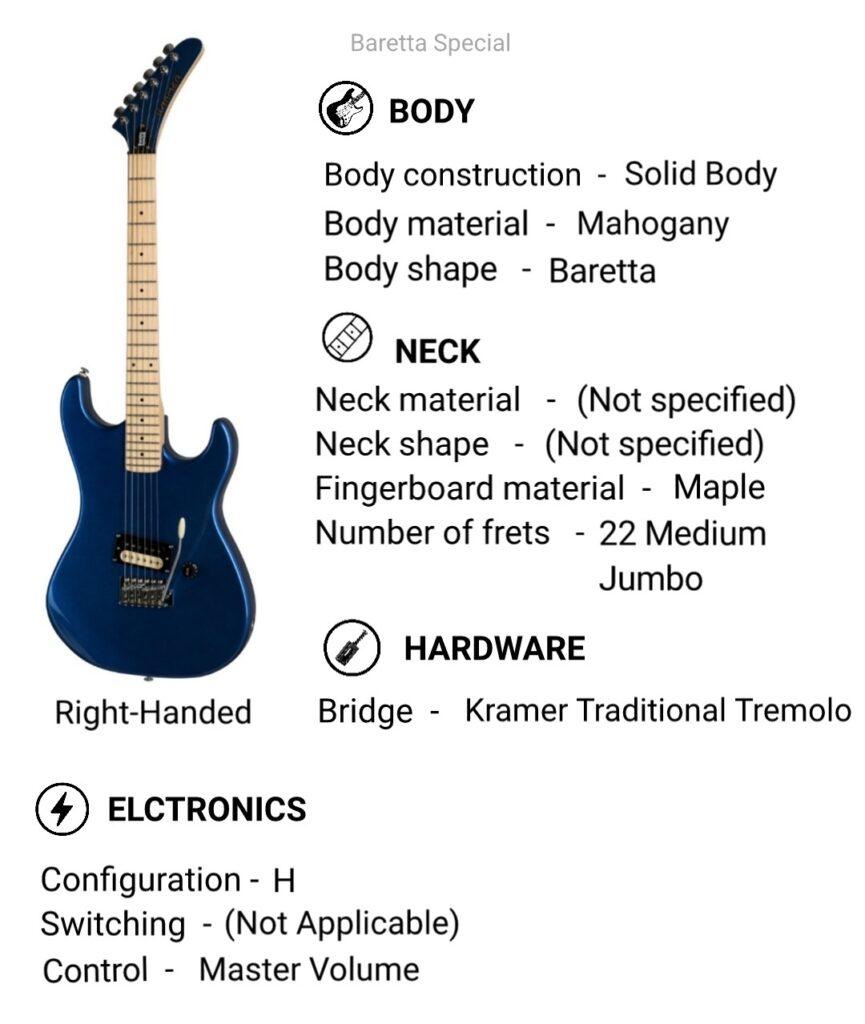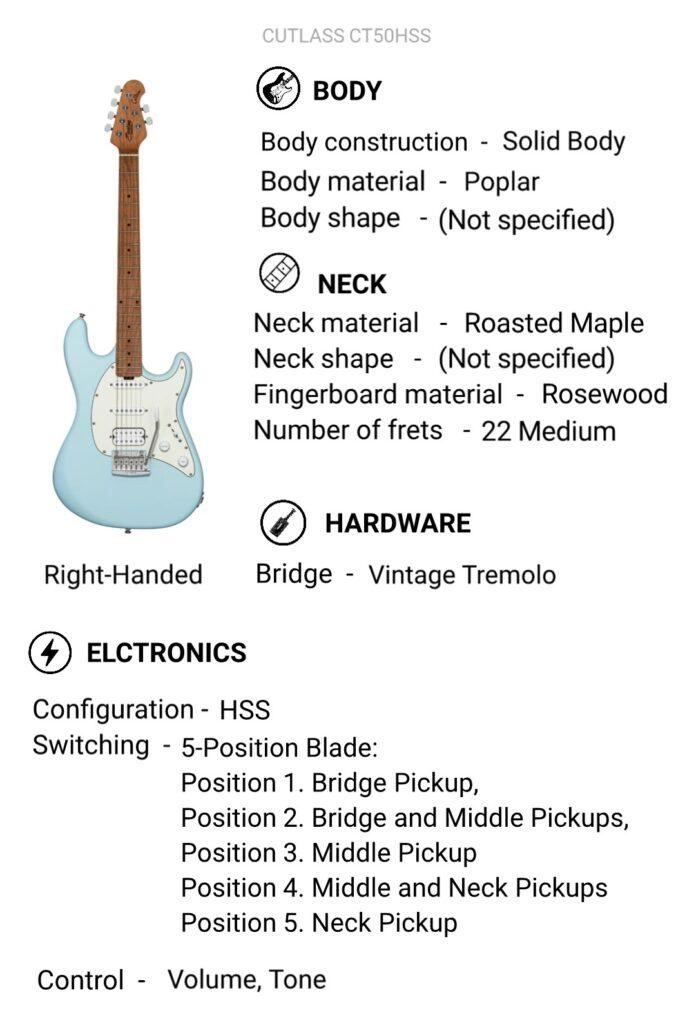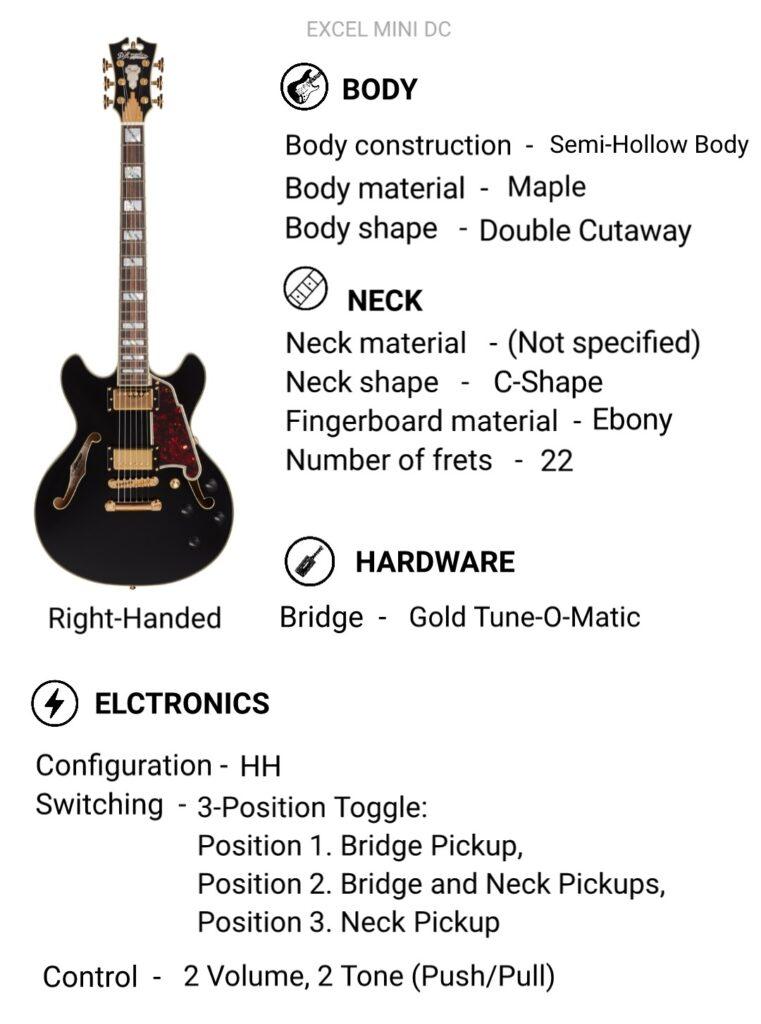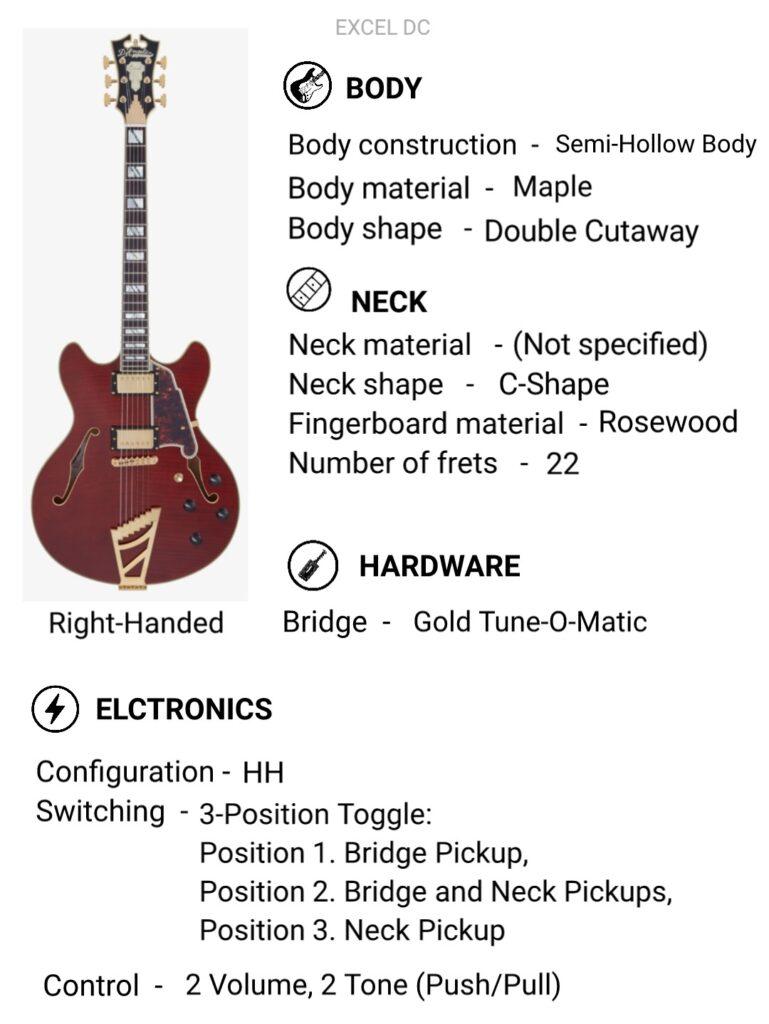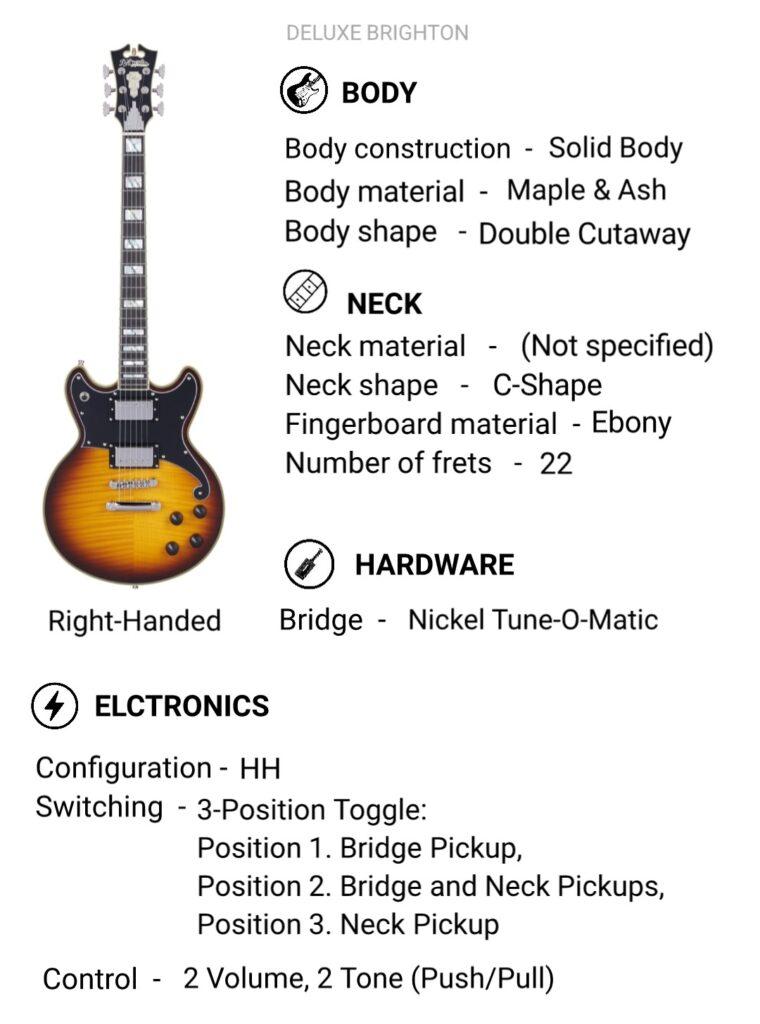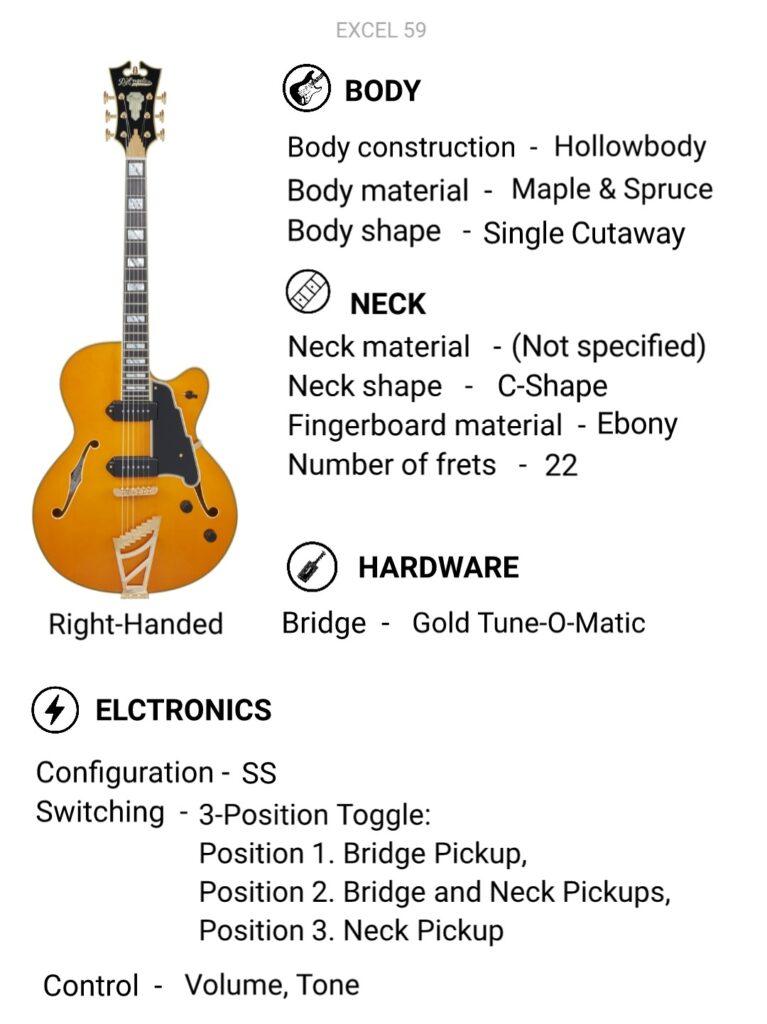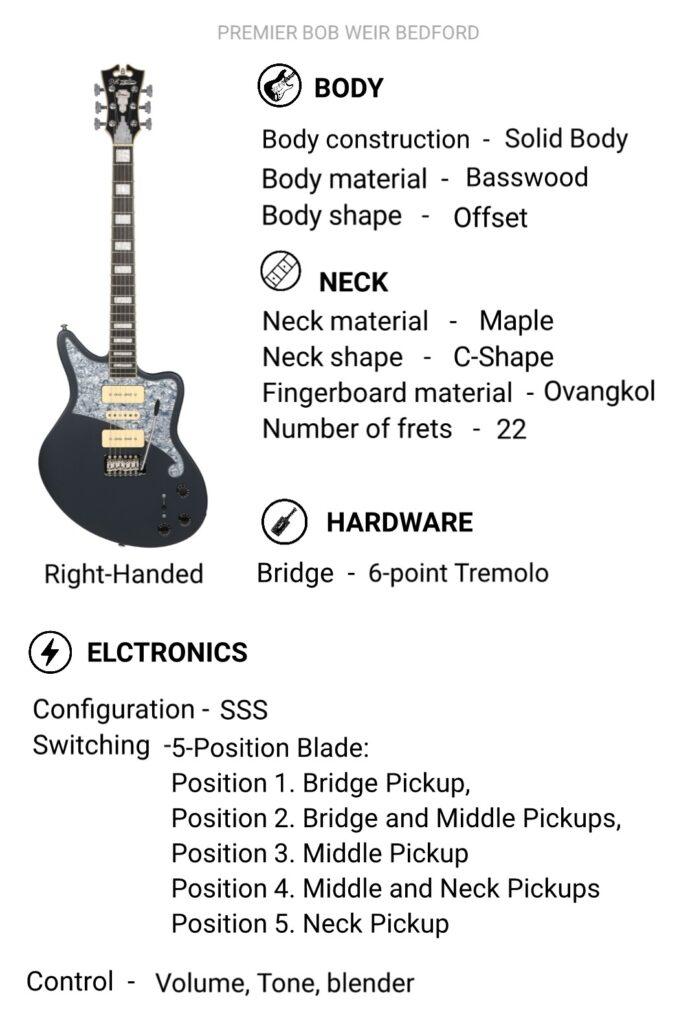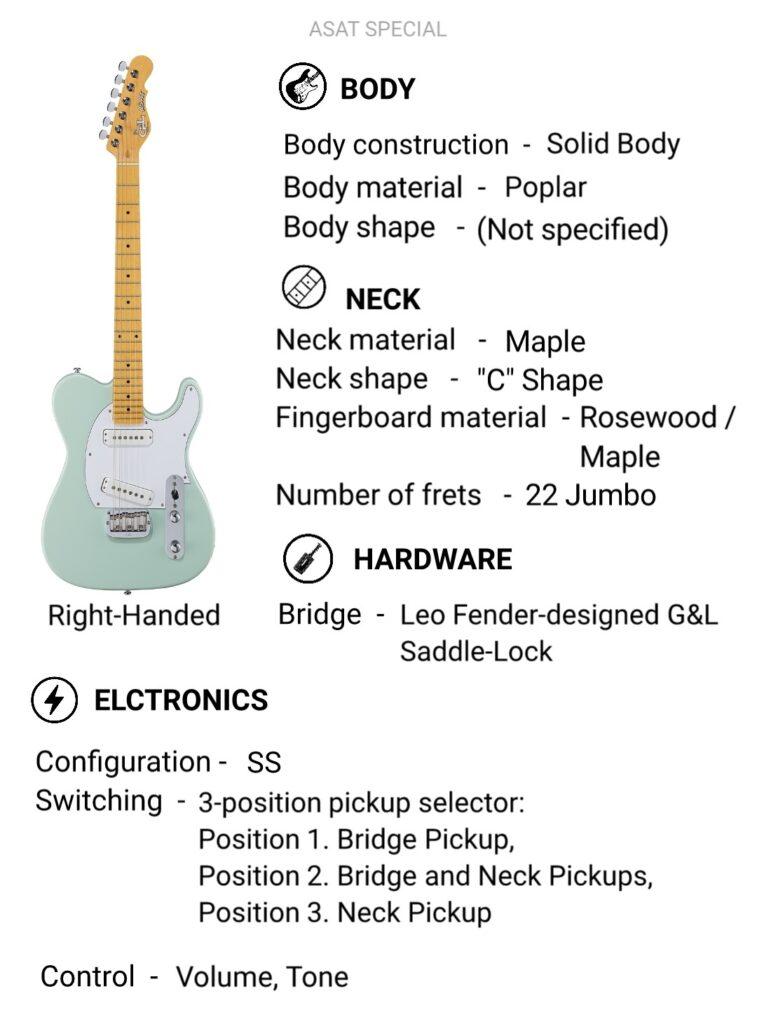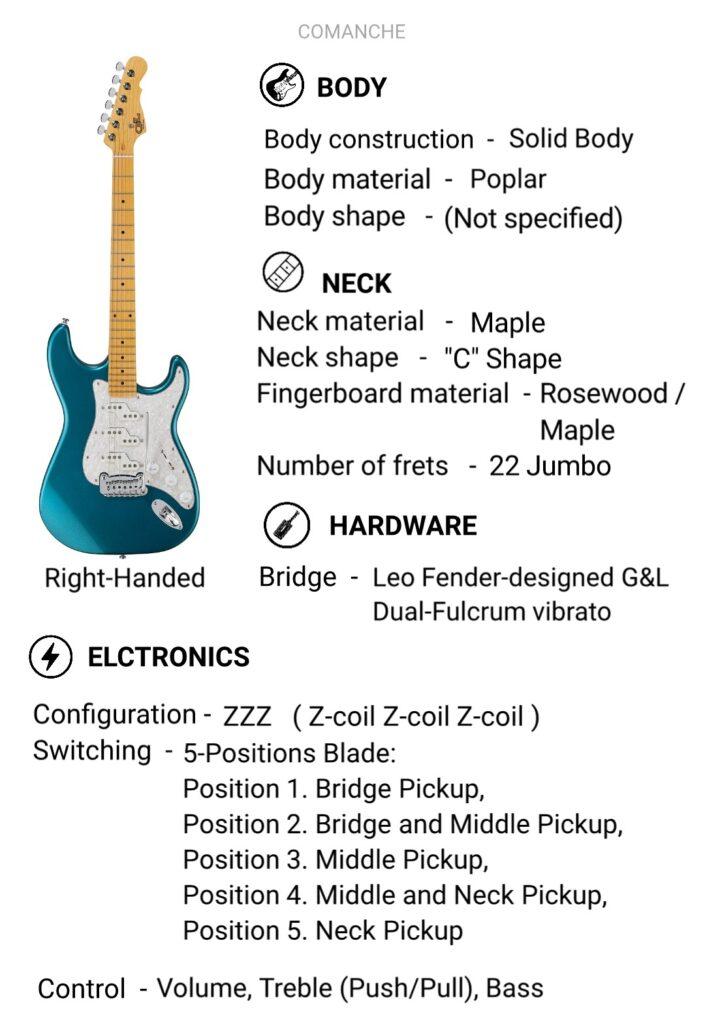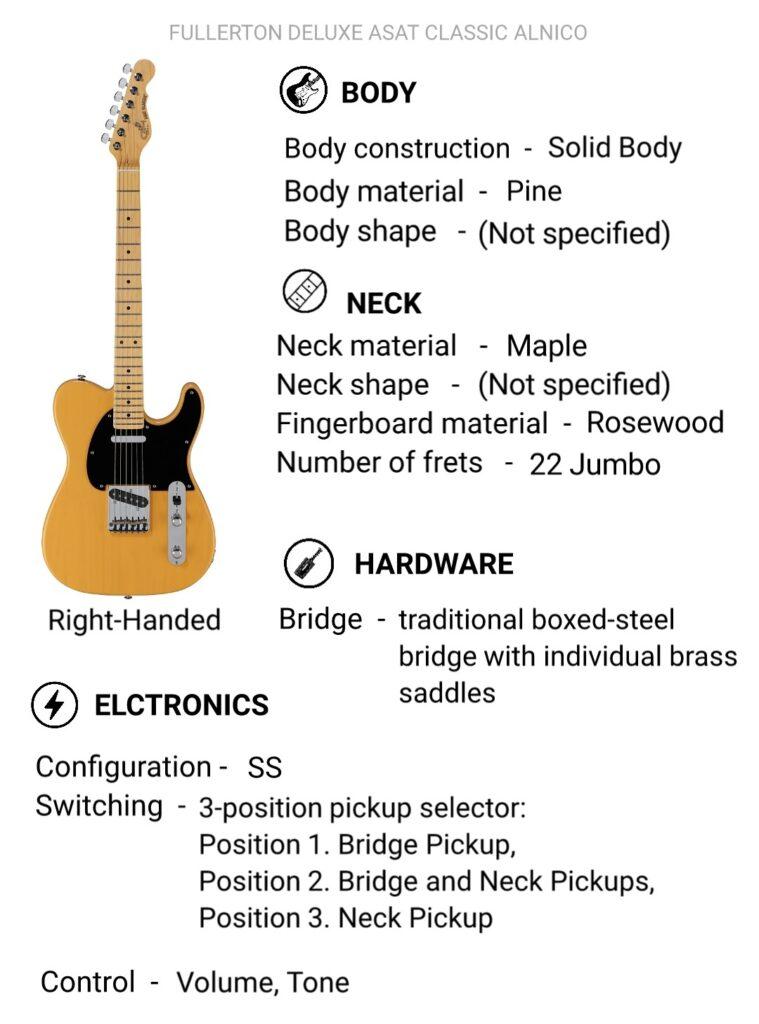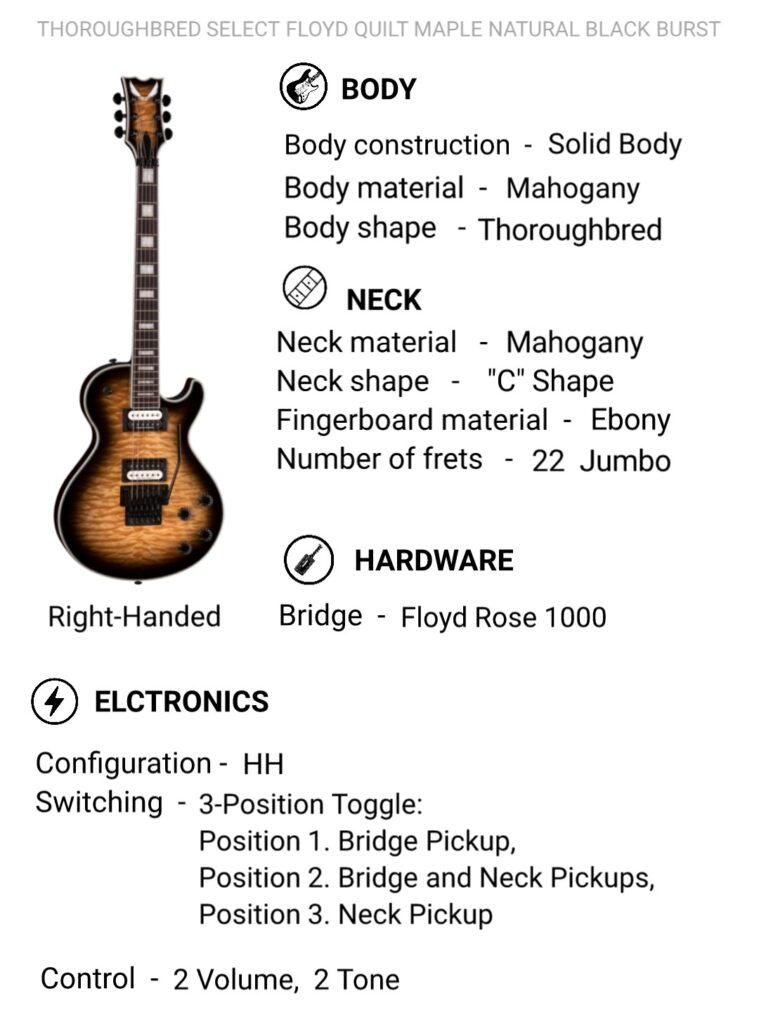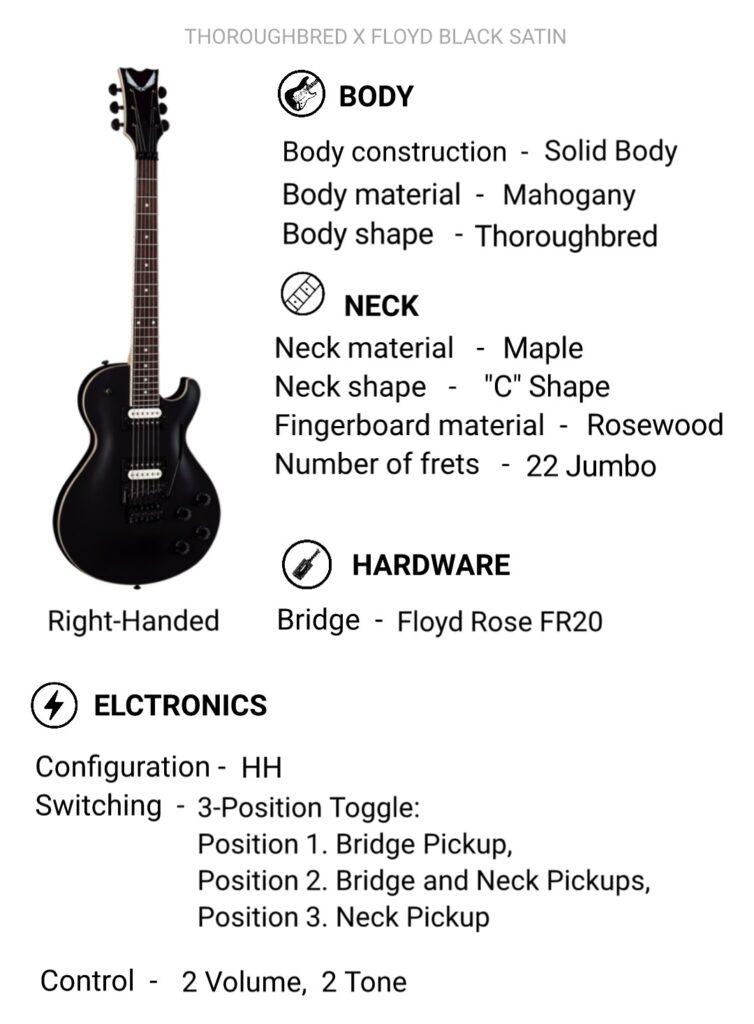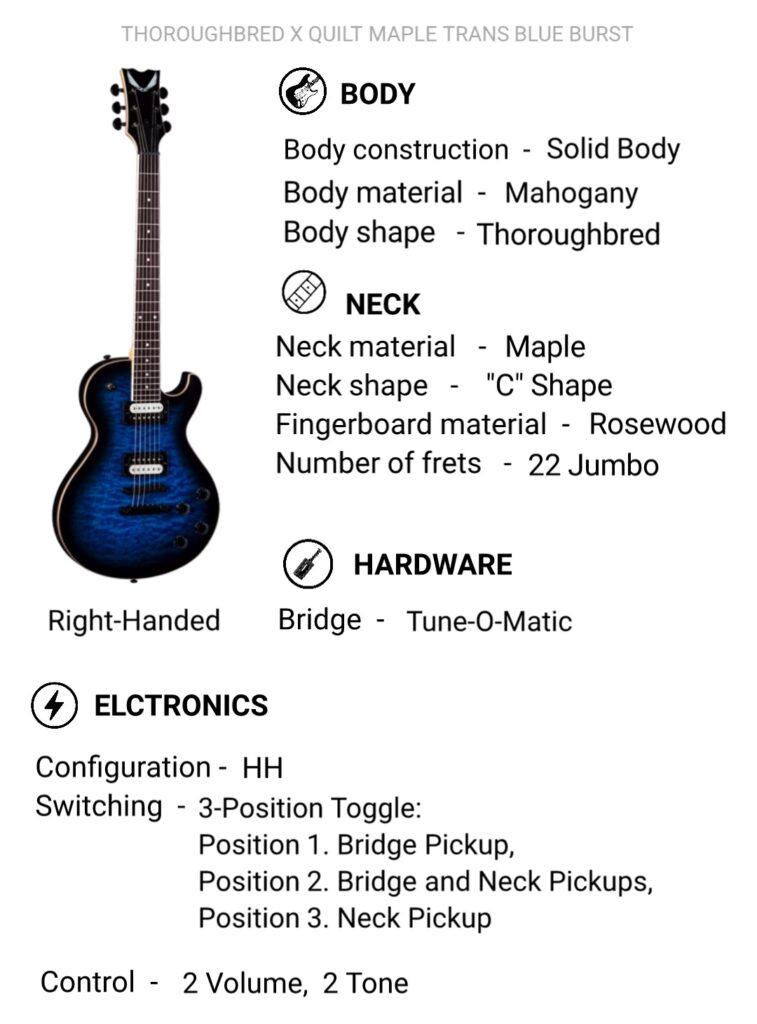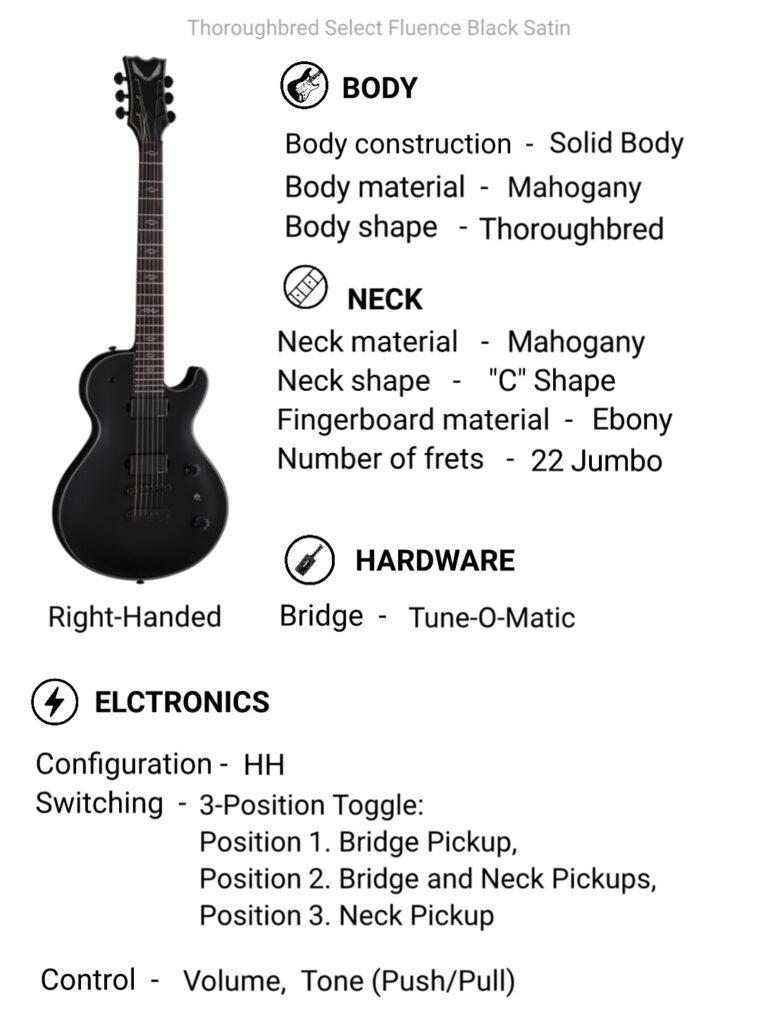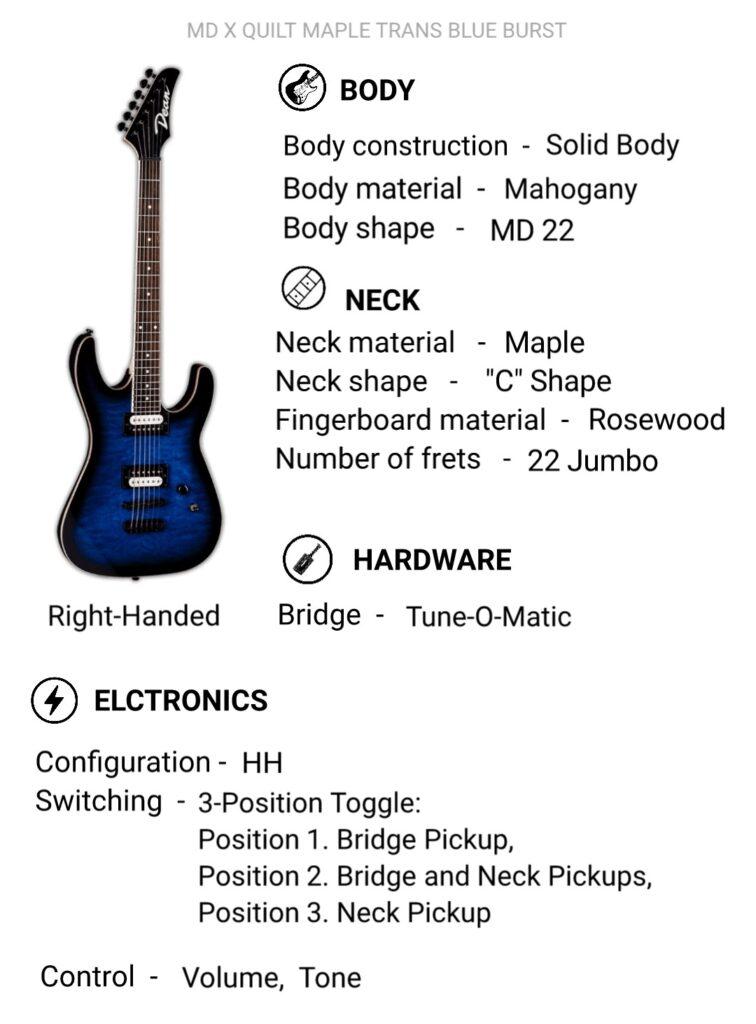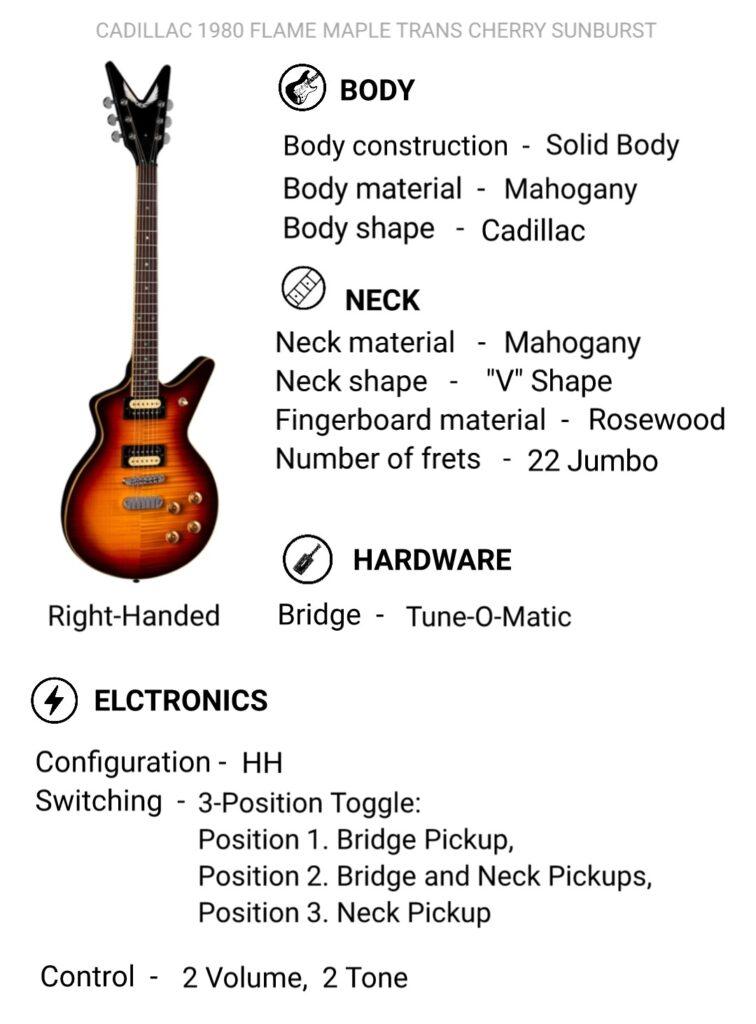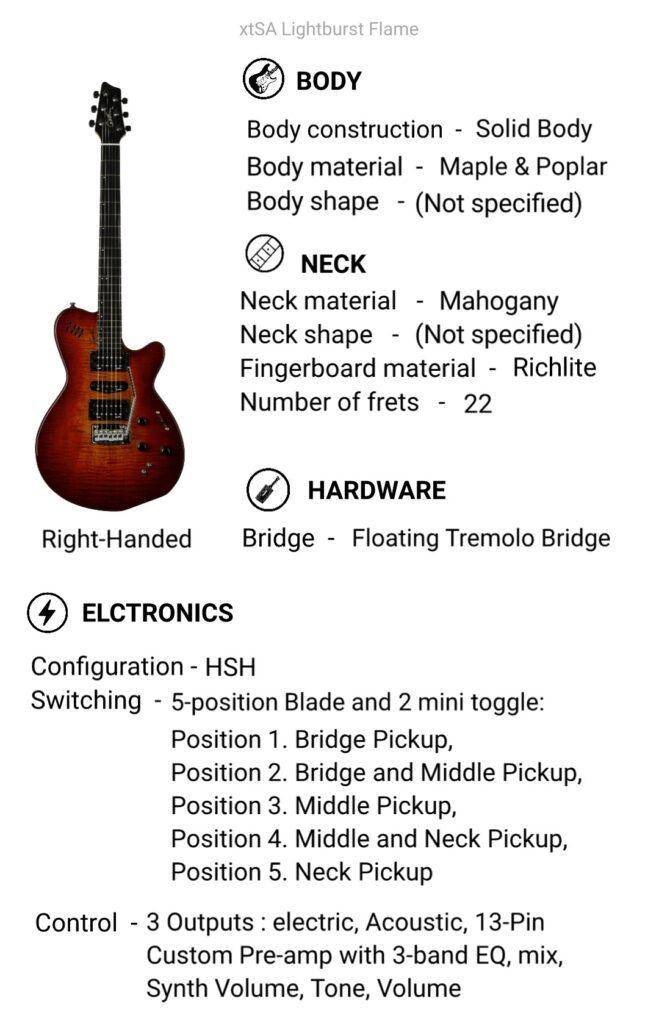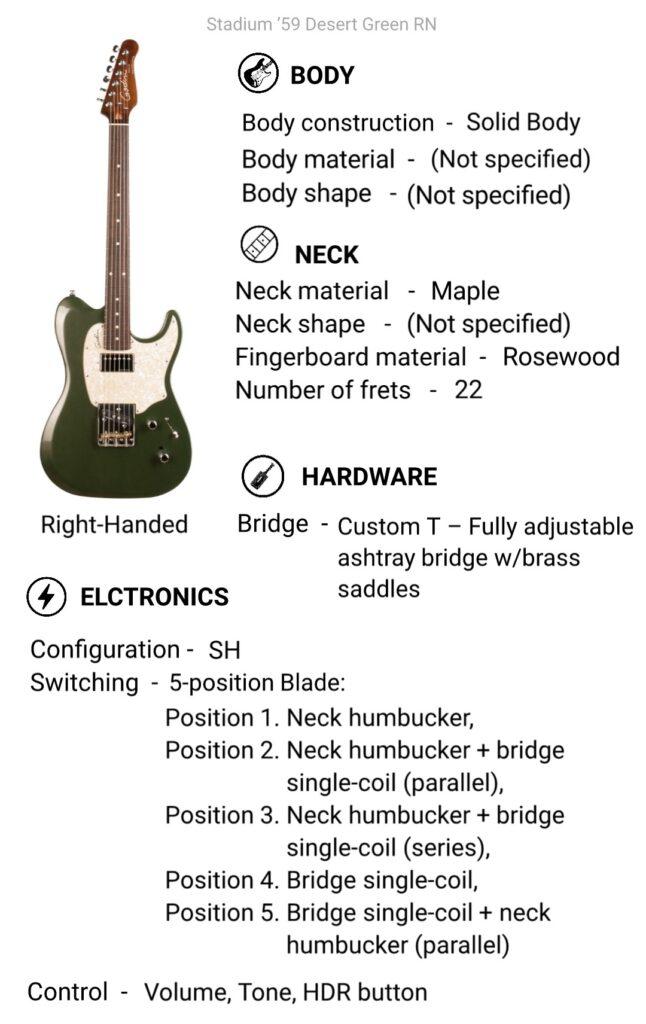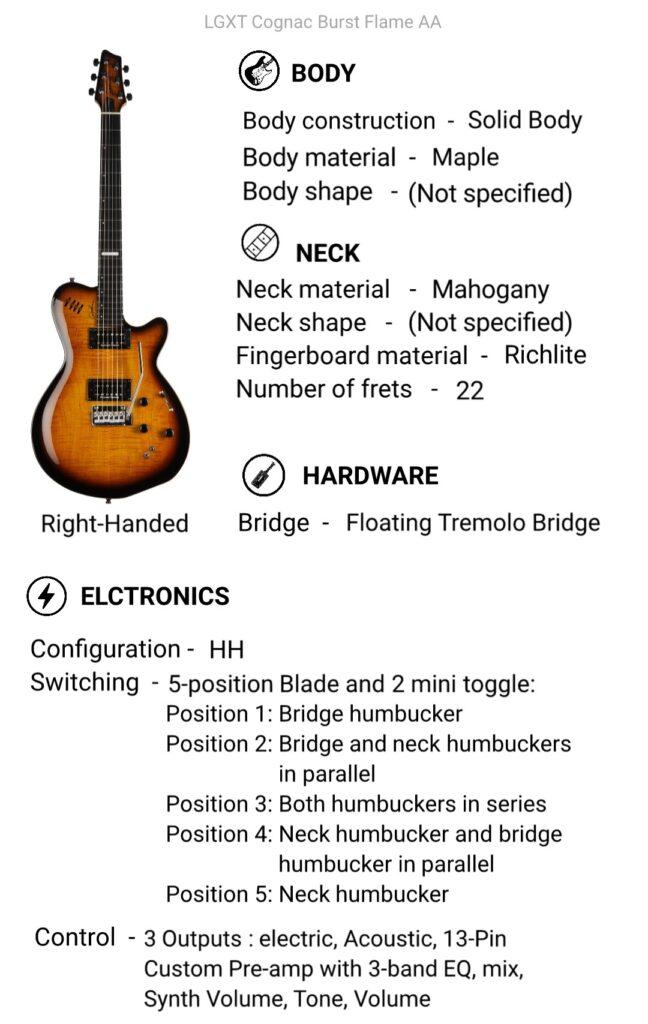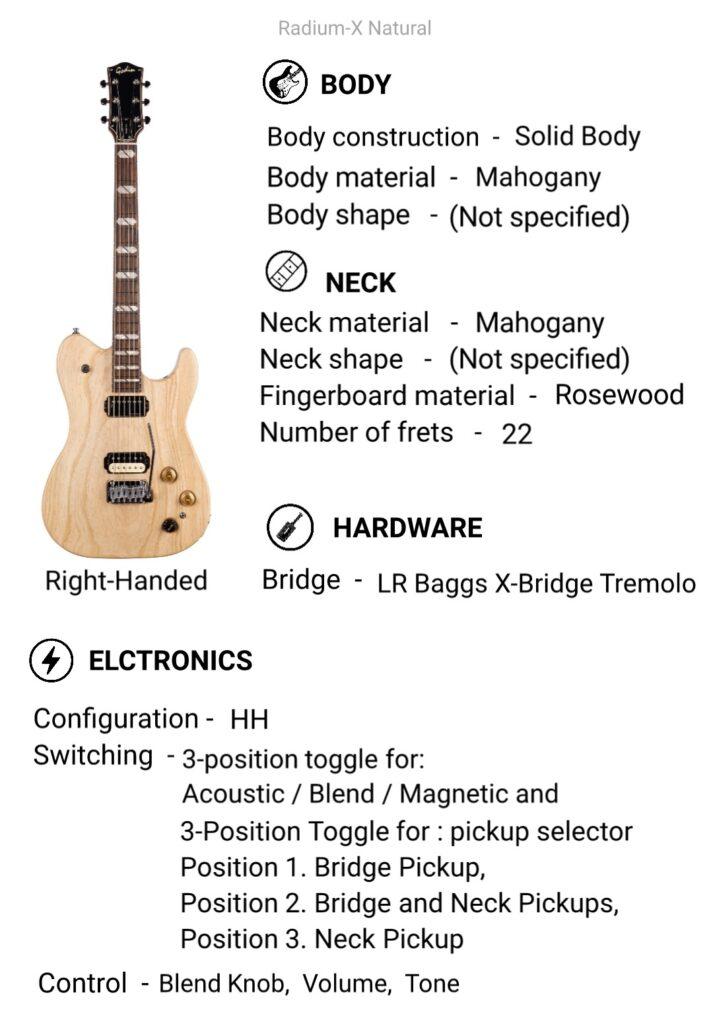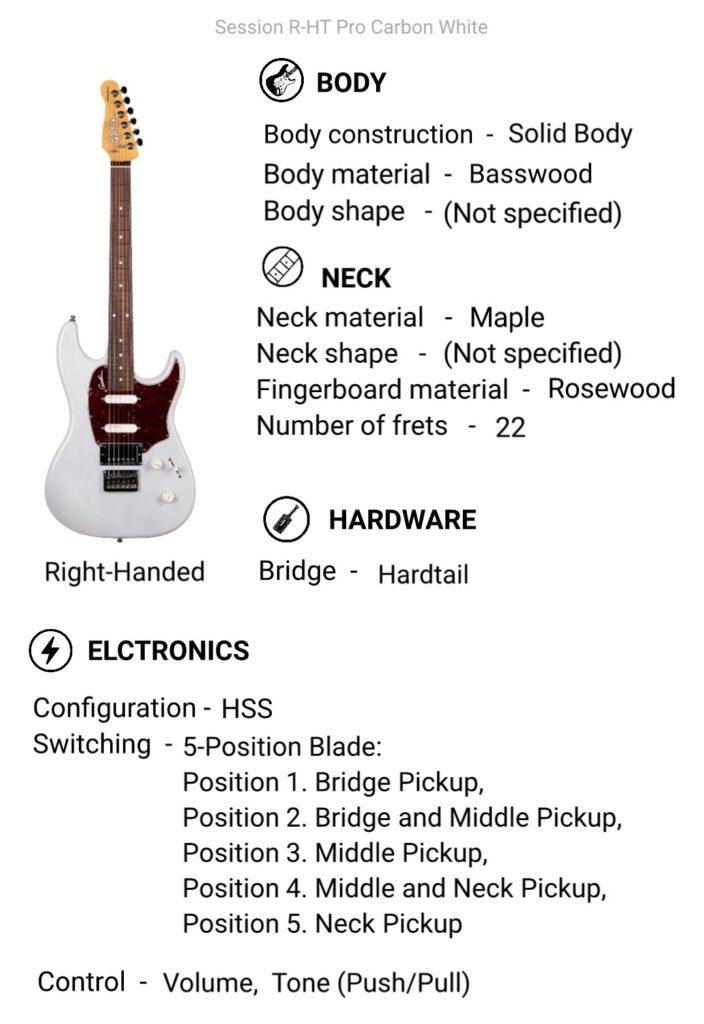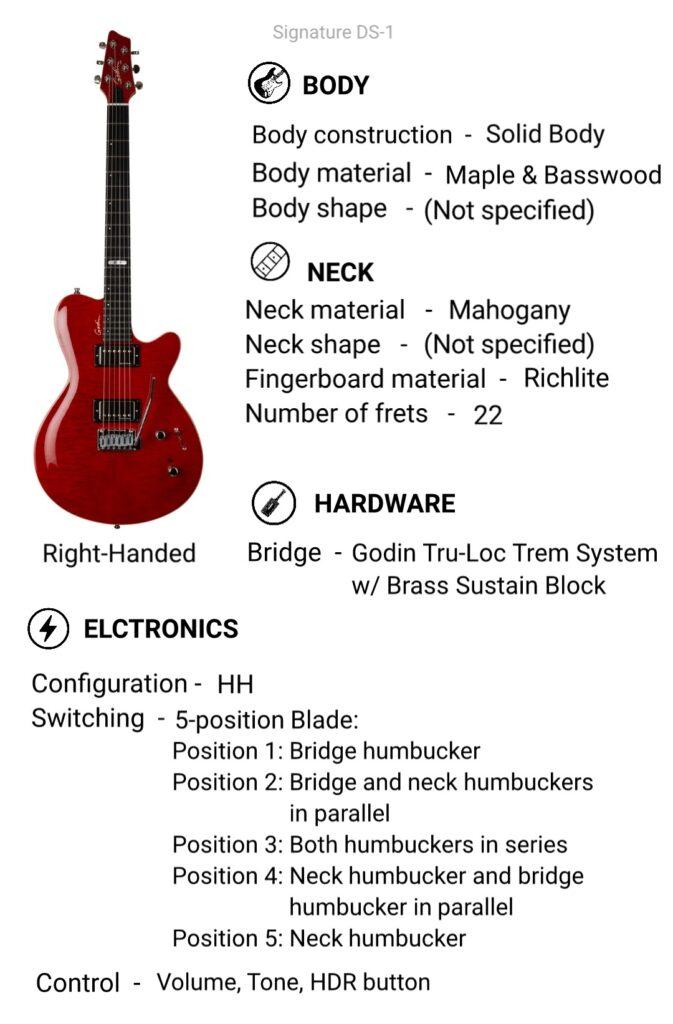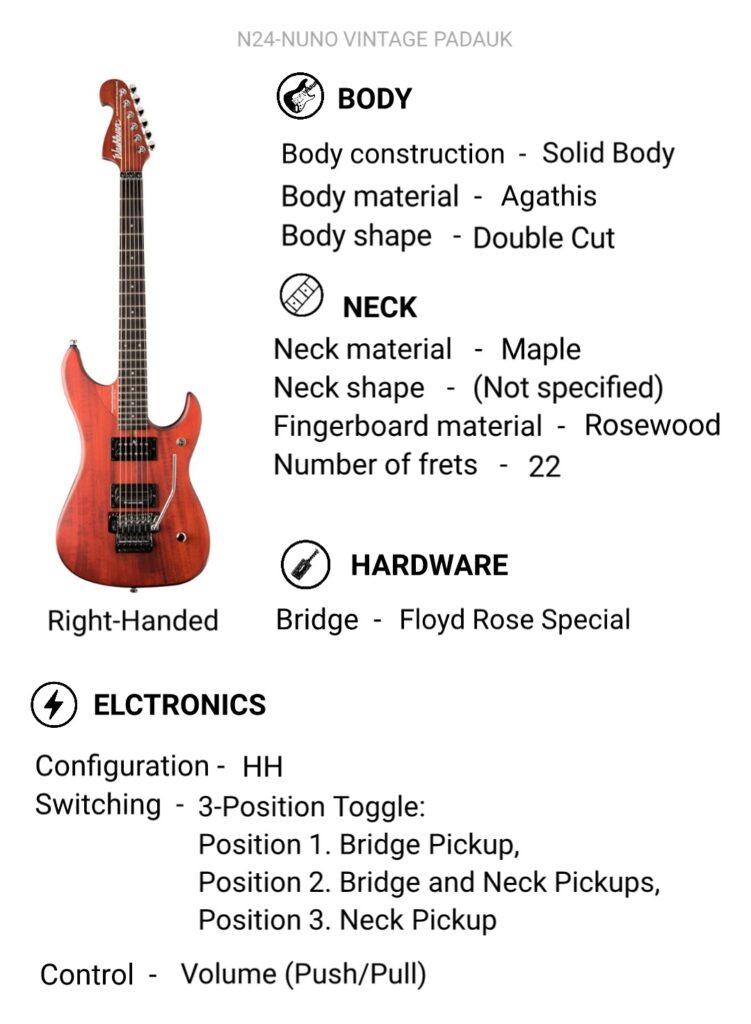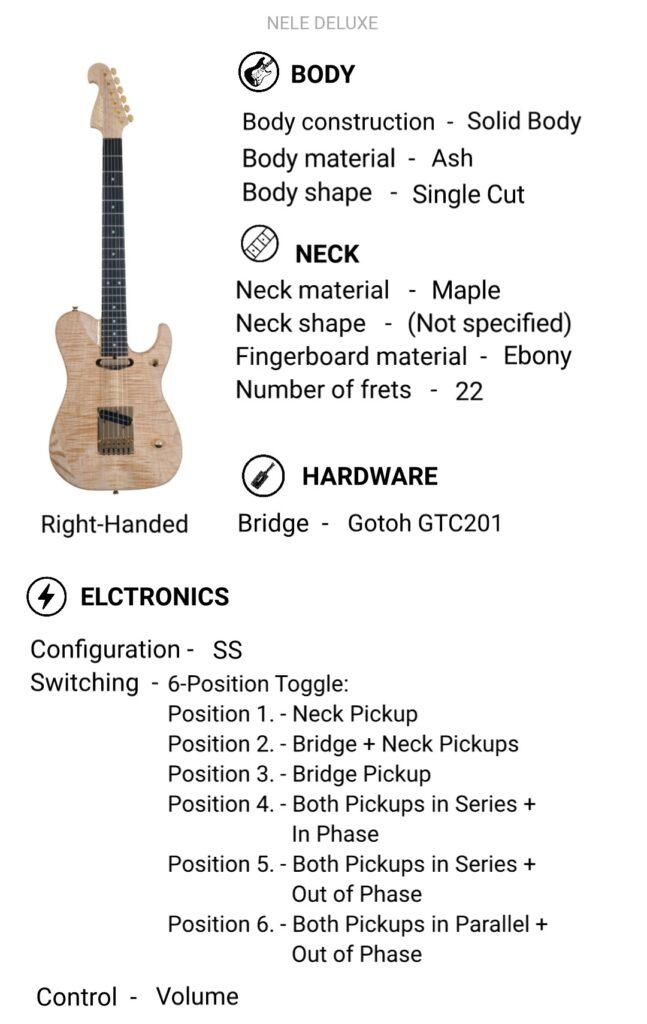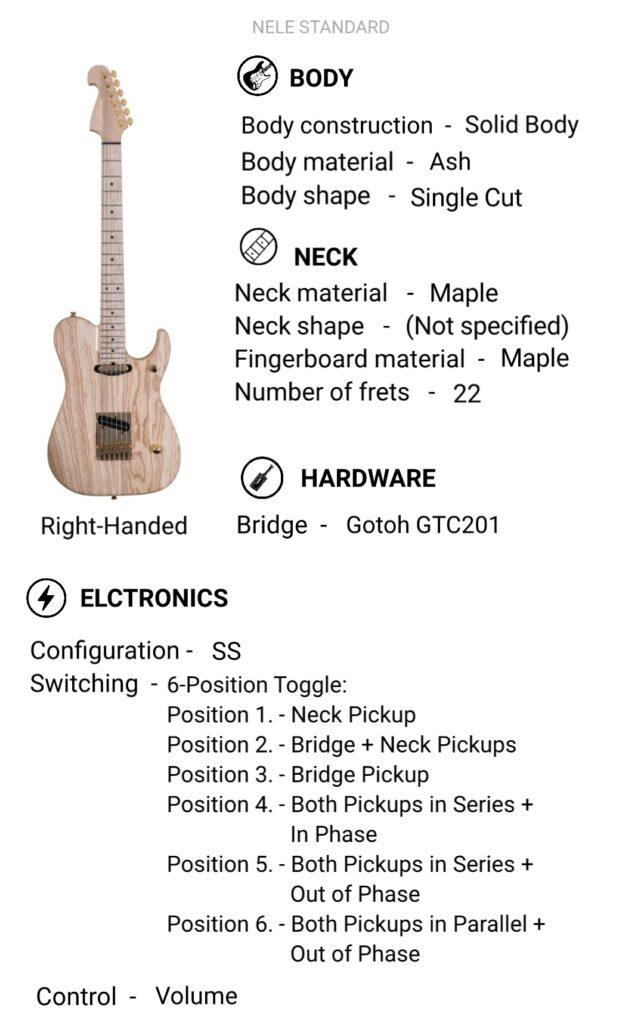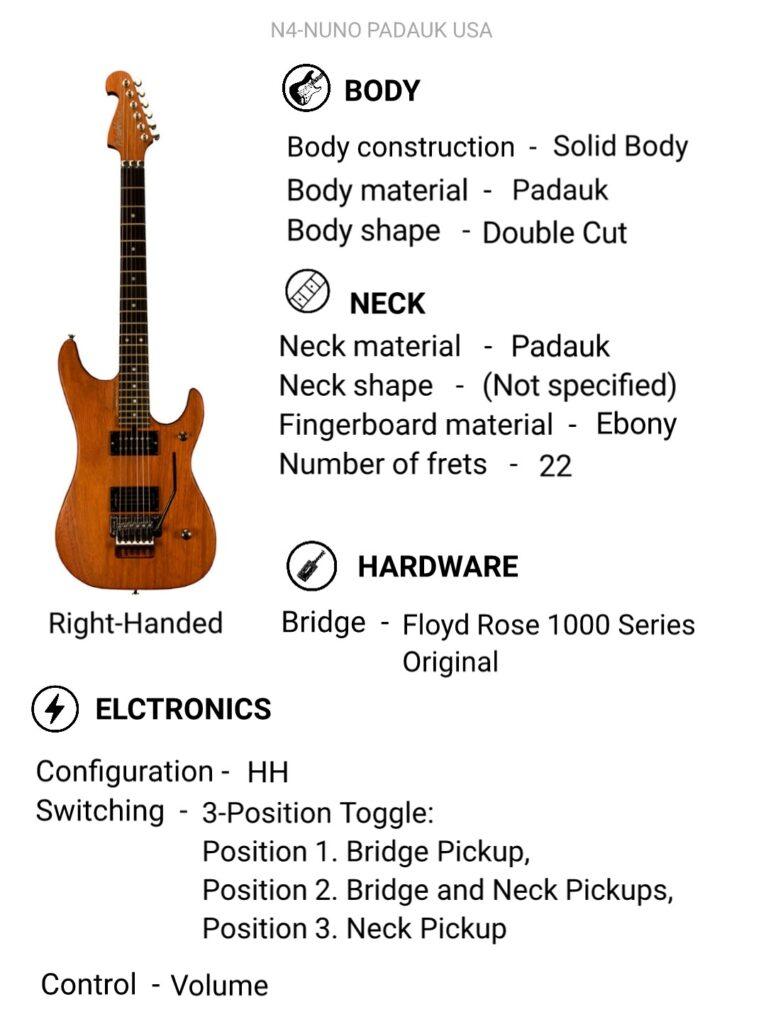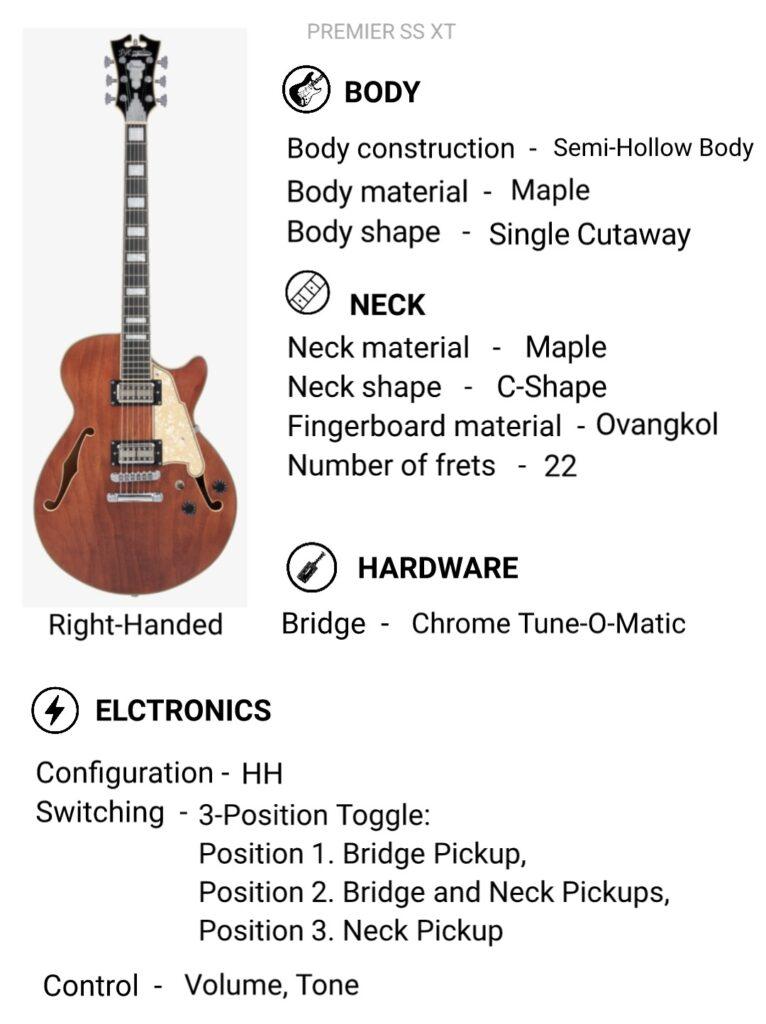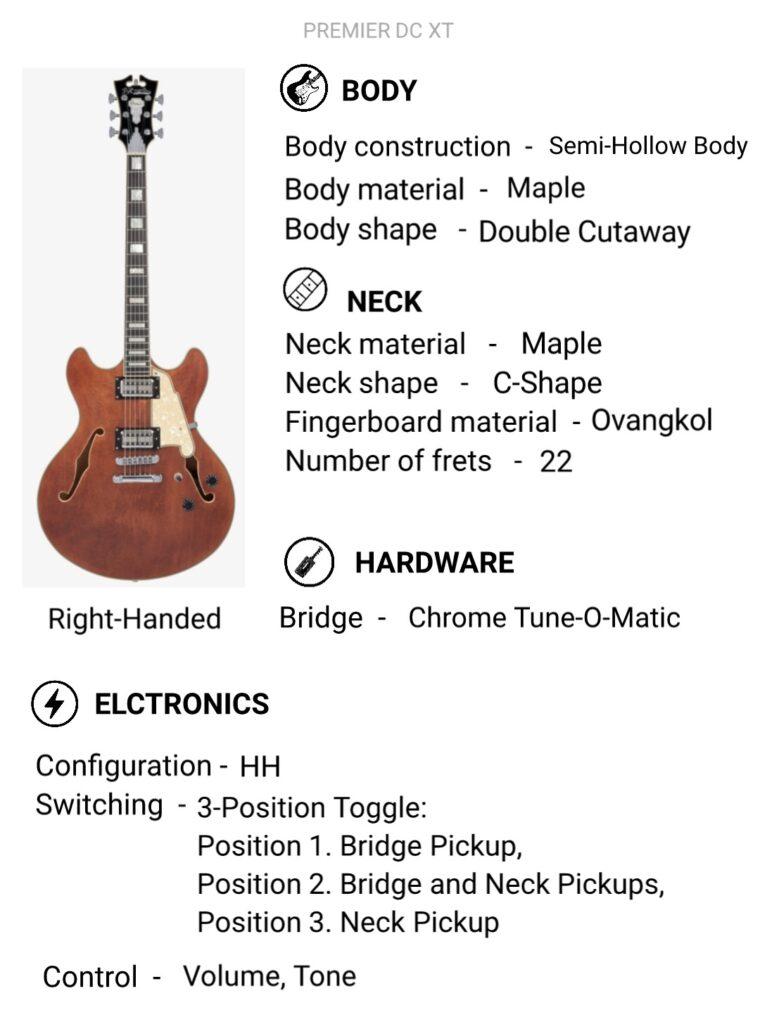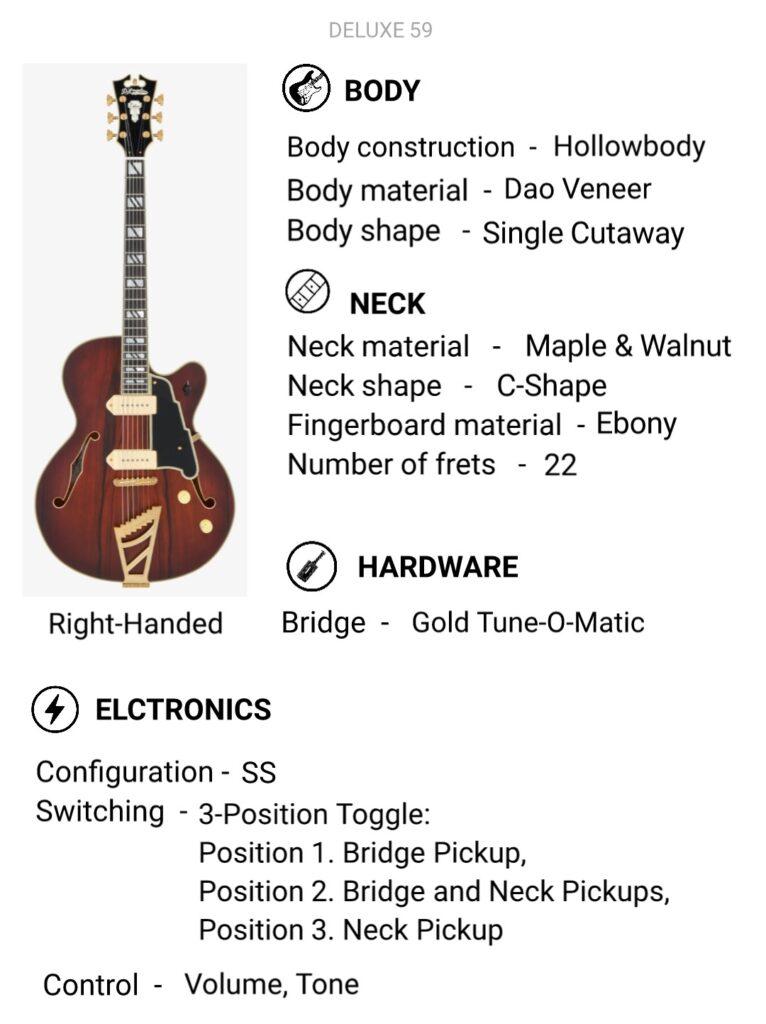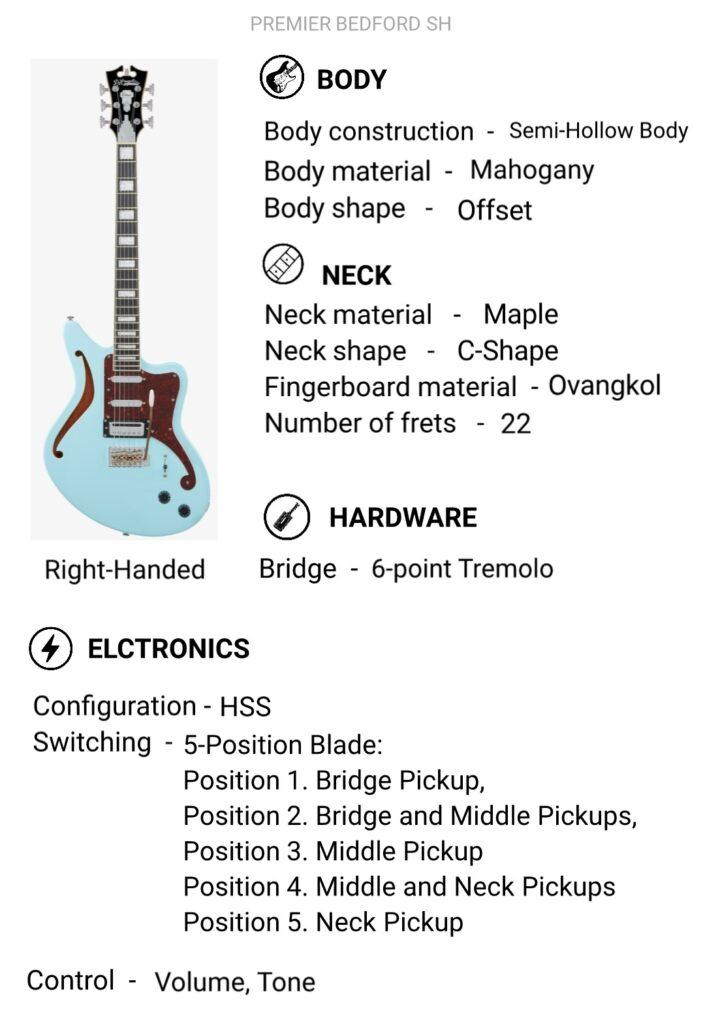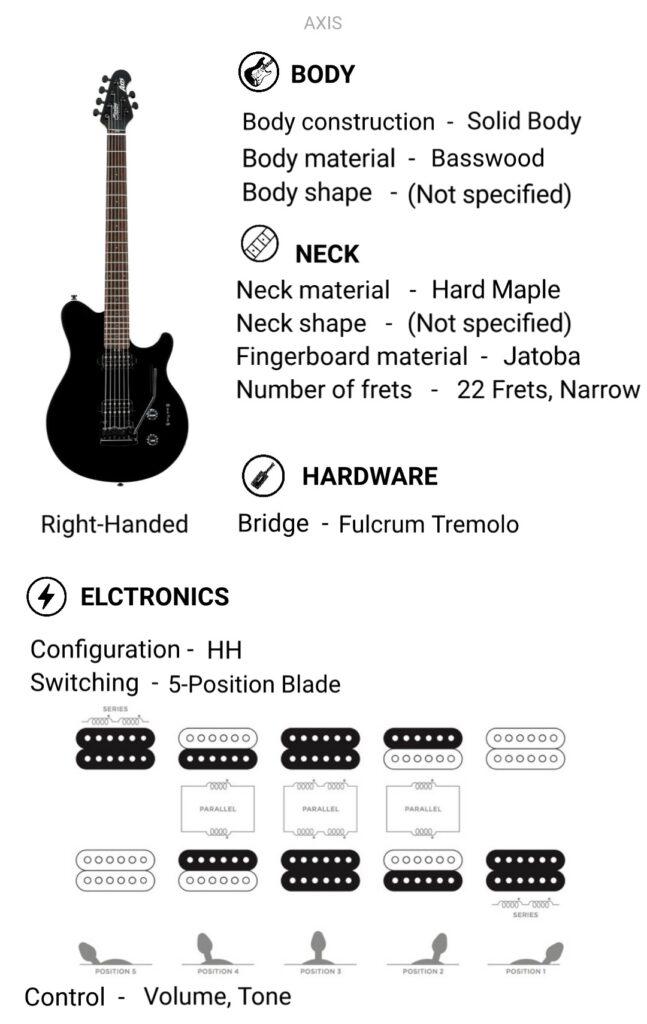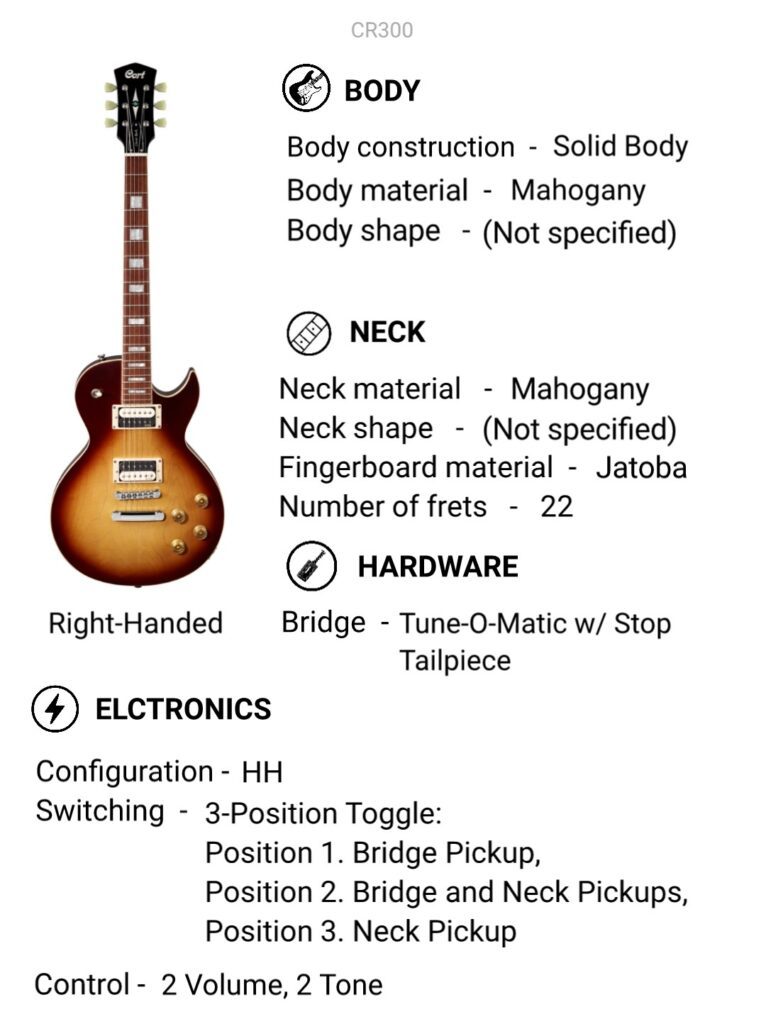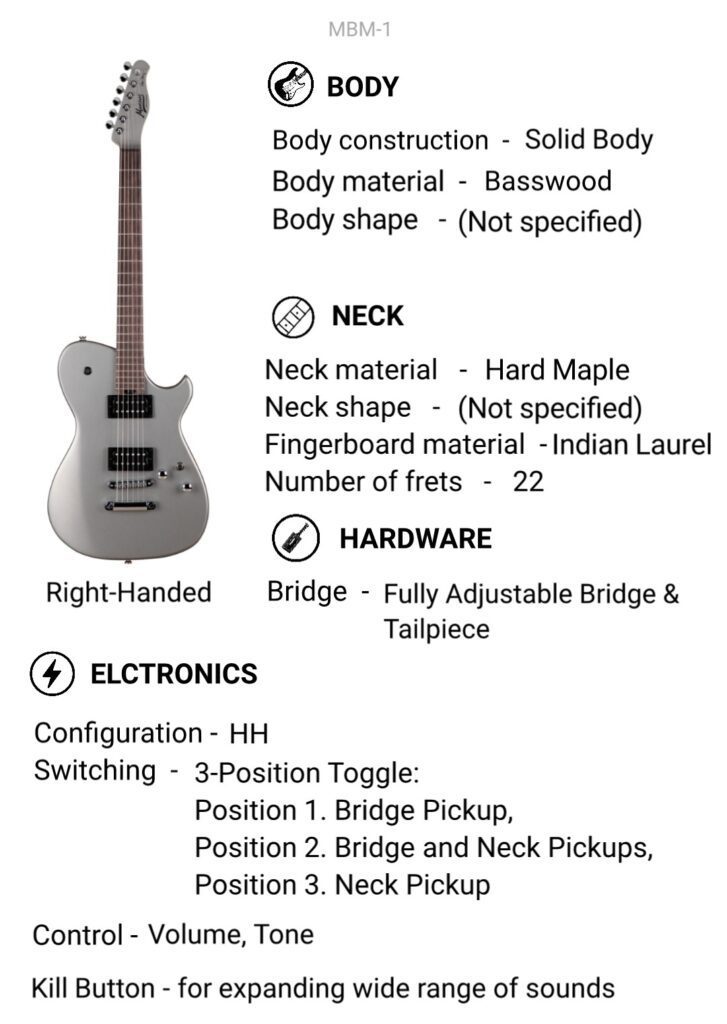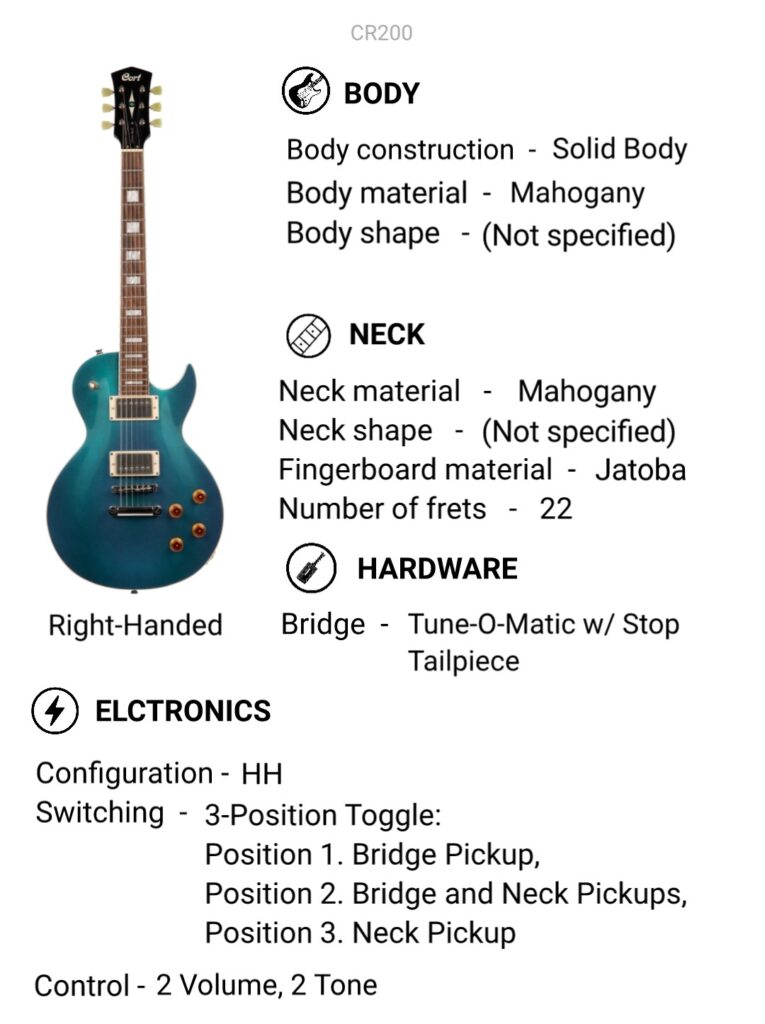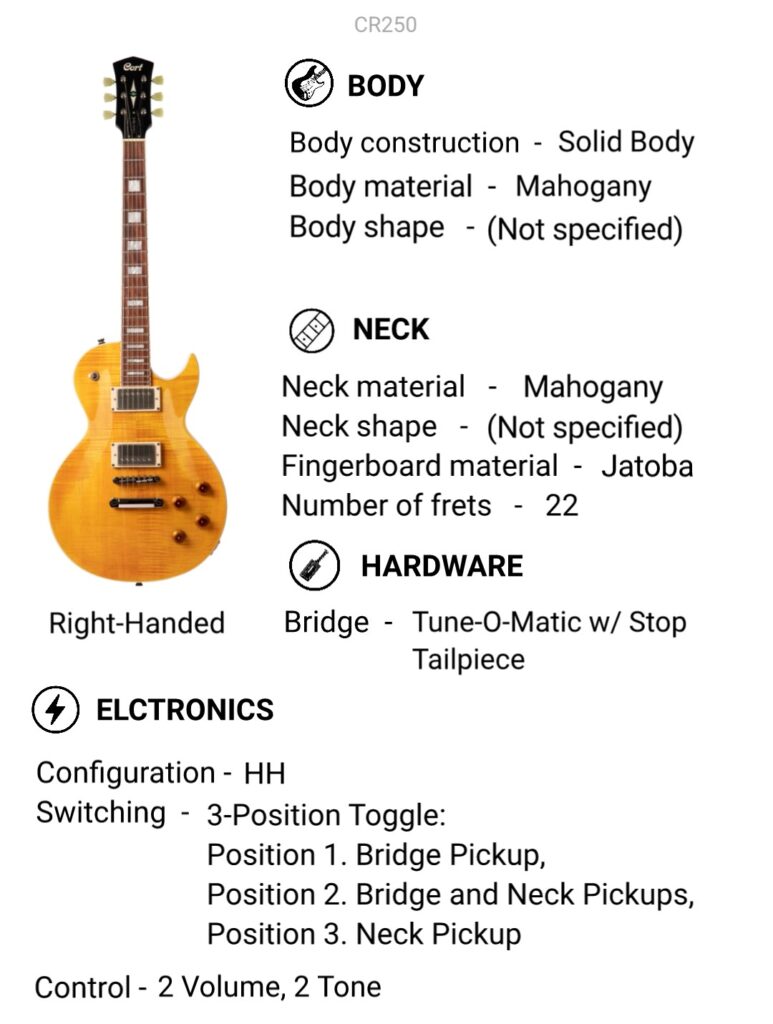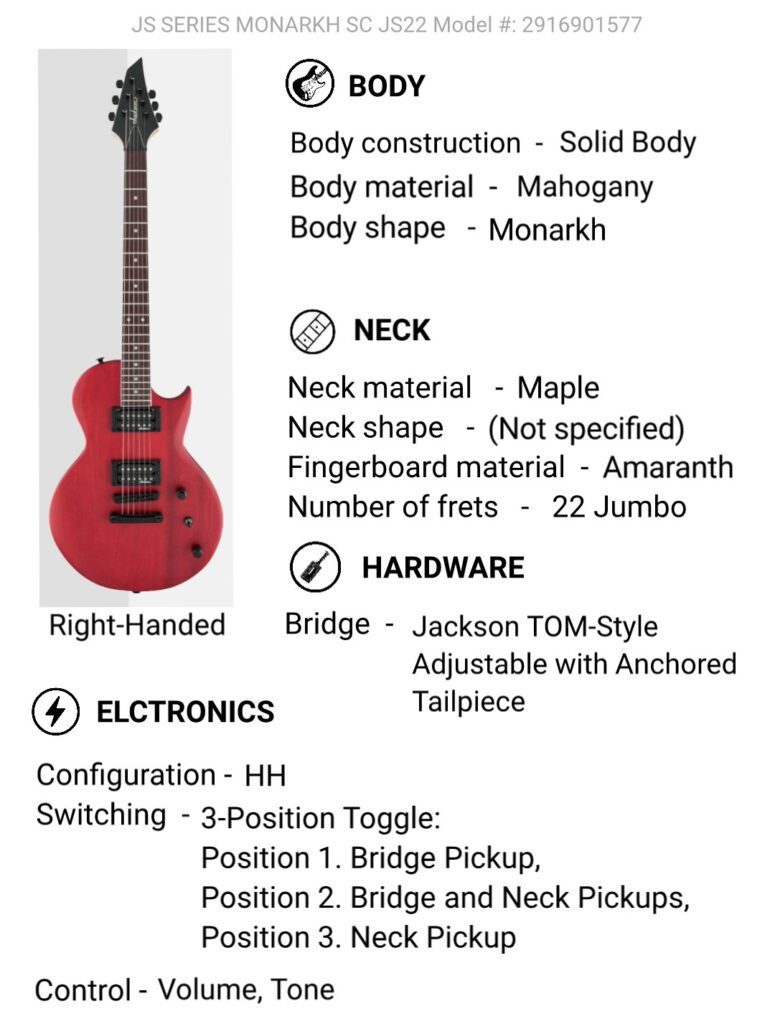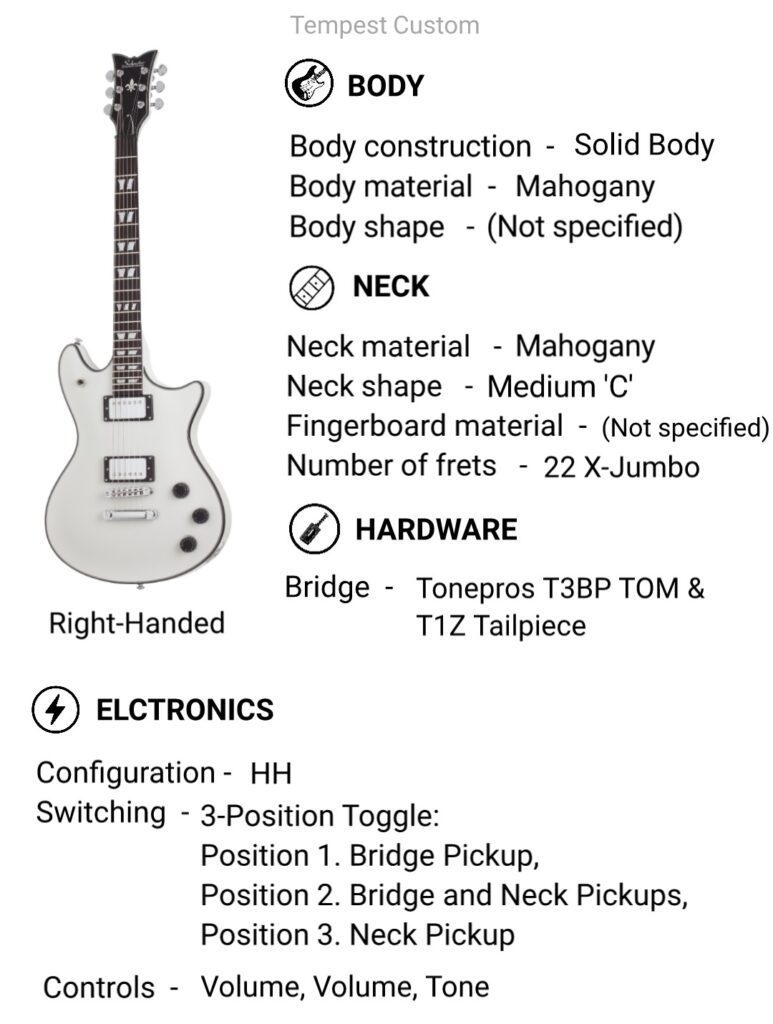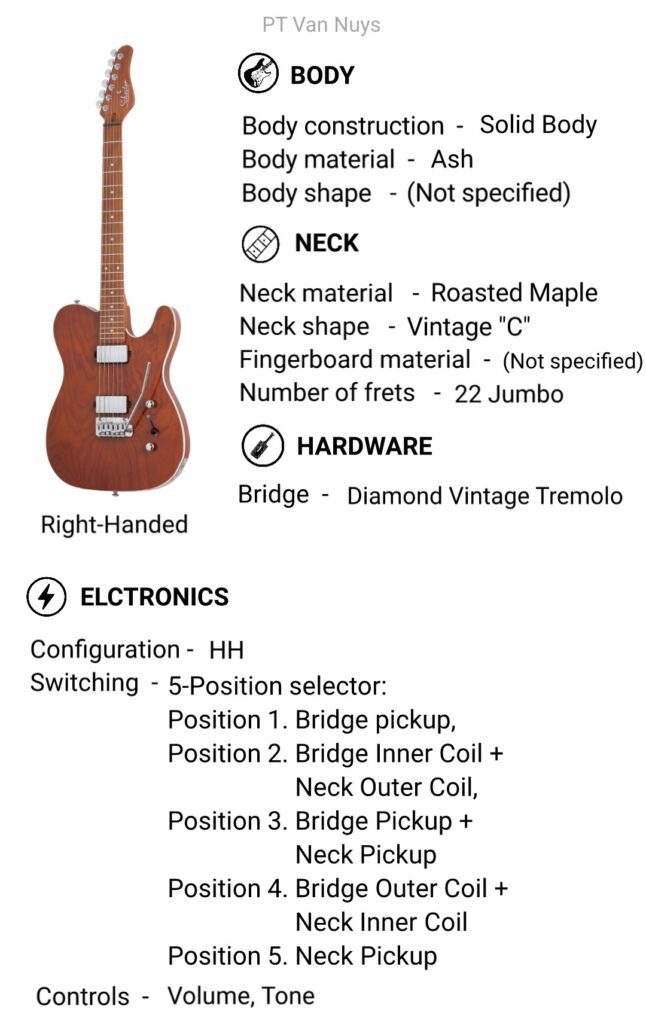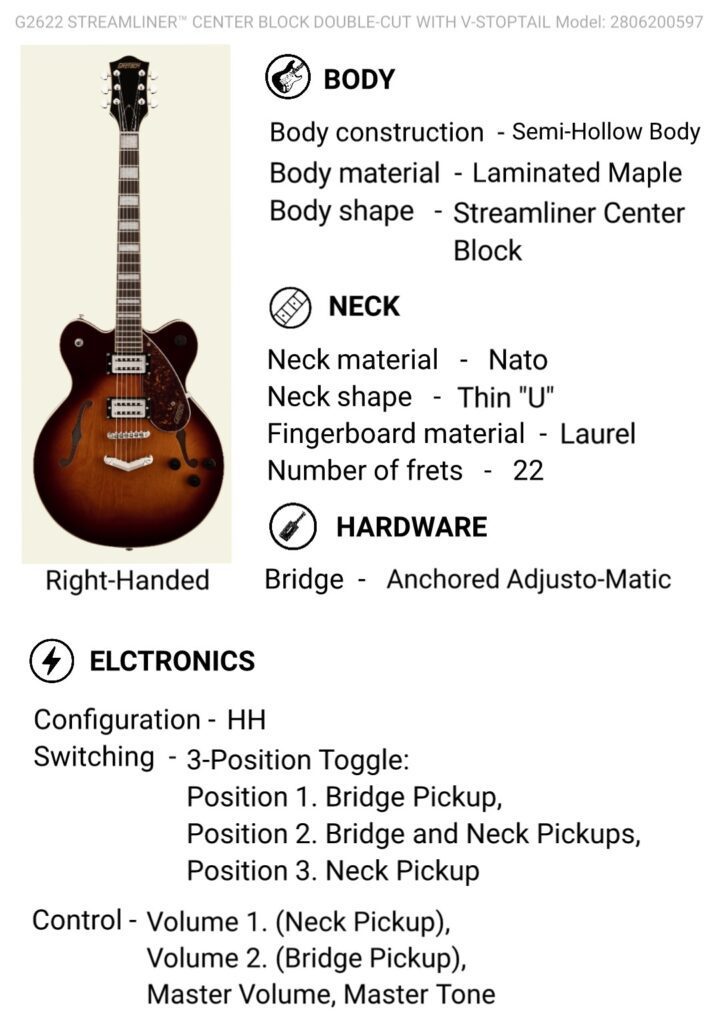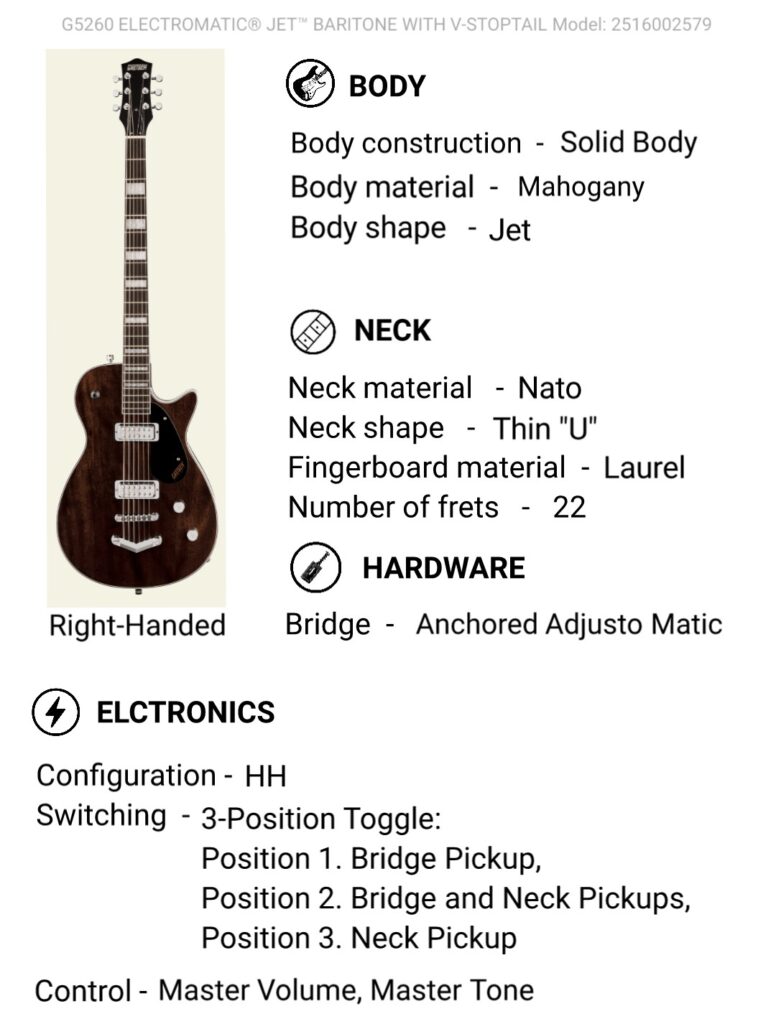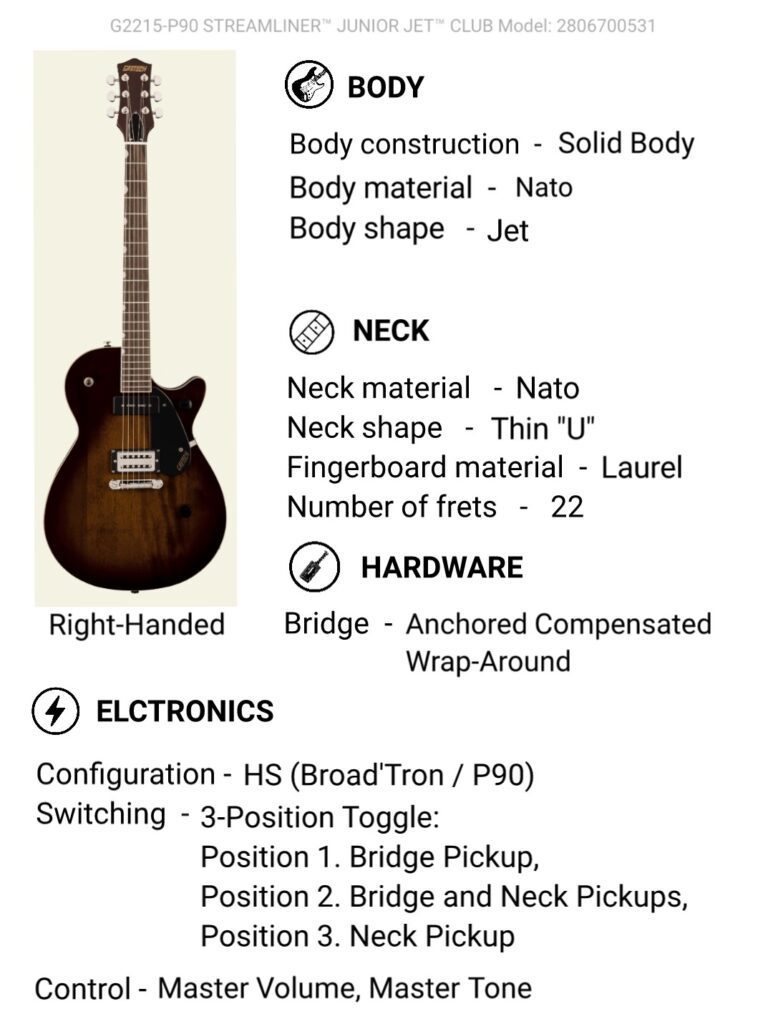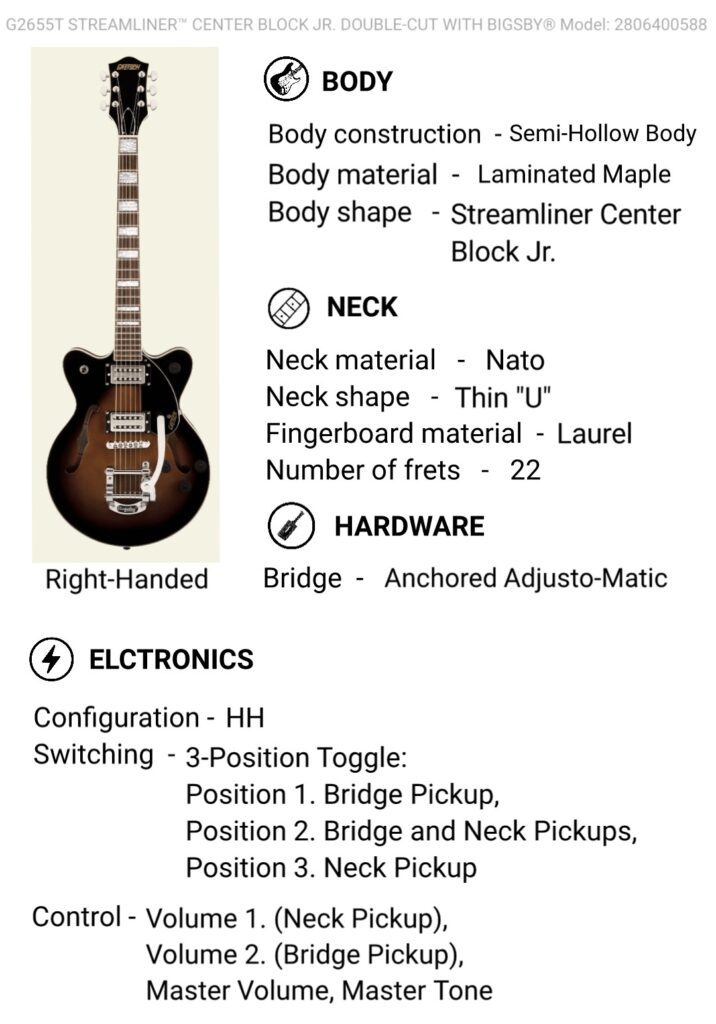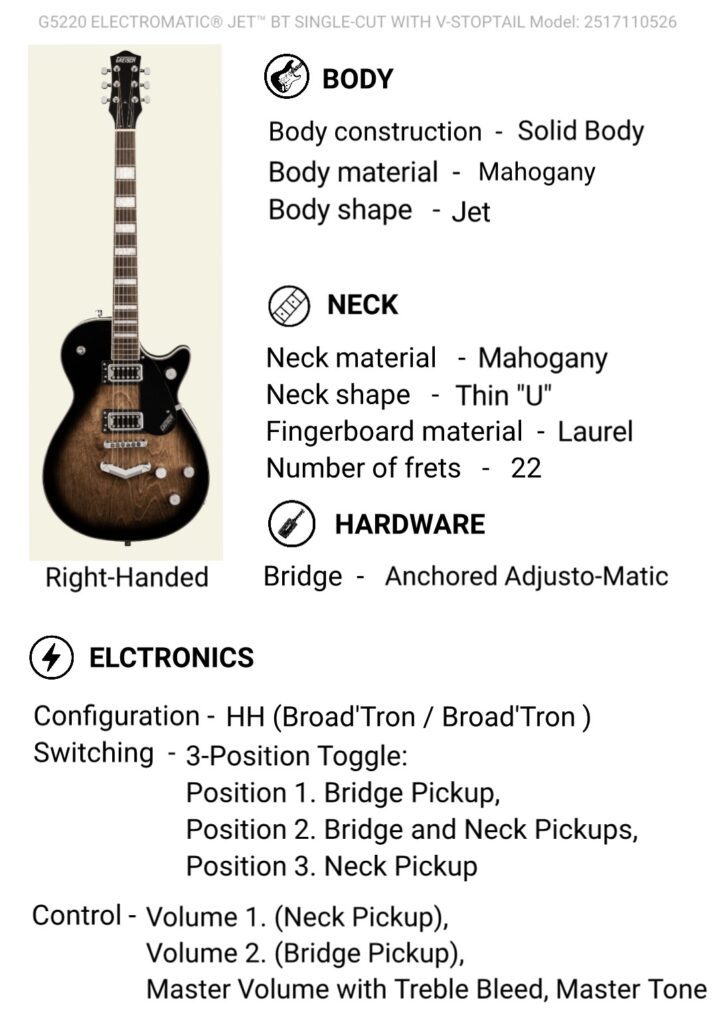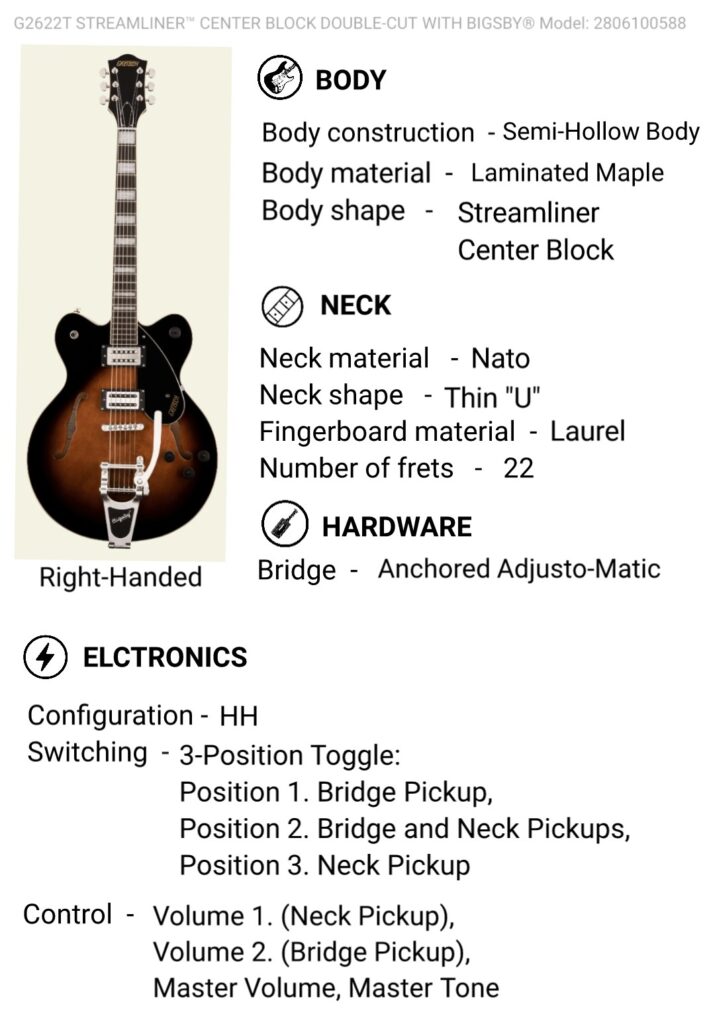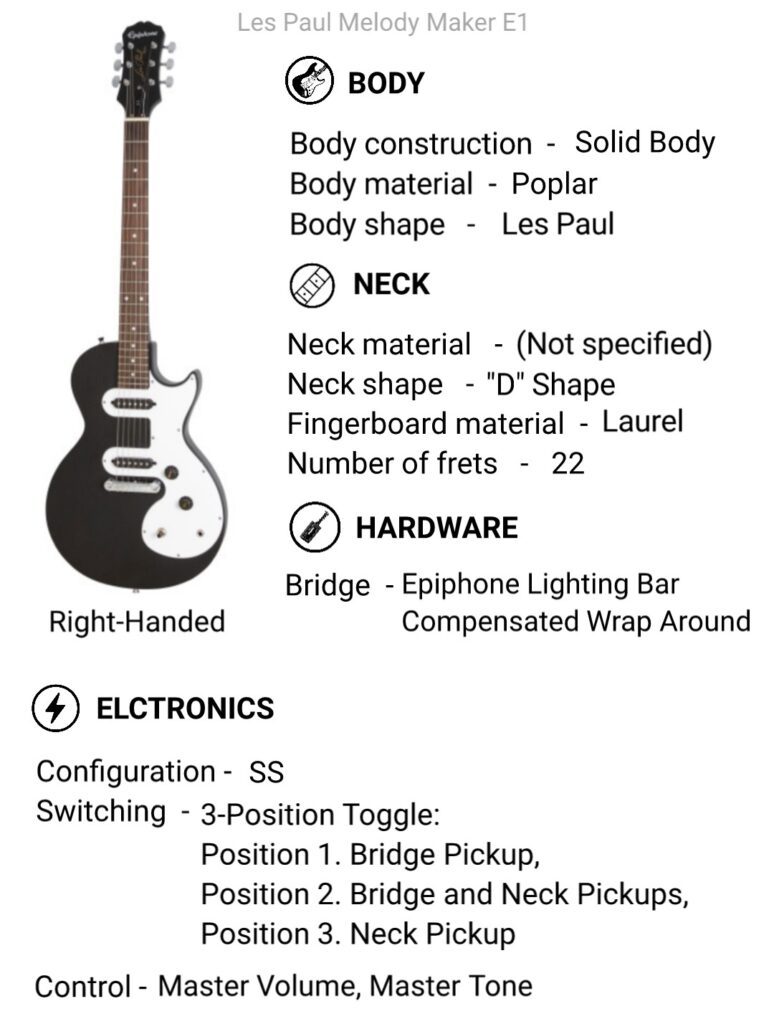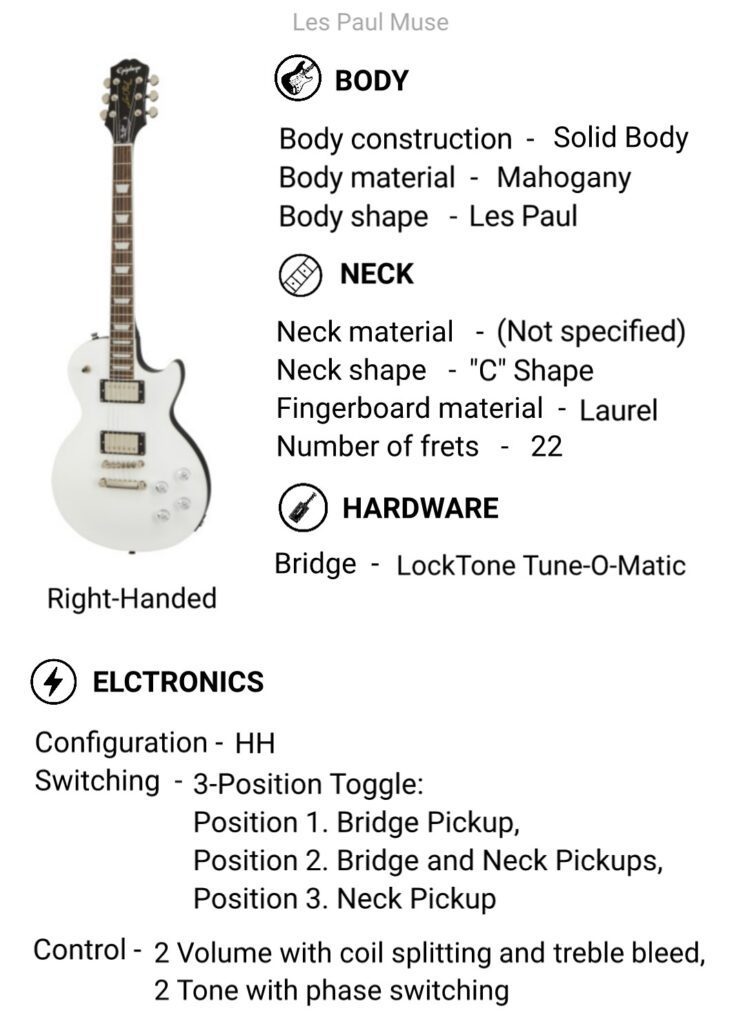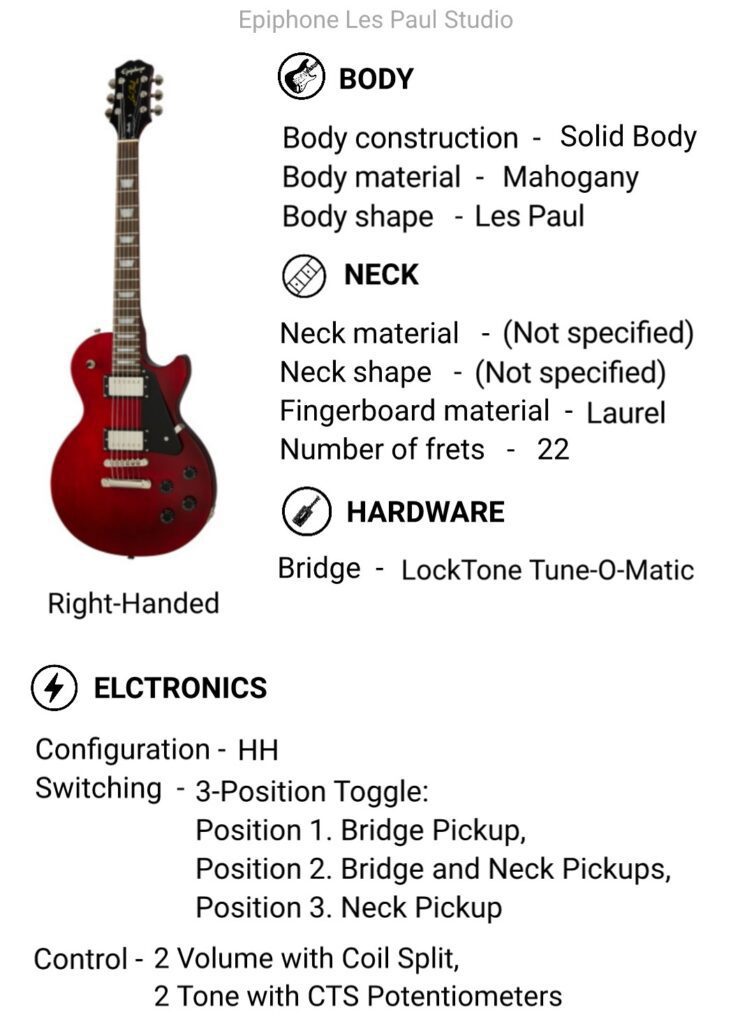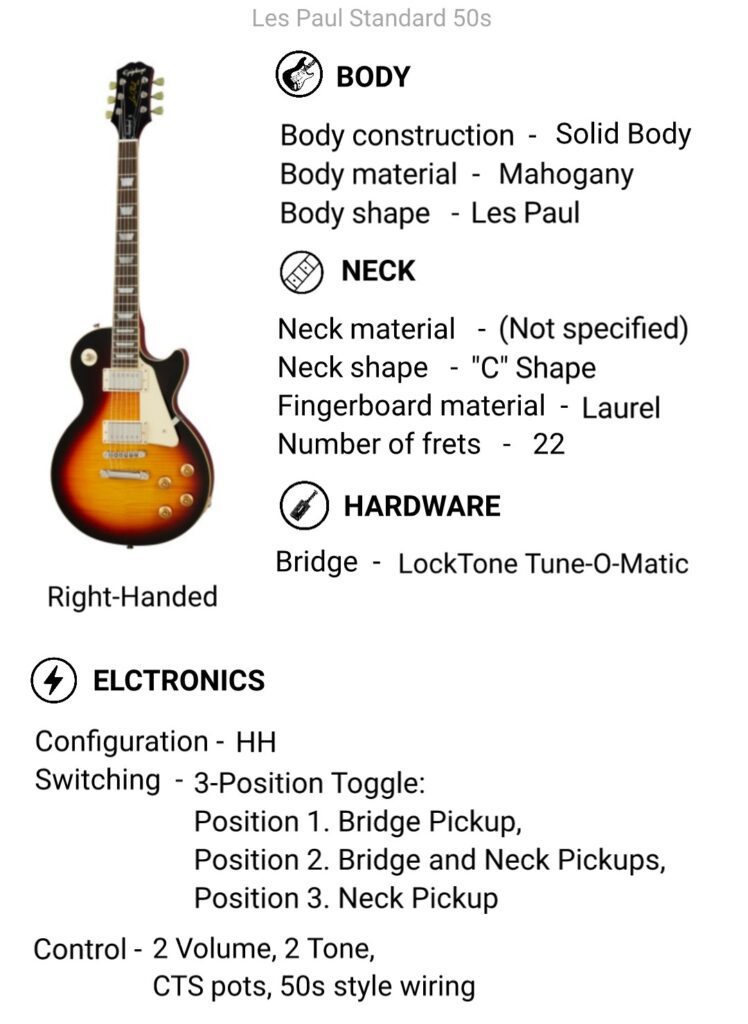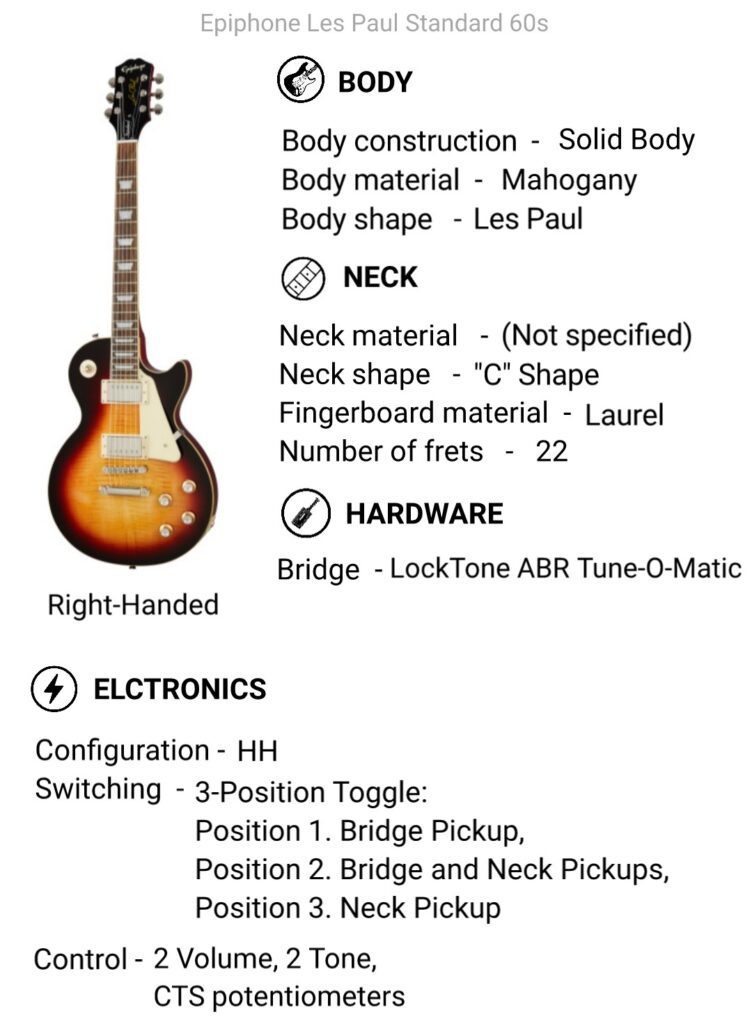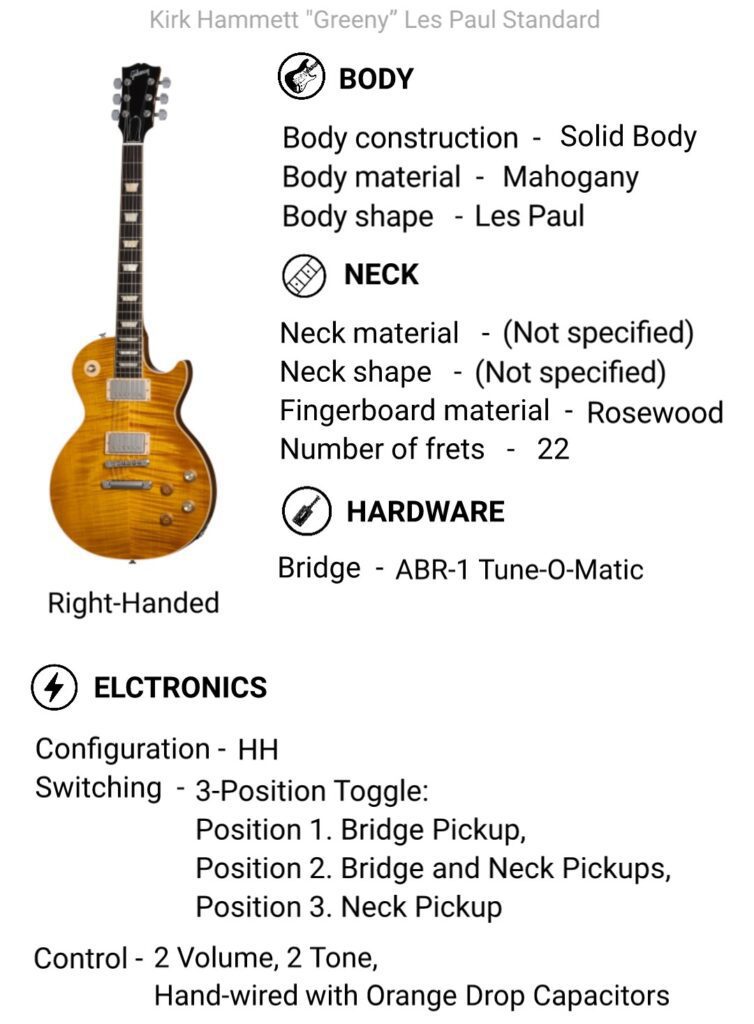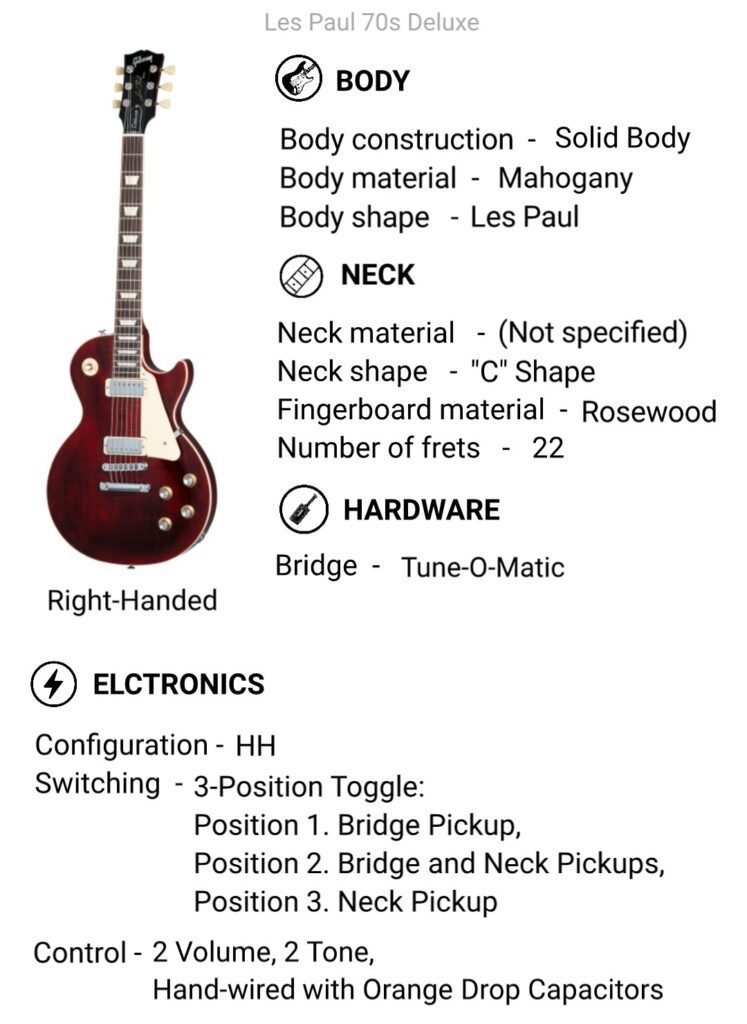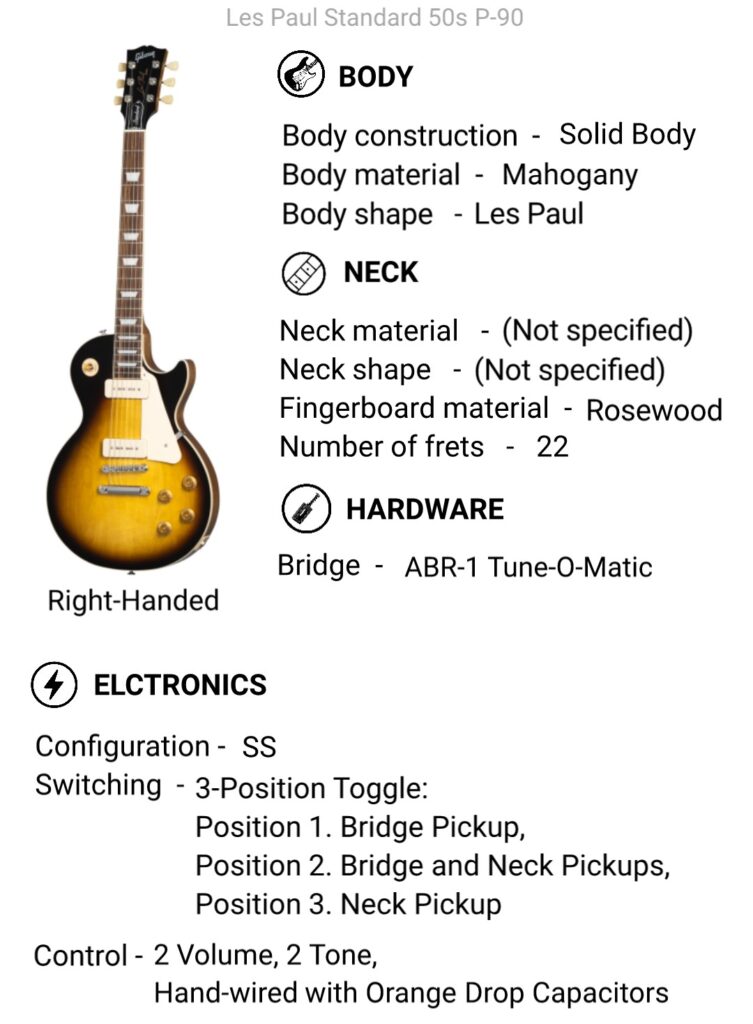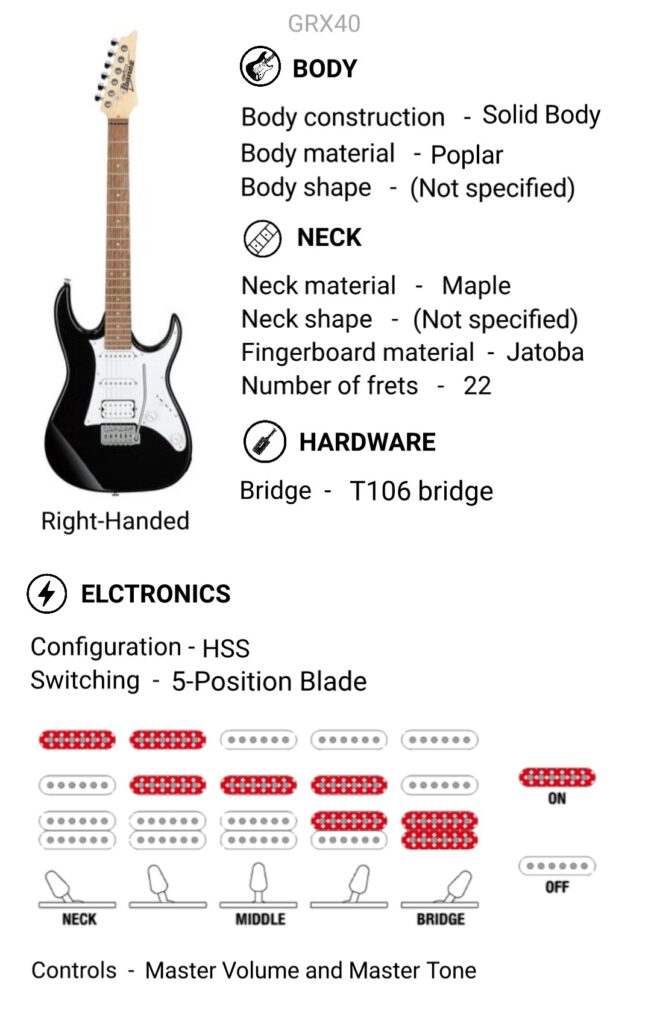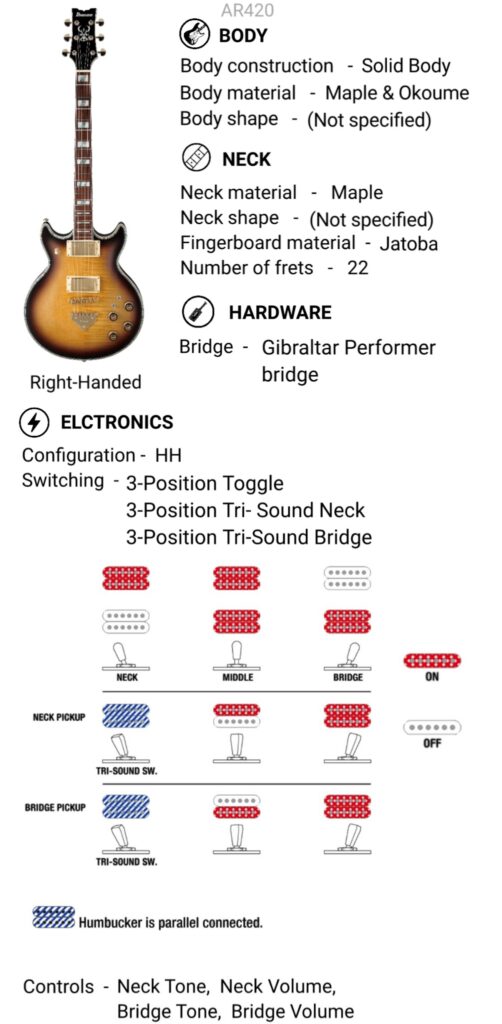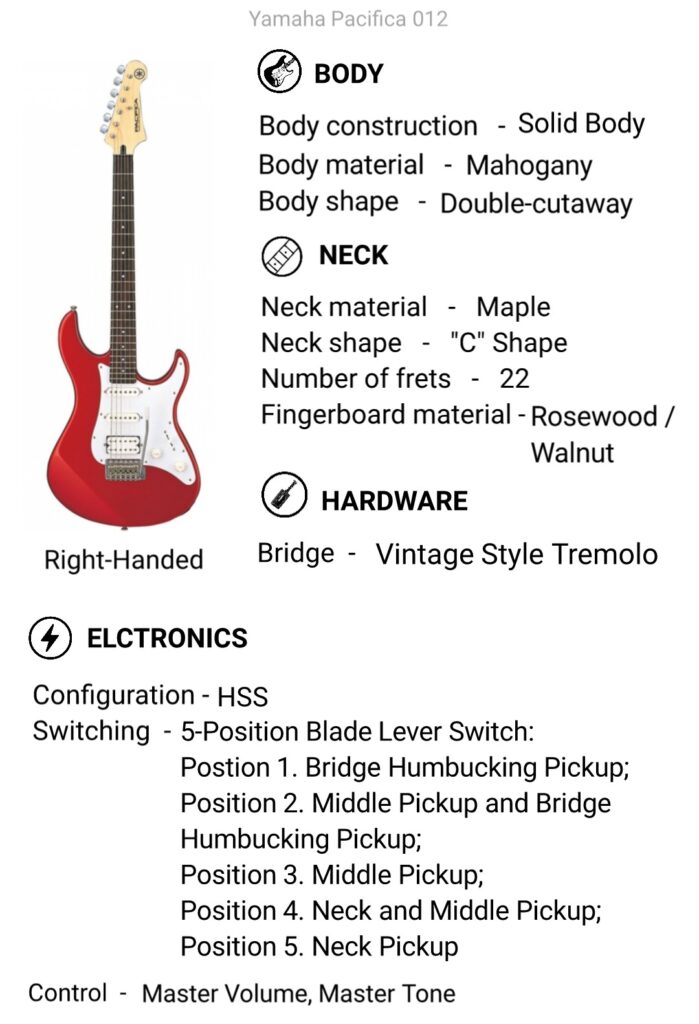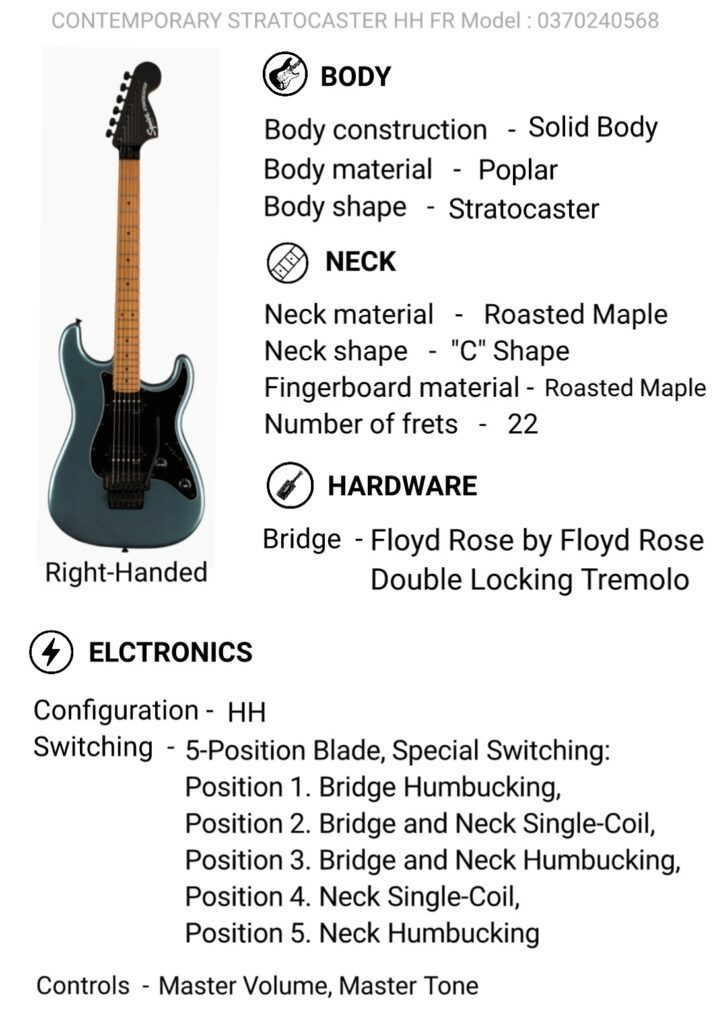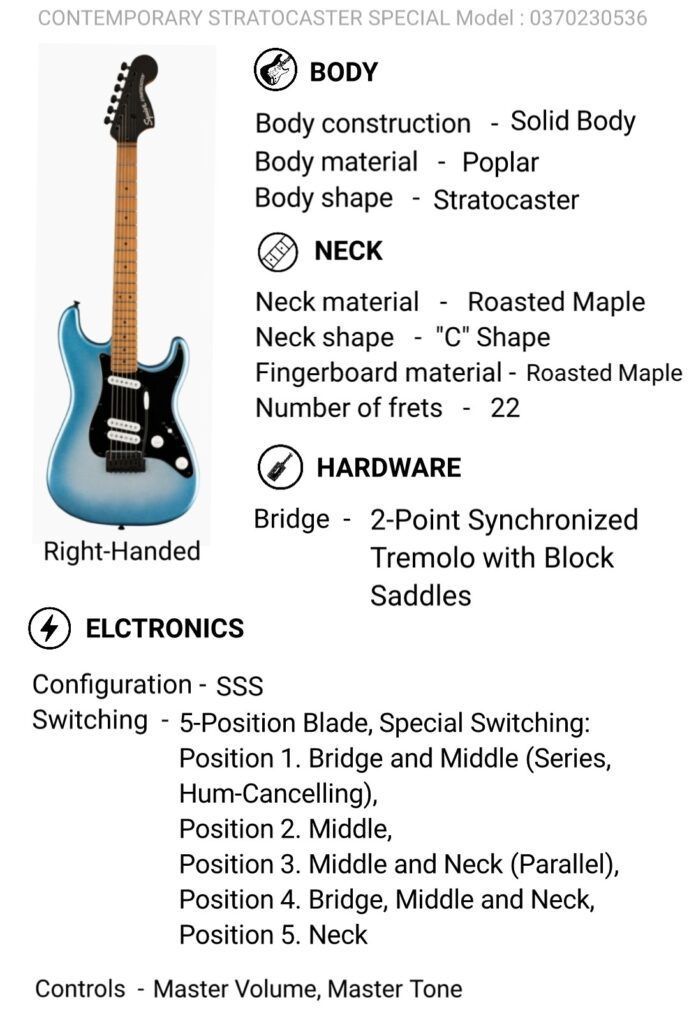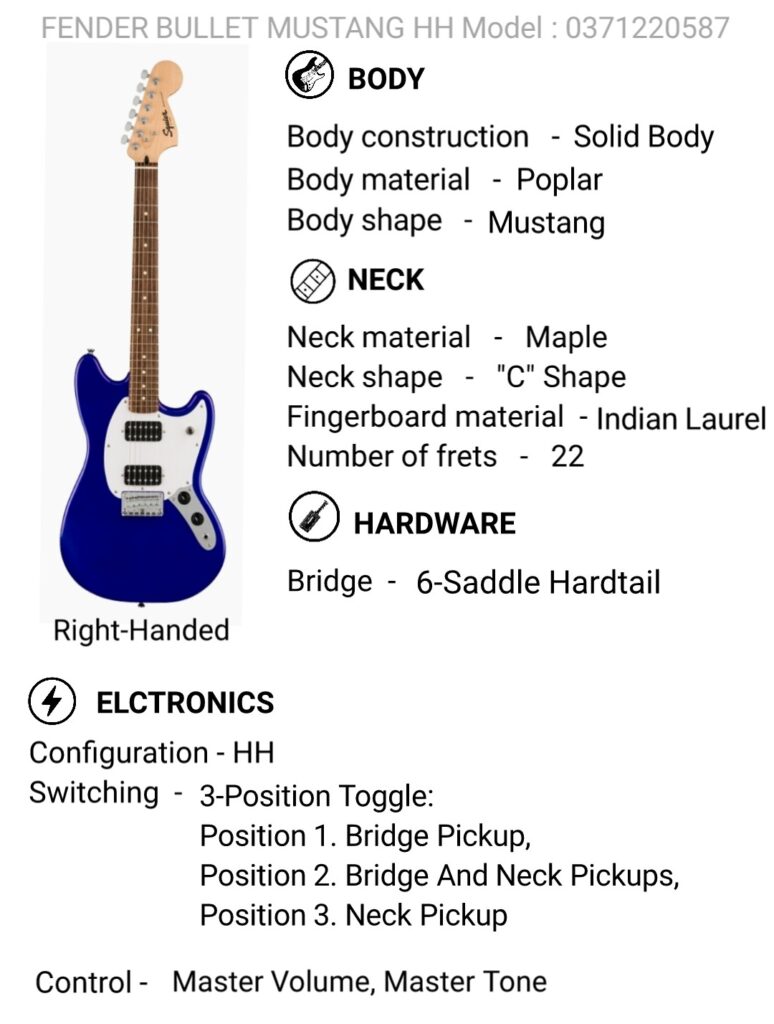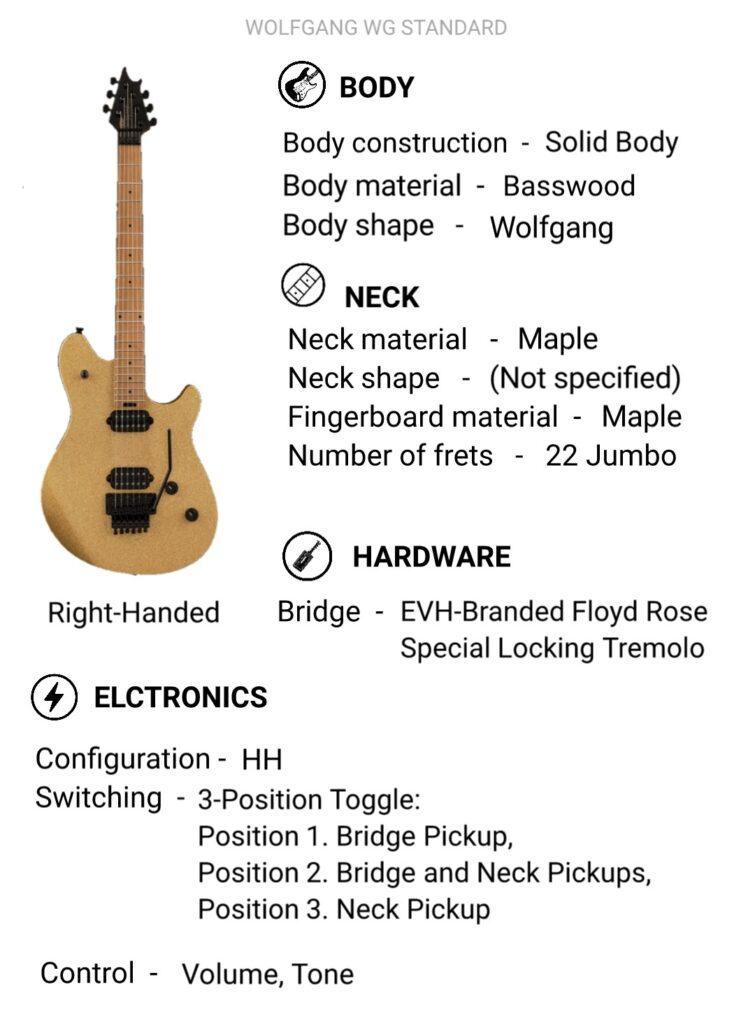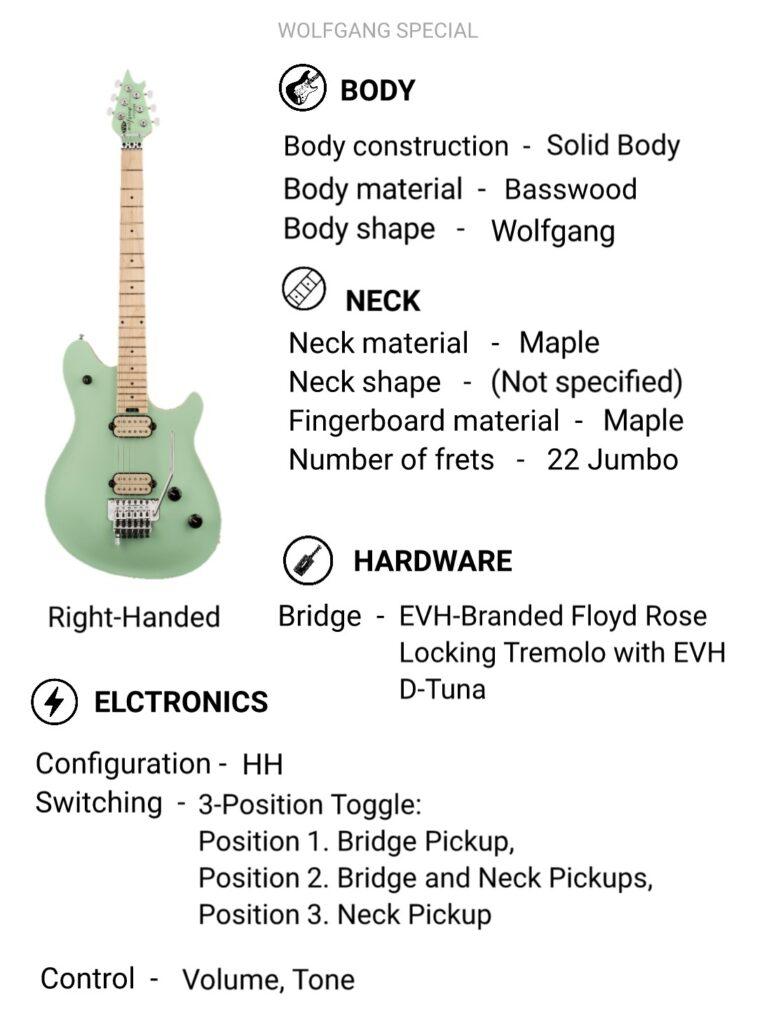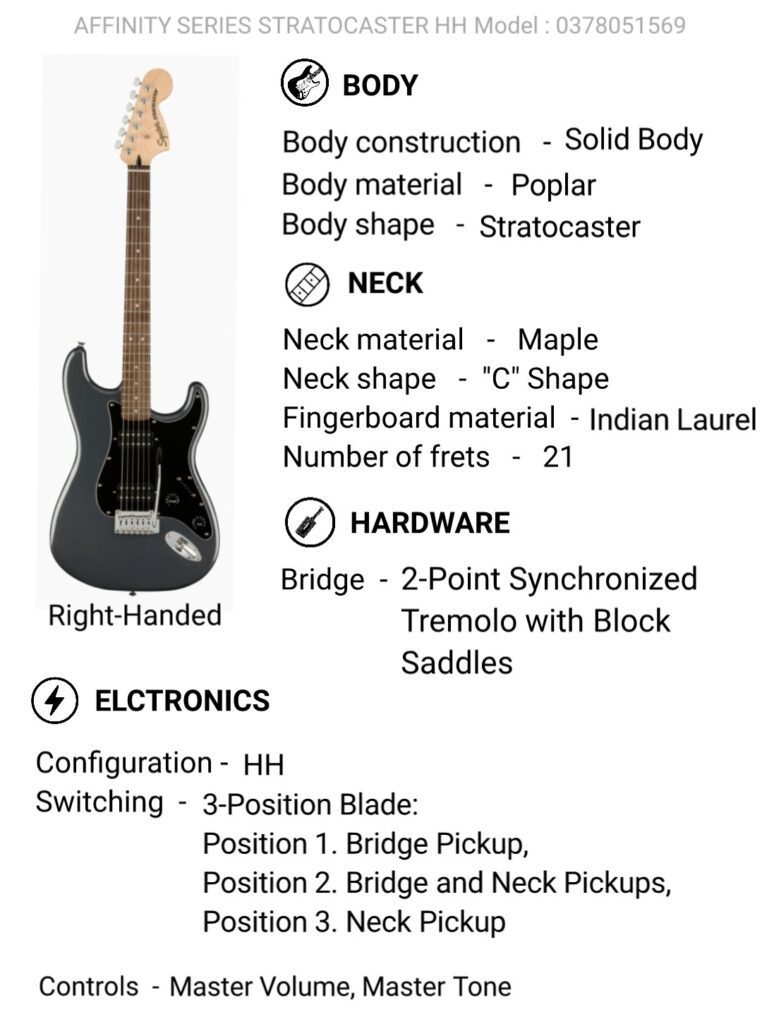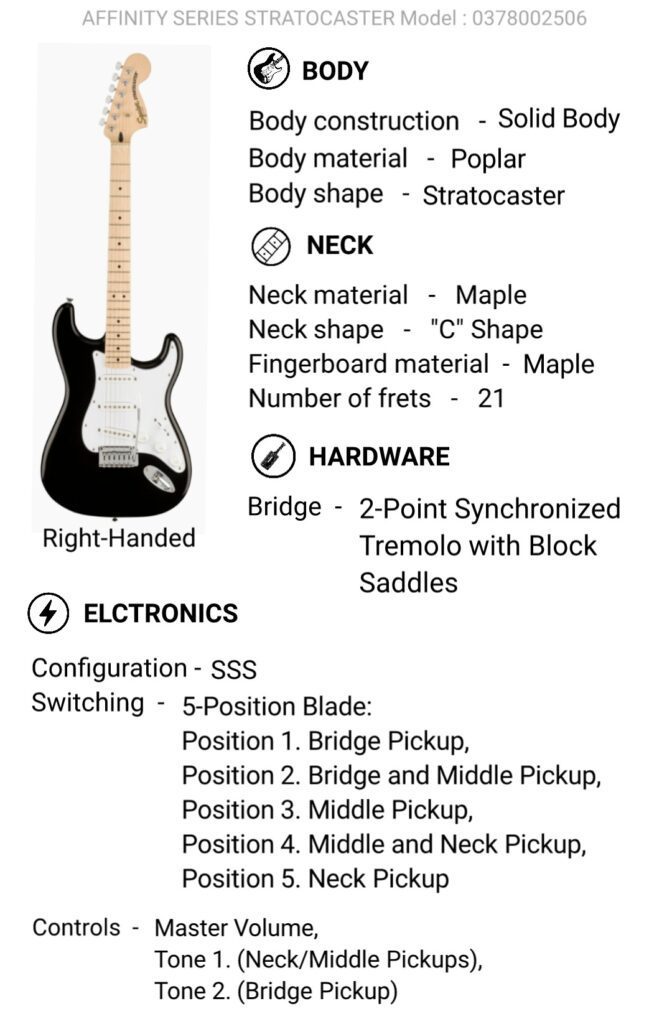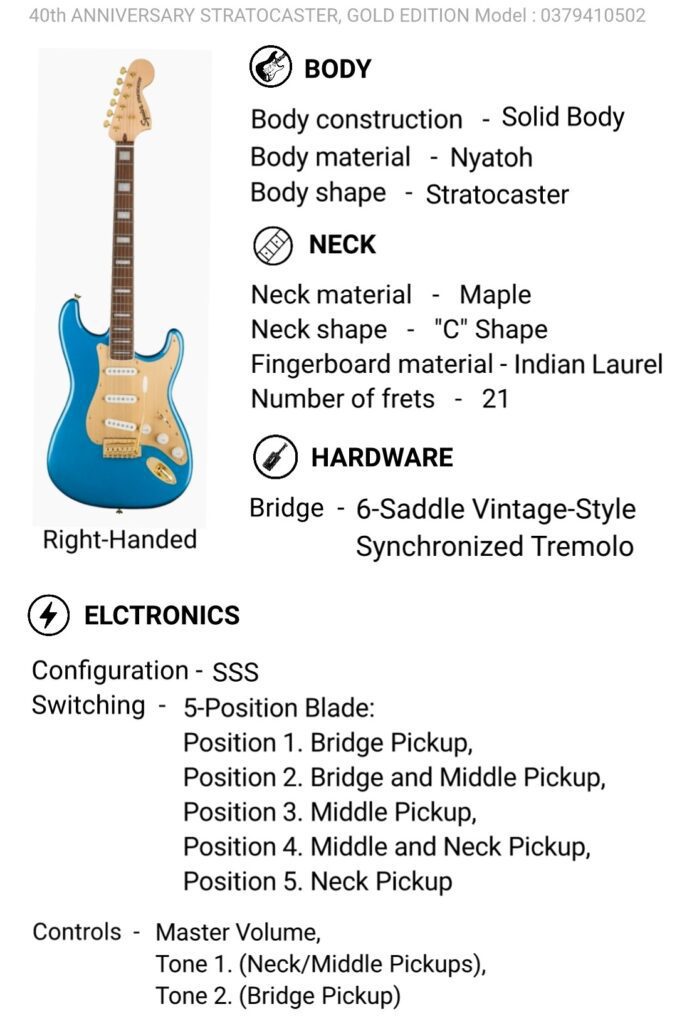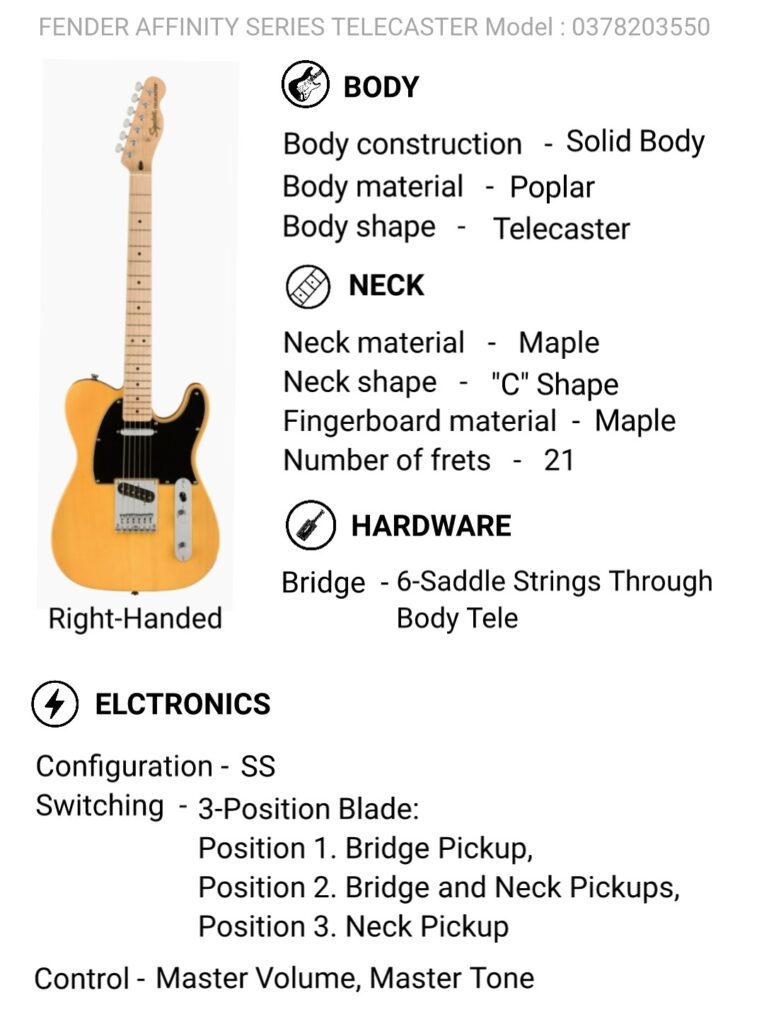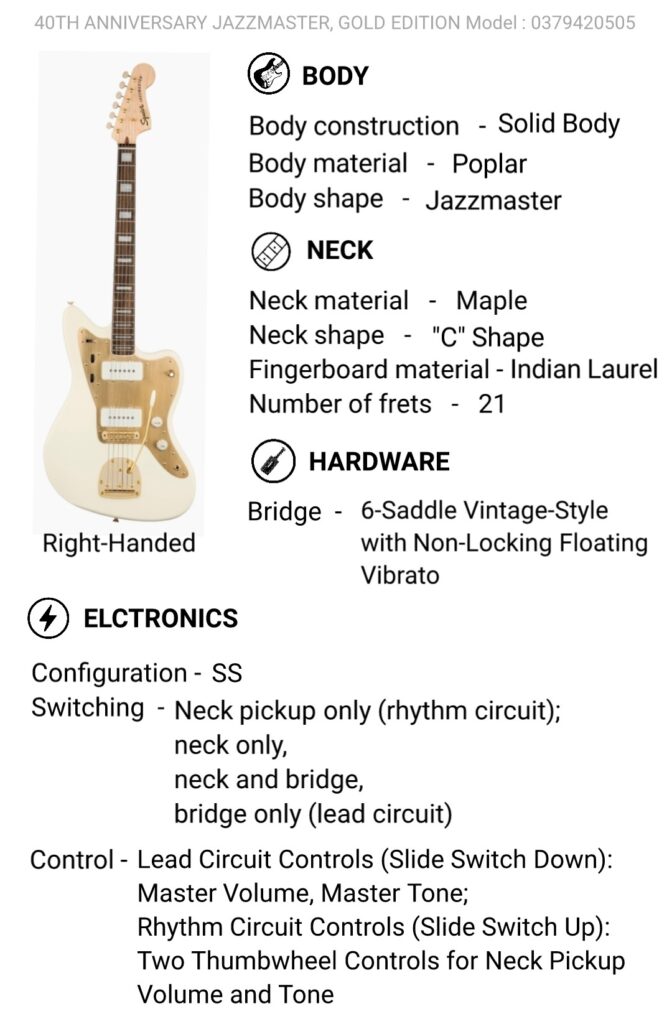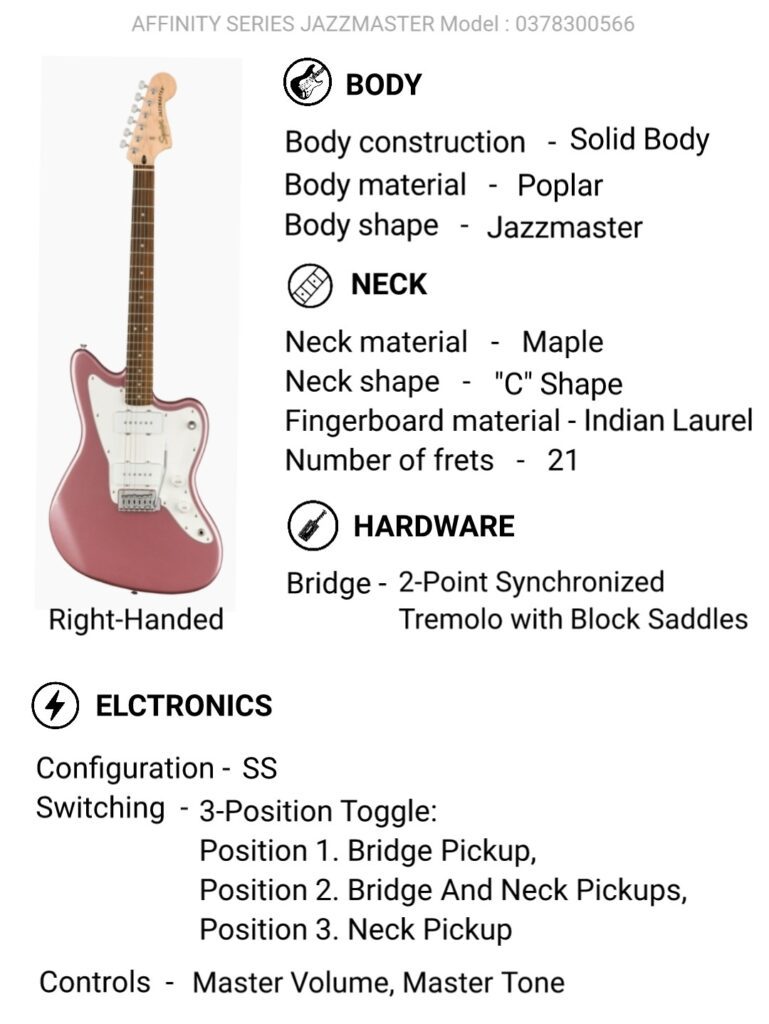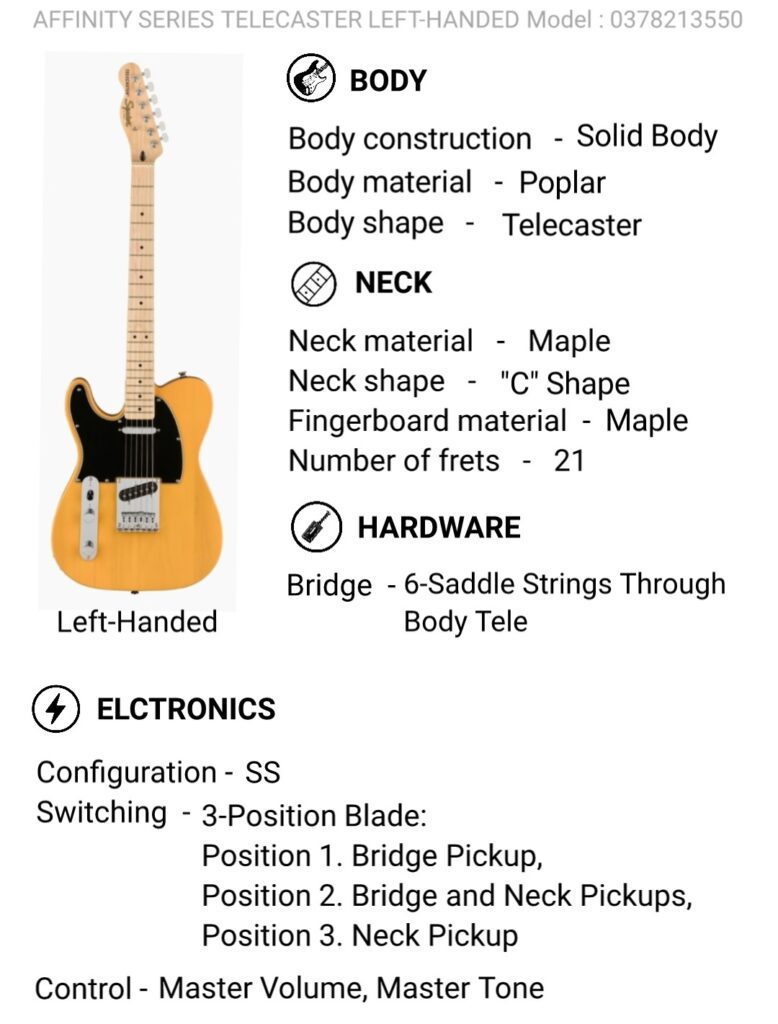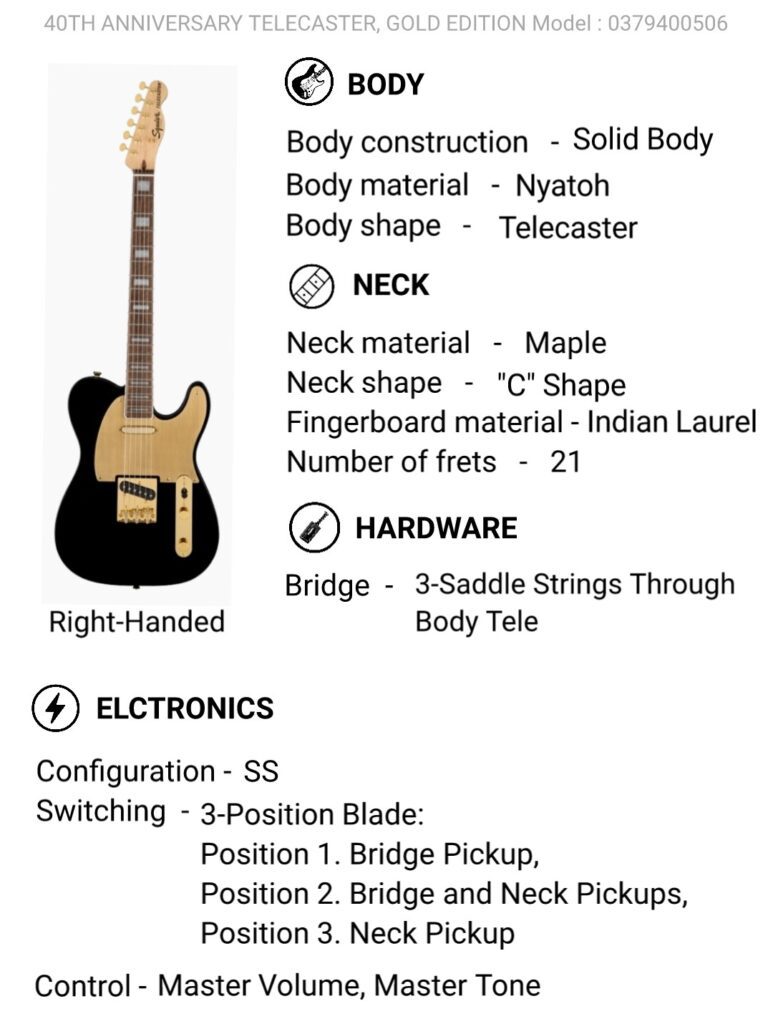Fender Models :
1. Fender Stratocaster: The Pioneer of Modern Electric Guitars The Fender Stratocaster, introduced in 1954, is a cornerstone of rock and blues music. Known for its sleek double-cutaway design, three single-coil pickups, and tremolo system, the Strat has been wielded by legends like Jimi Hendrix and Eric Clapton. Explore the evolution of the Stratocaster through the decades and its enduring impact on the electric guitar landscape.
2. Fender Telecaster: The Original Workhorse The Telecaster, Fender’s first solid-body electric guitar, boasts a timeless design and a no-nonsense approach to tone. With its distinctive single-cutaway shape and dual single-coil pickups, the Telecaster has been embraced by country, rock, and blues players alike. Dive into the history of the Telecaster and its influence on the sound of modern music.
3. Fender Jaguar: A Unique Offset Design with Artistic Flair Introduced in the 1960s, the Fender Jaguar stands out with its offset body shape and a range of controls that cater to players seeking sonic versatility. Often associated with alternative and indie rock, the Jaguar has an intriguing history of evolution and a distinct visual appeal. Explore the features that set the Jaguar apart and its impact on alternative music scenes.
4. Fender Jazzmaster: Smooth Tones and Artistic Expression The Jazzmaster, designed for jazz players but embraced by a diverse range of genres, features a distinctive body shape and a unique vibrato system. Uncover the Jazzmaster’s journey from its jazz origins to its adoption by surf rock and alternative musicians. Highlight the guitar’s smooth tones and its influence on genres beyond its initial design intentions.
5. Fender Lead: A Short-Lived Gem with a Unique Voice The Fender Lead series, produced in the late ’70s and early ’80s, represents a departure from traditional Fender designs. With dual humbucking pickups and a versatile tonal range, the Lead models offered something different for players seeking a departure from the Stratocaster and Telecaster norms. Explore the brief but impactful history of the Fender Lead series.
6. Fender Duo-Sonic: Short Scale, Big Impact The Duo-Sonic, known for its short scale length, compact design, and affordability, has been a favorite among players seeking a comfortable and playable instrument. Explore how the Duo-Sonic has found its place in various music genres and its continued popularity for its distinctive features.
7. Fender Mustang: A Compact Classic for the Modern Player The Fender Mustang, introduced in the mid-’60s, is celebrated for its short scale length and a unique offset body shape. With dual single-coil pickups and a vibrato system, the Mustang has left its mark on indie and alternative rock. Uncover the story of the Mustang’s development and its enduring appeal for players looking for a compact and versatile instrument.
Fender Series
1. American Professional II: Elevating Tradition with Modern Refinements The American Professional II series represents a harmonious blend of classic Fender design and contemporary enhancements. Explore how these guitars, including Stratocaster and Telecaster models, deliver the timeless tones players love, coupled with modern features for enhanced playability and versatility.
2. American Ultra Luxe: Exquisite Craftsmanship, Ultimate Performance Designed for players seeking the pinnacle of Fender quality, the American Ultra Luxe series combines luxurious aesthetics with cutting-edge features. Dive into the world of these high-end guitars and discover the premium materials, advanced electronics, and meticulous craftsmanship that define the American Ultra Luxe experience.
3. American Ultra: Precision Engineering for the Modern Player The American Ultra series is a testament to Fender’s dedication to innovation. With features like the Ultra Noiseless pickups and the Modern “D” neck profile, these guitars offer a modern playing experience while retaining the classic Fender vibe. Explore how the American Ultra series caters to the demands of contemporary musicians.
4. American Vintage II: Nostalgia Reimagined with Authenticity The American Vintage II series pays homage to Fender’s rich heritage by recreating classic models with meticulous attention to detail. Delve into the vintage-inspired designs, period-accurate specifications, and the nostalgic appeal of these guitars that transport players back to the golden eras of electric guitar craftsmanship.
5. American Original: Respecting Tradition, Embracing Evolution For players who appreciate authenticity and a vintage aesthetic, the American Original series captures the essence of Fender’s iconic models from the past. Explore how these guitars offer a balance between vintage design and modern playability, making them a favorite among purists and contemporary players alike.
6. American Performer: Affordable Excellence for Every Stage Fender’s American Performer series focuses on delivering high-quality instruments at an accessible price point. Discover how these guitars, with their classic Fender designs and modern features, cater to the needs of performing musicians across various genres.
7. Player Plus and Player: Versatile Instruments for Aspiring Artists The Player Plus and Player series showcase Fender’s commitment to providing versatile instruments for players at different stages of their musical journey. Explore the balance between affordability and performance, and how these series contribute to the accessibility of Fender guitars for musicians around the world.
8. 75th Anniversary: Celebrating a Legacy of Innovation Marking a significant milestone, the 75th Anniversary series commemorates Fender’s enduring legacy. Learn about the special edition guitars that pay homage to Fender’s rich history and celebrate the brand’s influence on the evolution of music.
9. Vintera and Noventa: Navigating Vintage and Modern Tones Fender’s Vintera and Noventa series offer players the opportunity to explore vintage-inspired tones or embrace a more modern sonic palette. Uncover the characteristics that define each series and how they cater to the preferences of players with diverse musical tastes.
10. Artist Signature: Collaborative Creations with Musical Icons Fender’s Artist Signature series celebrates the unique styles of renowned musicians. Explore the collaborations between Fender and artists, such as Eric Clapton, Jimi Hendrix, and Stevie Ray Vaughan, and how these guitars reflect the sonic preferences and playing styles of the world’s most influential players.
11. Made in Japan: Precision Craftsmanship with a Global Touch Highlighting Fender’s commitment to global craftsmanship, the Made in Japan series delivers high-quality instruments with precision and attention to detail. Discover how these guitars combine the best of Japanese craftsmanship with Fender’s iconic designs.
12. Limited Edition: Collectible Treasures for Discerning Collectors Fender’s Limited Edition guitars offer a glimpse into the brand’s innovative spirit. Explore the unique designs, special features, and limited availability that make these guitars highly sought after by collectors and players looking for something truly distinctive.
Conclusion: Fender’s electric guitar lineup, spanning from the iconic classics to the innovative contemporary series, showcases a brand that continues to define the sound of music. Whether you’re drawn to the timeless tones of a Stratocaster or exploring the cutting-edge features of an American Ultra, Fender remains at the forefront of electric guitar craftsmanship. The evolution and diversity of Fender guitars represent not only a journey through the brand’s storied past but also a roadmap for future generations of musicians seeking inspiration and sonic excellence.
how to choose right fender electric guitar
Choosing the right Fender electric guitar involves considering several factors, including your playing style, musical preferences, budget, and personal preferences. Here’s a guide to help you make an informed decision:
1. Define Your Playing Style:
- Rock/Blues: If you’re into classic rock or blues, models like the Stratocaster or Telecaster are excellent choices due to their versatile tones.
- Indie/Alternative: Consider models like the Jaguar, Jazzmaster, or Mustang, known for their unique tones and aesthetics that suit alternative genres.
2. Consider Your Skill Level:
- Beginners: For beginners, models like the Player Series or the Affinity Series (Squier) offer quality instruments at affordable prices.
- Intermediate/Advanced: Players with more experience might explore higher-end series like the American Professional II or American Ultra.
3. Budget:
- Entry-Level: If you’re on a budget, Squier by Fender offers quality guitars at a lower cost, suitable for beginners.
- Mid-Range: The Player Series and Classic Vibe Series (Squier) provide a balance of quality and affordability.
- High-End: For professional musicians, the American Professional II, American Ultra, or Custom Shop guitars offer premium features but come with a higher price tag.
4. Body Style:
- Stratocaster: Known for its contoured body, three single-coil pickups, and tremolo system. Versatile and iconic.
- Telecaster: Features a single-cutaway design with two single-coil pickups. Known for its bright and twangy tones.
- Jaguar/Jazzmaster: These models offer offset bodies and unique features, suitable for players seeking something different.
5. Pickup Configuration:
- Single-Coil: Stratocasters and Telecasters traditionally have single-coil pickups, providing a bright, clear sound.
- Humbuckers: Models like the Jazzmaster or Jaguar often have humbucking pickups, offering a thicker and warmer tone.
- Combination: Some guitars, like the HSS (humbucker-single-coil-single-coil) Stratocaster, provide a mix for added versatility.
6. Neck Profile and Fingerboard:
- Neck Shape: Consider the neck profile (C-shape, V-shape, etc.) based on your hand size and comfort preferences.
- Fingerboard Material: Fender guitars often feature rosewood or maple fingerboards. Each has a different feel and tone.
7. Bridge Type:
- Tremolo System: If you like dive bombs and pitch modulation, a Stratocaster-style tremolo might be suitable.
- Fixed Bridge: Telecasters often have fixed bridges for added stability. Consider your preference for tuning stability and playability.
8. Aesthetic Preferences:
- Color and Finish: Choose a color and finish that appeals to you visually.
- Hardware and Pickguard: Consider the color and material of the hardware and pickguard.
9. Test Before You Buy:
- If possible, try out the guitar in person. Playability and comfort are crucial factors.
10. Research and Reviews:
- Read reviews, watch videos, and gather opinions from other players to understand the strengths and weaknesses of specific models.
11. Warranty and After-Sales Service:
- Check the warranty offered by Fender and ensure good after-sales support.
12. Explore Signature Models:
- If you have a favorite guitarist, consider exploring their signature models, which are often designed to their specifications.
Remember that the “right” guitar is subjective and depends on your personal preferences. Take your time to research, test different models, and choose the one that resonates with you both in terms of sound and feel.
Pros and Cons of fender electric Guitar
Fender electric guitars have been a staple in the music industry for decades, known for their iconic designs, versatile tones, and widespread use across various genres. Like any brand, Fender guitars have their own set of pros and cons. Here’s an overview:
Pros of Fender Electric Guitars:
- Iconic Designs: Fender electric guitars, including models like the Stratocaster and Telecaster, boast timeless and iconic designs that have become synonymous with popular music.
- Versatility: Fender guitars are known for their versatility, making them suitable for a wide range of musical genres. From blues and rock to country and jazz, Fender guitars can adapt to various playing styles.
- Wide Range of Models: Fender offers an extensive lineup of electric guitar models, catering to players of all levels and preferences. This includes budget-friendly options in the Squier series and high-end models in the American Professional and Custom Shop series.
- Quality Craftsmanship: Fender is committed to quality craftsmanship, ensuring that even their more affordable models exhibit solid build quality. Higher-end models feature premium materials and meticulous attention to detail.
- Broad Artist Endorsements: Many renowned musicians and artists across genres use Fender guitars. The brand’s artist endorsements contribute to its popularity and credibility.
- Customization Options: Fender provides players with the opportunity to customize their guitars through various series, allowing for personalized choices in terms of pickups, finishes, and other features.
- Availability of Replacement Parts: Fender guitars have a vast aftermarket for replacement parts and modifications. This makes it easier for players to upgrade or personalize their instruments.
- Classic Single-Coil Pickups: Fender’s single-coil pickups, found in models like the Stratocaster, are praised for their bright, clear, and crisp tones. They contribute to the signature Fender sound.
Cons of Fender Electric Guitars:
- Single-Coil Hum: Traditional Fender single-coil pickups can be susceptible to hum and interference, especially in high-gain situations. This led to the development of noiseless pickups as an alternative.
- Limited High-Gain Capabilities: While Fender guitars can handle moderate gain, they are not typically associated with heavy distortion or metal genres. Players seeking an extremely high-gain sound might opt for guitars with humbucking pickups.
- Price Range: Higher-end Fender models, especially those in the Custom Shop series, can be relatively expensive. This might pose a challenge for players on a tighter budget.
- Weight: Some Fender guitars, particularly those with ash bodies, can be heavier compared to other models. This may impact comfort during extended playing sessions.
- Limited Hollow or Semi-Hollow Options: While Fender offers some hollow and semi-hollow models, they are not as numerous as the solid-body options, limiting choices for players who specifically prefer hollow or semi-hollow designs.
- Quality Control Variances: While Fender is known for quality, some players have reported occasional quality control variances, particularly with lower-end models. It’s advisable to test instruments in person when possible.
- Limited Custom Shop Access: Custom Shop models can be expensive and may not be as easily accessible to all players.
Overall, Fender electric guitars are celebrated for their rich history, classic designs, and versatility. The cons mentioned are considerations that might be relevant to specific players or playing styles, and many players find that the pros far outweigh the cons when it comes to Fender guitars.
History of Fender electric Guitars
The history of Fender electric guitars is a fascinating journey that began in the early 1950s with the vision of Leo Fender. Fender’s innovations in guitar design and manufacturing have left an indelible mark on the music industry. Here’s an overview of key milestones in the history of Fender electric guitars:
1950: Birth of the Broadcaster and Telecaster
- 1950: Leo Fender introduces the Broadcaster, the first commercially successful solid-body electric guitar. Due to a trademark issue, it is later renamed the Telecaster.
1954: Birth of the Stratocaster
- 1954: Fender releases the Stratocaster, featuring a contoured body, three single-coil pickups, and a synchronized tremolo system. The Stratocaster becomes an iconic instrument and is widely embraced by musicians.
1951-1957: Precision Bass and Jazz Bass
- 1951: Fender introduces the Precision Bass, the first mass-produced electric bass guitar, revolutionizing the way bass instruments are played and recorded.
- 1960: The Jazz Bass is introduced, providing another option for bass players with its slimmer neck profile and dual single-coil pickups.
1958: Musicmaster and Duo-Sonic
- 1958: Fender introduces the Musicmaster and Duo-Sonic guitars, targeting student and beginner players with their smaller bodies and short-scale necks.
1965-1966: CBS Acquisition
- 1965: The Fender company is sold to CBS (Columbia Broadcasting System). This period sees changes in production techniques and the introduction of features like “F” style tuning machines.
1985: Return to Independence
- 1985: CBS sells the Fender brand to a group of investors led by Bill Schultz, marking a return to independent ownership. The company is named Fender Musical Instruments Corporation (FMIC).
1987: American Standard Series
- 1987: Fender introduces the American Standard series, focusing on quality control and modernizing the production process. This series becomes a benchmark for Fender’s high-end guitars.
1991: Custom Shop
- 1991: The Fender Custom Shop is established, allowing players to order custom-built guitars with specific features, finishes, and appointments.
1998: American Deluxe Series
- 1998: Fender introduces the American Deluxe series, incorporating modern features like noiseless pickups, contoured heels, and upgraded electronics.
2003: 50th Anniversary of the Stratocaster
- 2003: Fender celebrates the 50th anniversary of the Stratocaster with special commemorative models and events.
2008: 50th Anniversary of the Jazz Bass
- 2008: Fender commemorates the 50th anniversary of the Jazz Bass with special editions and releases.
2012: American Professional Series
- 2012: The American Professional series is introduced, succeeding the American Standard series and featuring updated designs and components.
2021: 75th Anniversary Series
- 2021: Fender celebrates its 75th anniversary with a series of special edition instruments, recognizing its long-standing impact on the music industry.
Throughout its history, Fender has continued to innovate, introducing new models, series, and features while staying true to the timeless designs that made their guitars legendary. Fender’s instruments have played a pivotal role in shaping the sound of modern music, and their guitars remain popular among musicians of all genres and skill levels.
”Read_Less”
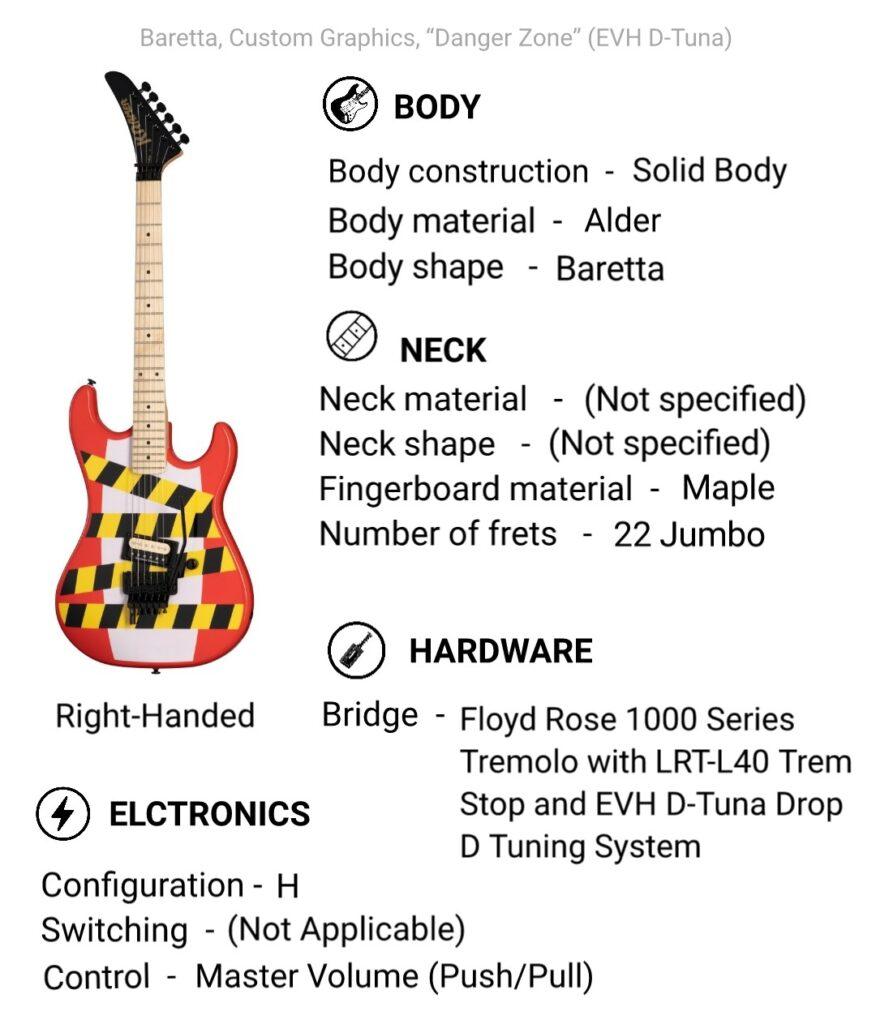
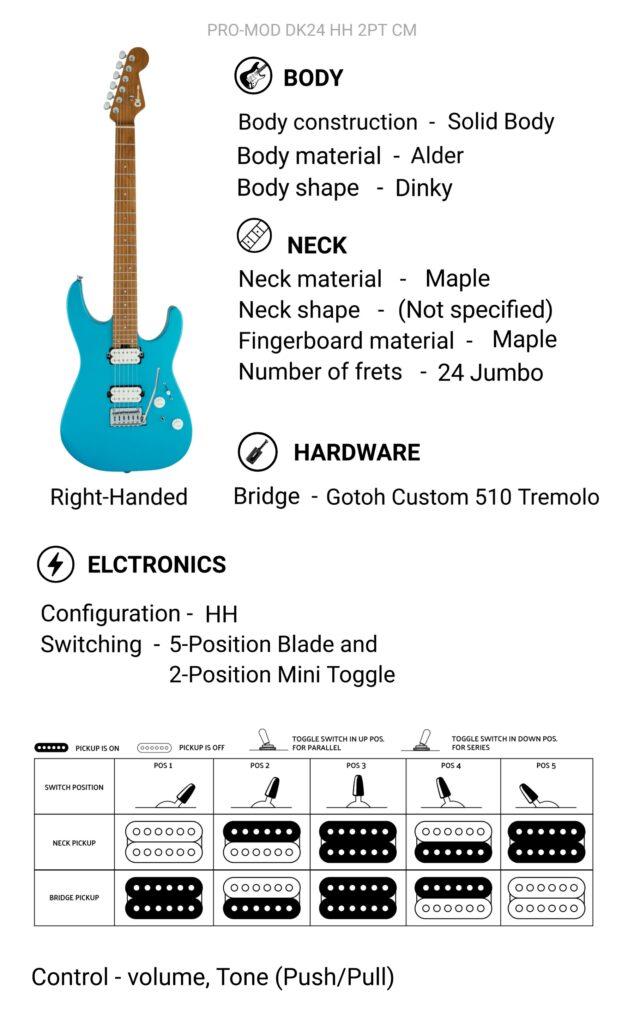
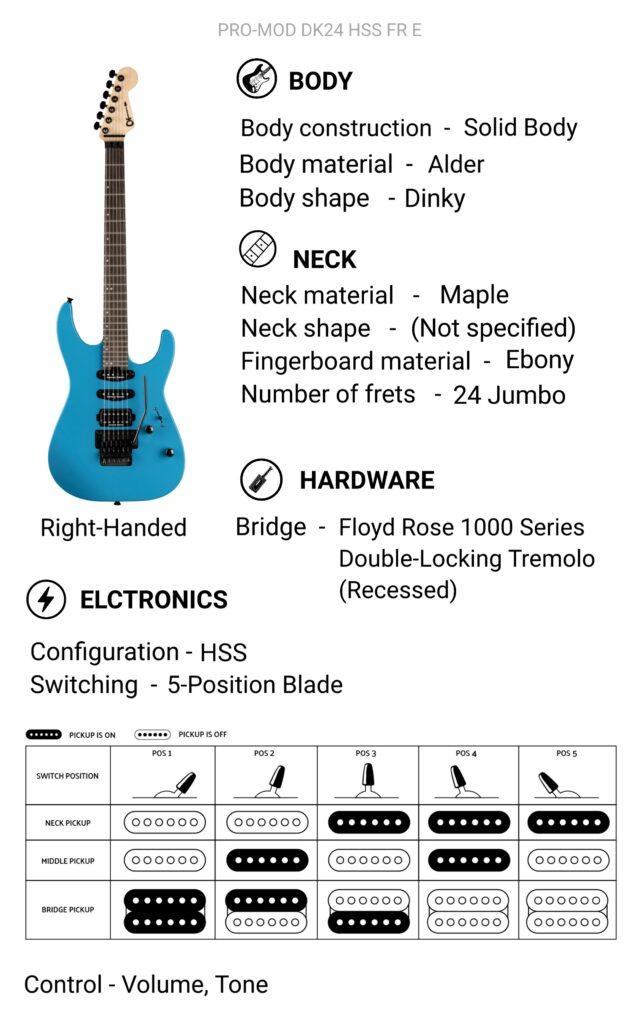
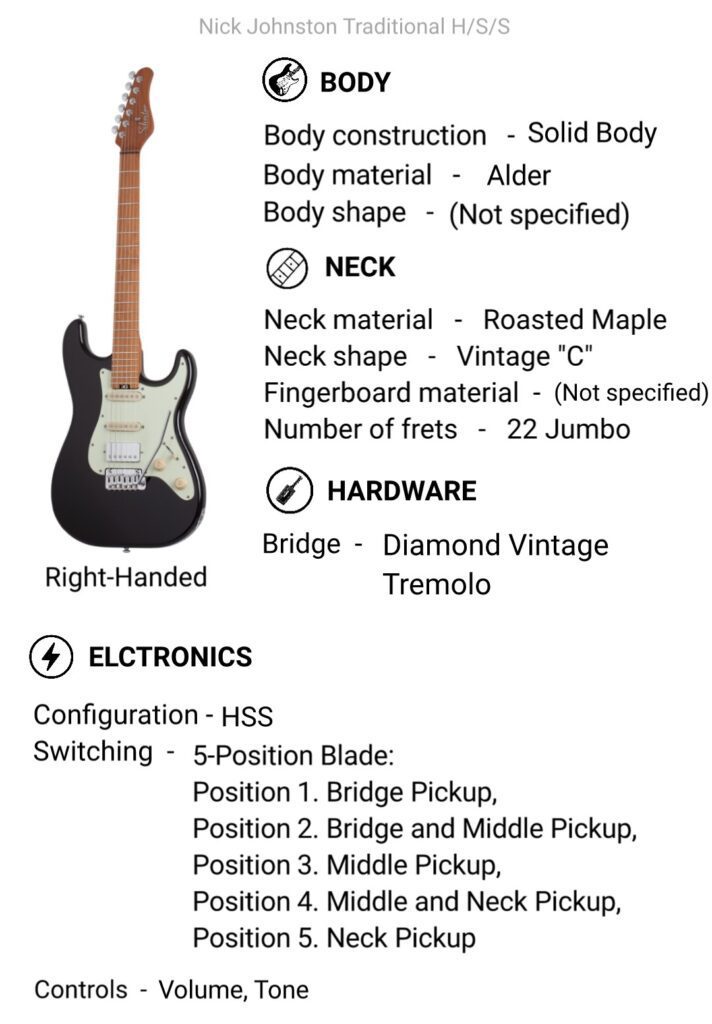
 Amazon.in
Amazon.in  ₹ 89,269
₹ 89,269  Go To Store
Go To Store Amazon.in
Amazon.in  ₹ 89,269
₹ 89,269  Go To Store
Go To Store Amazon.com
Amazon.com  $ 1078
$ 1078  Go To Store
Go To Store Amazon.com
Amazon.com  $ 1078
$ 1078  Go To Store
Go To Store Guitar Center
Guitar Center  $ 899
$ 899  Go To Store
Go To Store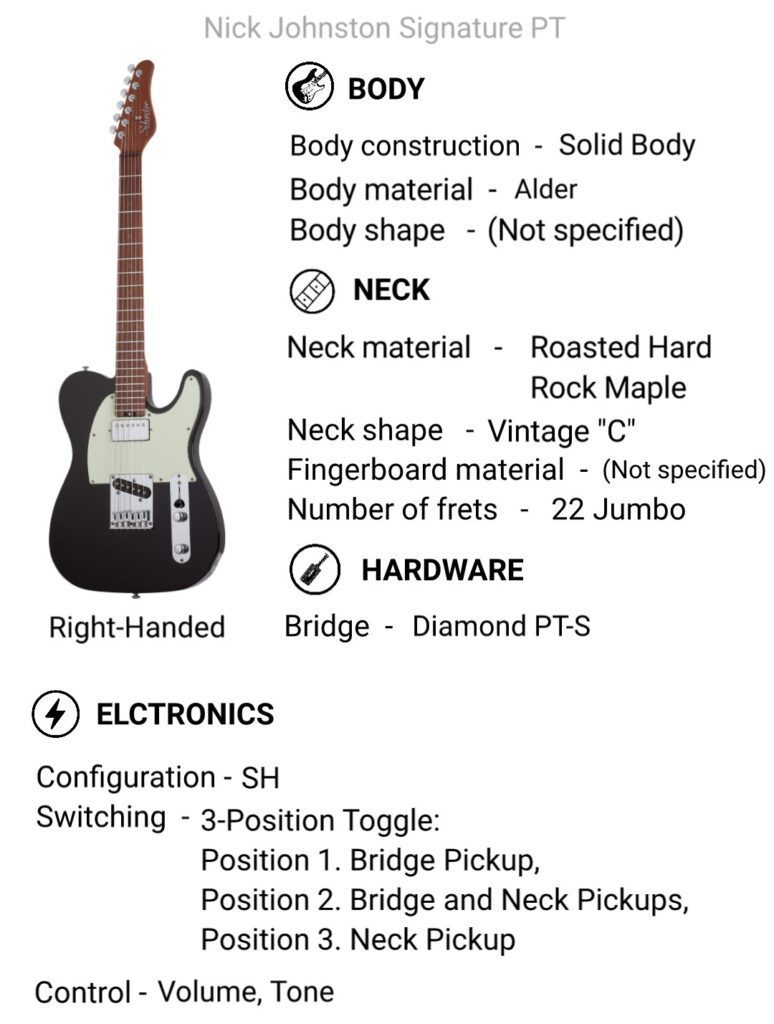
 Amazon.in
Amazon.in  ₹ 86,793
₹ 86,793  Go To Store
Go To Store Amazon.in
Amazon.in  ₹ 86,793
₹ 86,793  Go To Store
Go To Store Amazon.com
Amazon.com  $ 1048
$ 1048  Go To Store
Go To Store Amazon.com
Amazon.com  $ 1048
$ 1048  Go To Store
Go To Store Guitar Center
Guitar Center  $ 899
$ 899  Go To Store
Go To Store
 Amazon.in
Amazon.in  ₹ 76,900
₹ 76,900  Go To Store
Go To Store Amazon.in
Amazon.in  ₹ 76,900
₹ 76,900  Go To Store
Go To Store Amazon.com
Amazon.com  $ 930
$ 930  Go To Store
Go To Store Amazon.com
Amazon.com  $ 930
$ 930  Go To Store
Go To Store Guitar Center
Guitar Center  $ 899
$ 899  Go To Store
Go To Store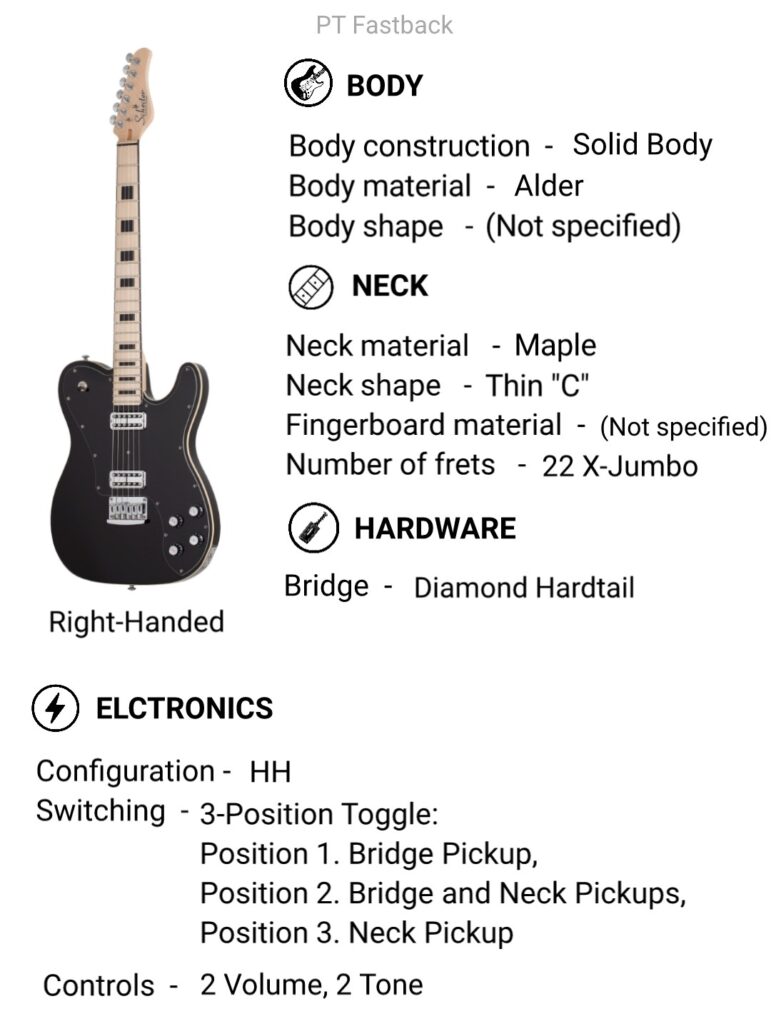
 Amazon.in
Amazon.in  ₹ 68,619
₹ 68,619  Go To Store
Go To Store Amazon.in
Amazon.in  ₹ 68,619
₹ 68,619  Go To Store
Go To Store Guitar Center
Guitar Center  $ 699
$ 699  Go To Store
Go To Store Thomann
Thomann  $ 769
$ 769  Go To Store
Go To Store Thomann
Thomann  $ 769
$ 769  Go To Store
Go To Store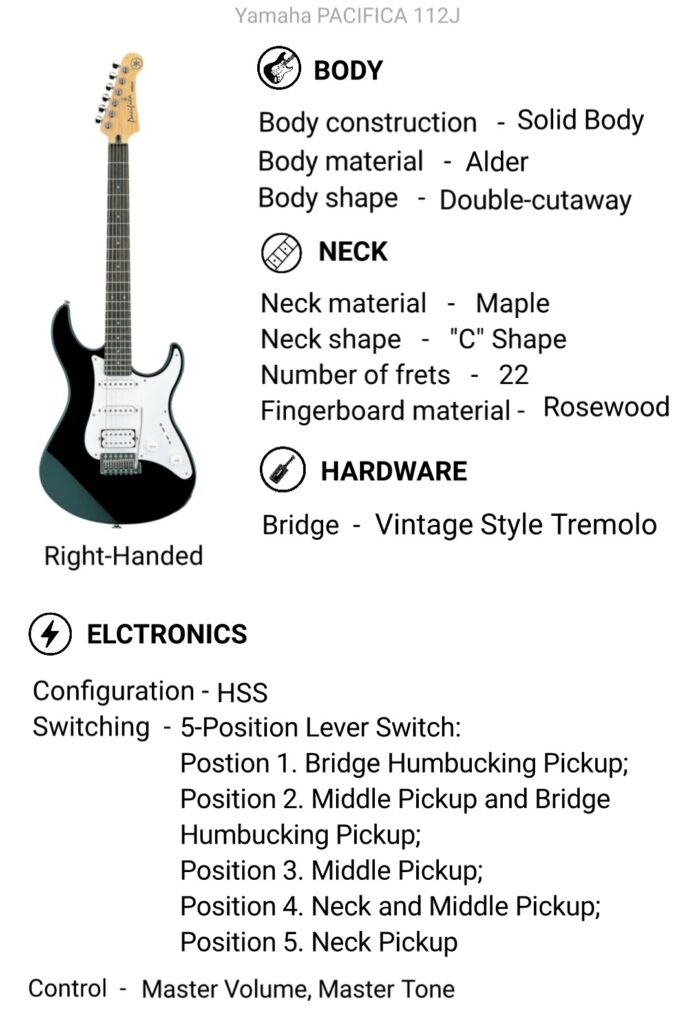
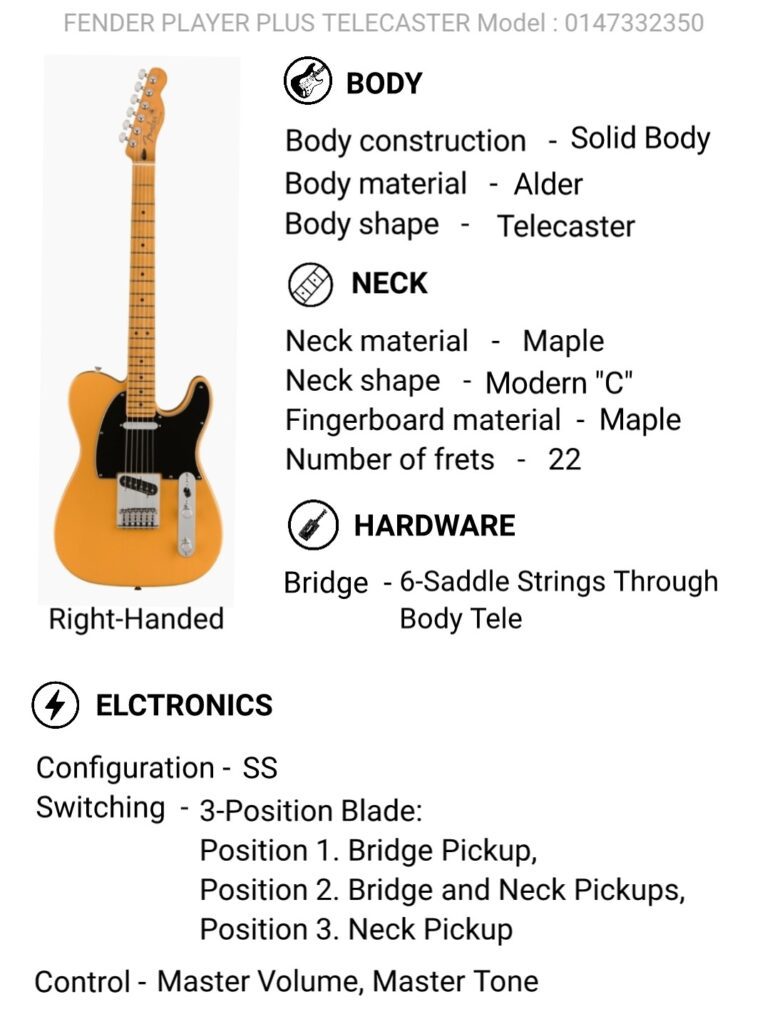
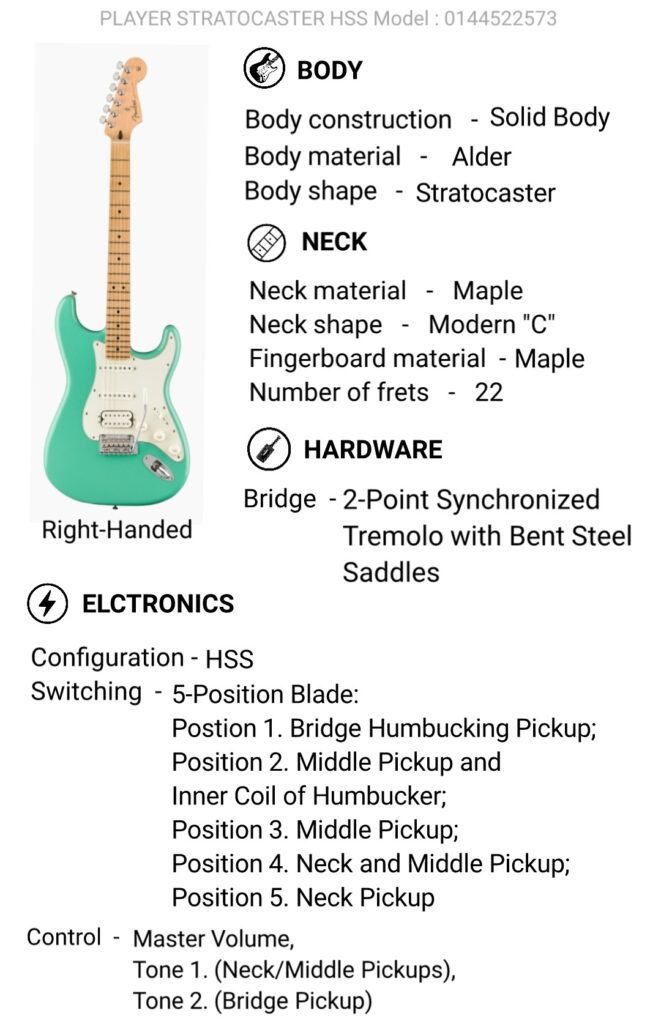
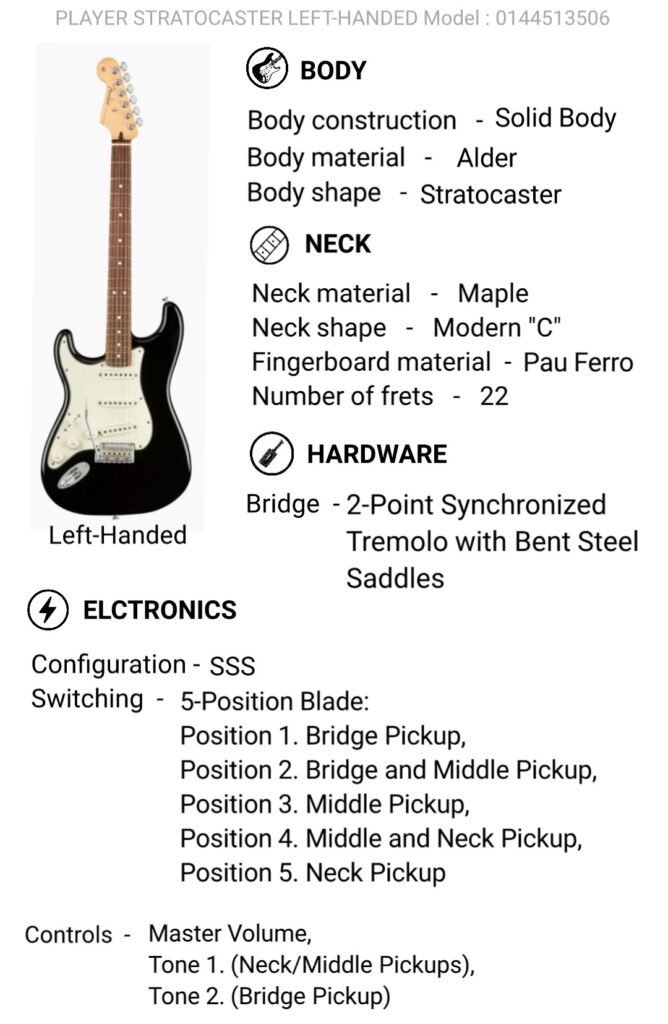
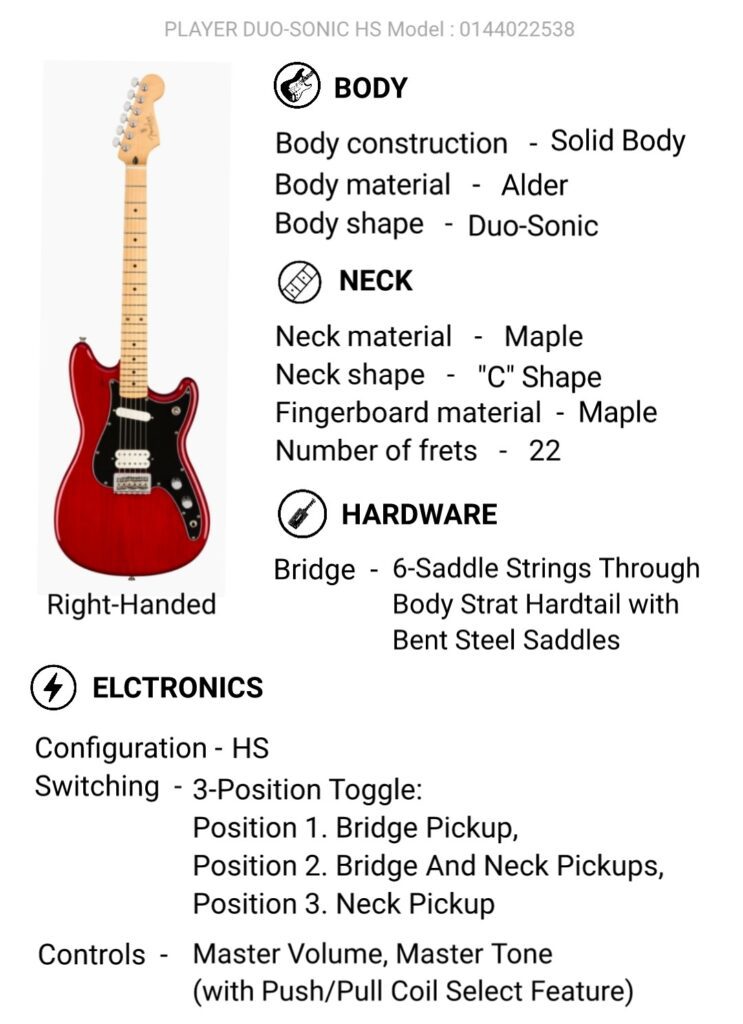
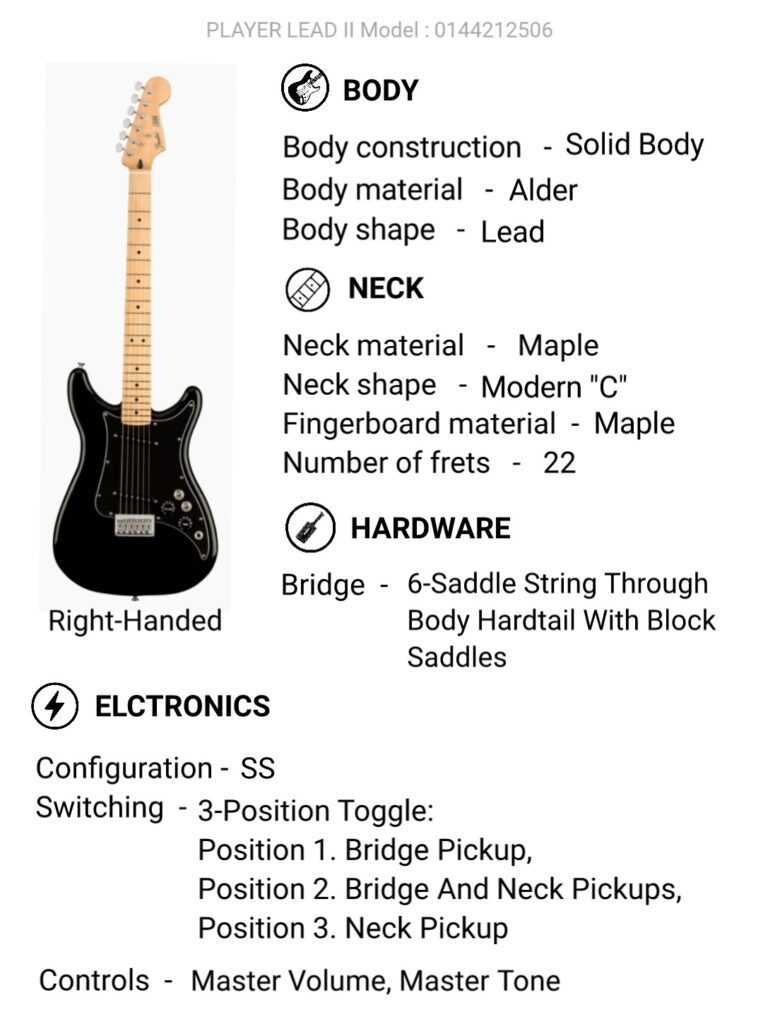
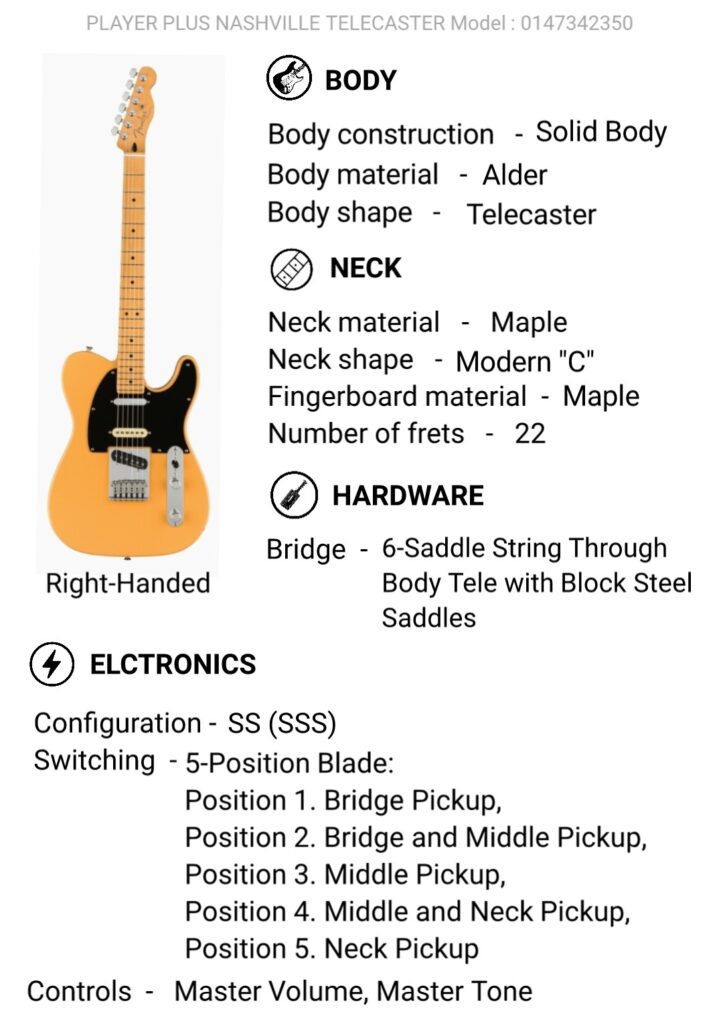

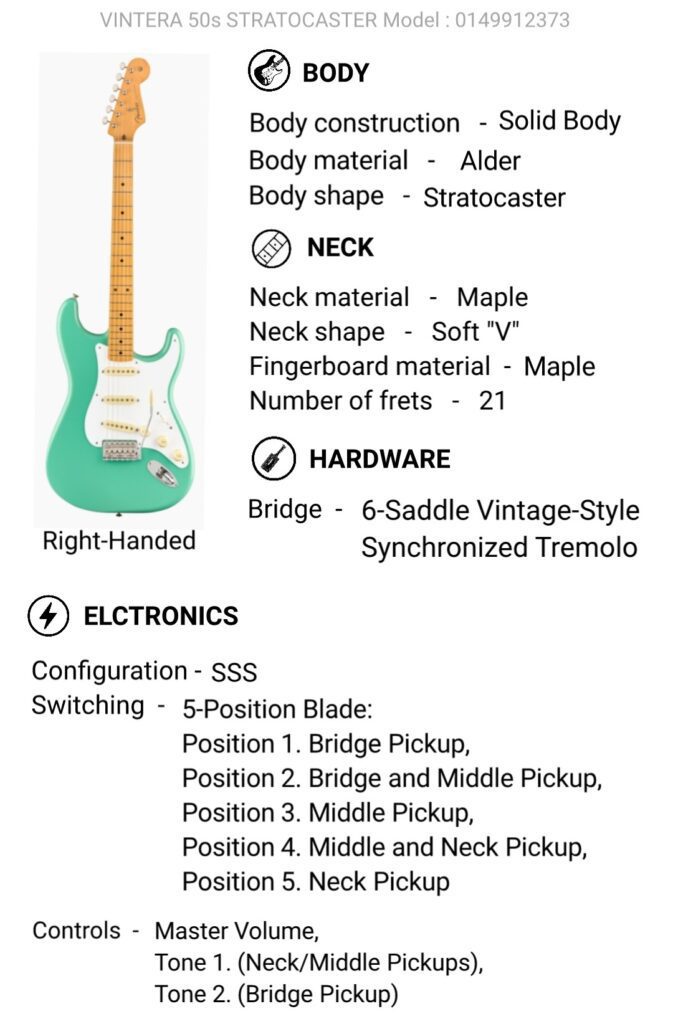
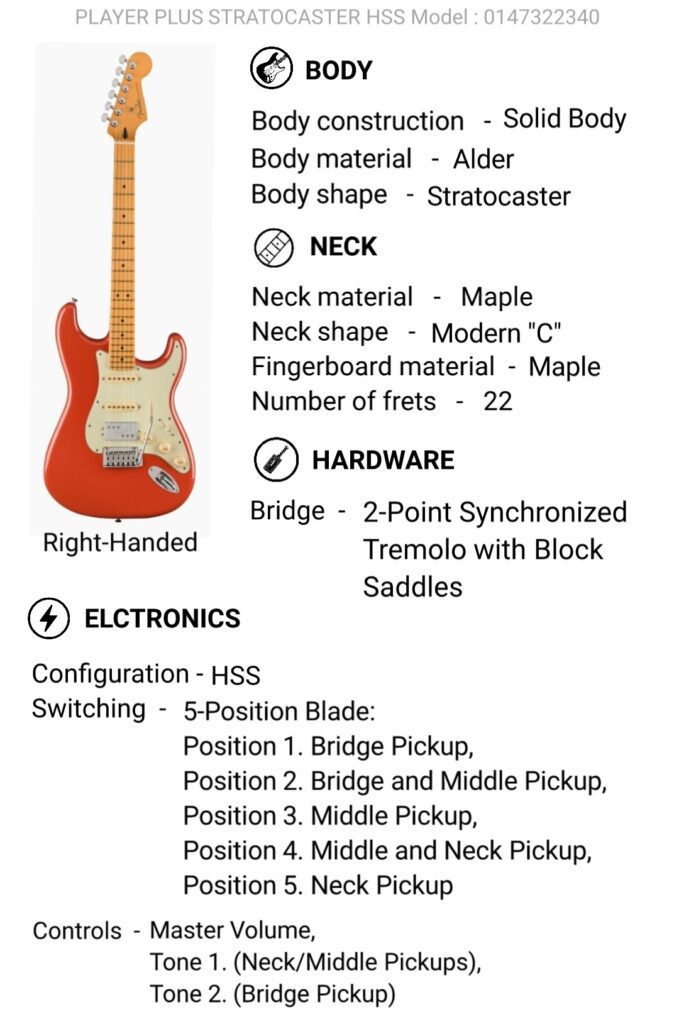
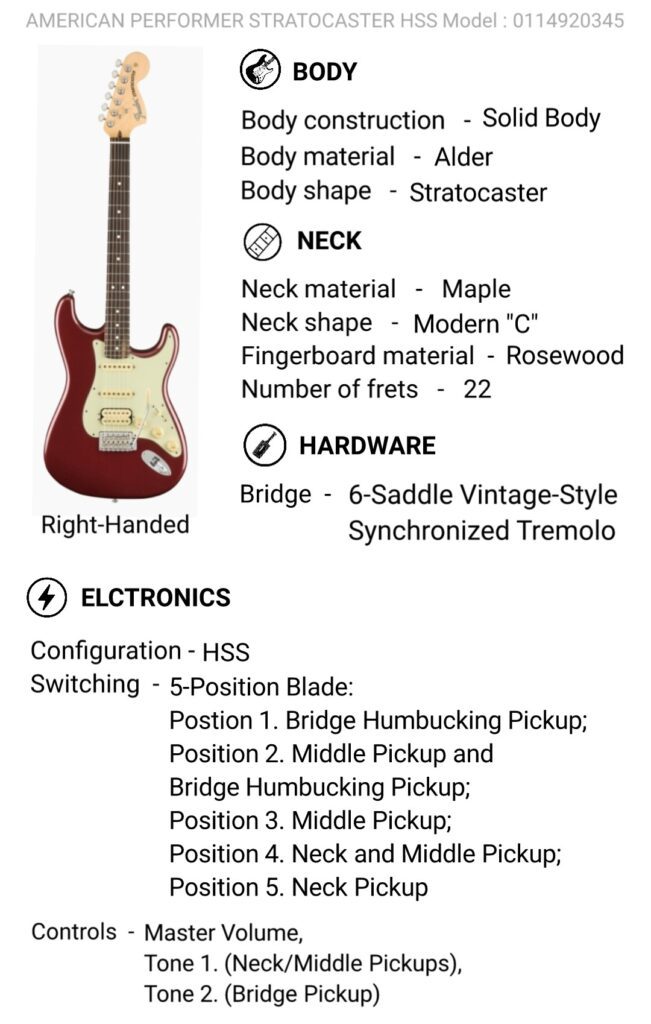
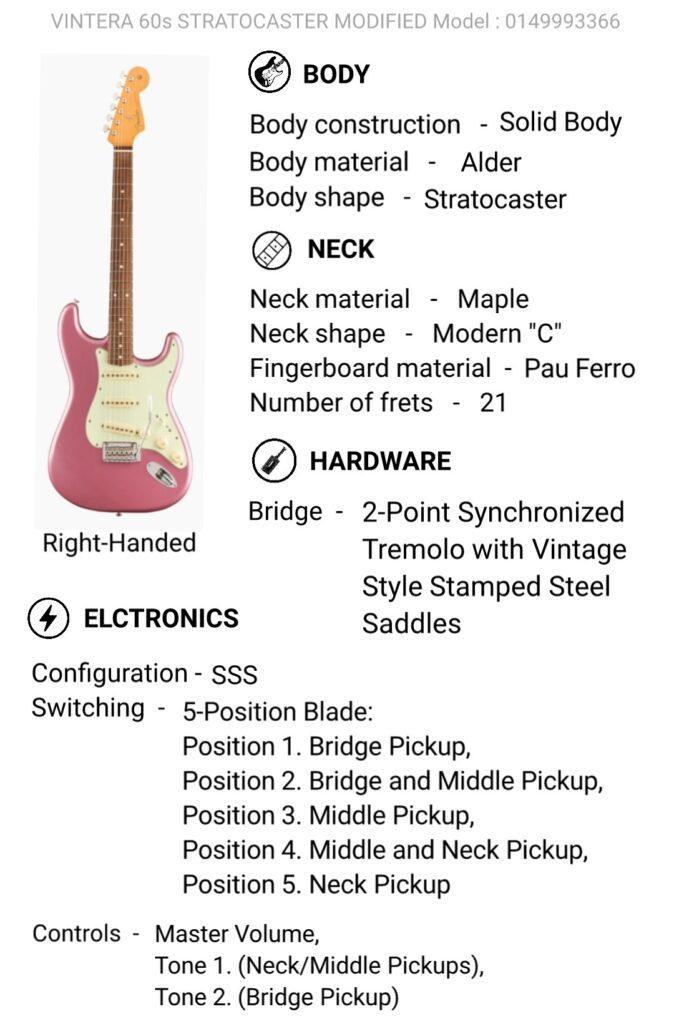
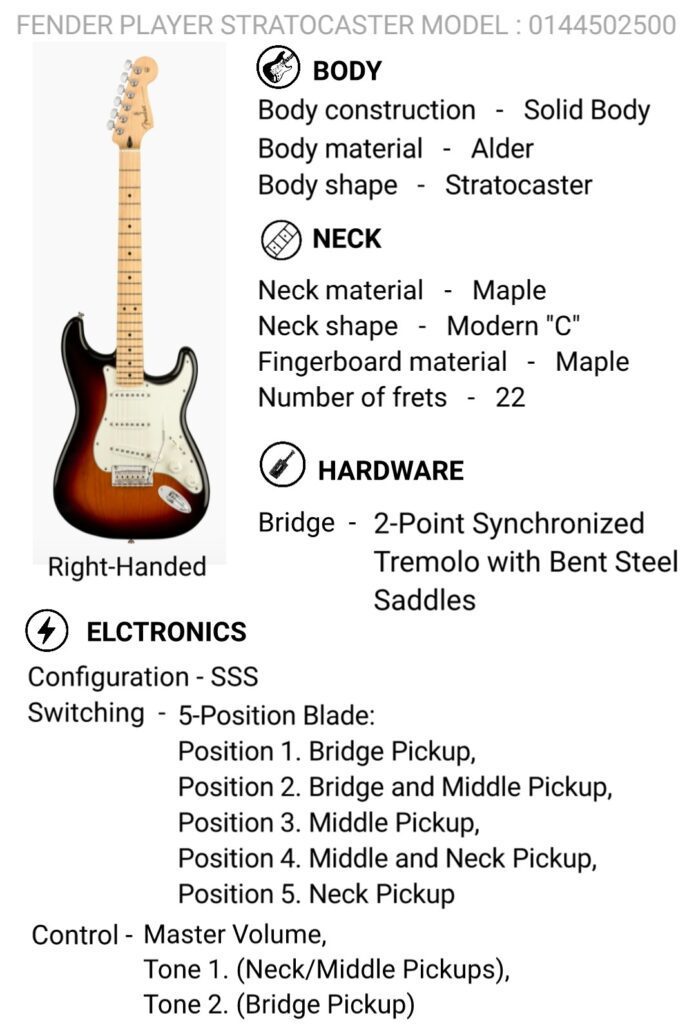
 Amazon.in
Amazon.in  ₹ 78,715
₹ 78,715  Go To Store
Go To Store Amazon.com
Amazon.com  $ 953
$ 953  Go To Store
Go To Store Guitar Center
Guitar Center  $ 849
$ 849  Go To Store
Go To Store Guitar Center
Guitar Center  $ 849
$ 849  Go To Store
Go To Store Thomann
Thomann  $ 689
$ 689  Go To Store
Go To Store Thomann
Thomann  $ 689
$ 689  Go To Store
Go To Store